4 days in Rome is a wonderful amount of time to spend in this city. Not only will you be able to visit the main highlights, but you will also have time to explore a few hidden gems and add in something like a cooking class, more leisurely time, or a food tour.
The list of things to do in Rome is enormous. It takes one busy week to visit Rome’s long list of museums, cathedrals, archaeological sites, and famous attractions. With 4 days in Rome, you won’t be able to get to everything, but you will see and do quite a lot.
This itinerary covers the main places to visit in Rome as well as restaurant recommendations and rooftop bars. One of our favorite things to do in Italy is to eat and Rome is filled with amazing restaurants, from fast, cheap eats to expensive, fine dining experiences. We mix these in as well.
Having a good meal in Rome is just as important as touring the Colosseum, in our opinion, and this is very easy to do on a budget.
We have a lot to cover, so let’s get started!
About this Itinerary
This itinerary is very similar to our 3 days in Rome Itinerary. Days 1, 2, and 3 are identical on both our 3 day and 4 day Rome itinerary. The only real difference is day 4 (of course). On the final day of this 4 day itinerary, we give you several options on how to plan your time.
There is a long list of cathedrals and historical sites in Rome, so you can pick and choose the ones you want to do. And if touring a bunch of churches doesn’t sound like how you want to spend your time, we’ve got some other ideas for you.
You can do these days in any order. For example, you can do day 3 first, if that works better for your overall itinerary or with getting entrance tickets into certain attractions.
It is also important to know that St. Peter’s Basilica does not open until the early afternoon on some Wednesdays (when the Pope holds an audience in St. Peter’s Square). Day 2 of this itinerary includes a visit to St. Peter’s Square in the morning, so do not plan to do day 2 of this itinerary on a Wednesday (unless you want to modify it and attend the Papal Audience).
All of the times in the daily schedules are rough estimates, just to give you an idea about timing throughout the day. Your times may differ, based on queues and how much time you decide to spend at each place. I did my best to anticipate waiting times and visiting times, but on very busy days (or very quiet days) these times can differ.
I do my best to keep the hours of operation and pricing up to date for each attraction, however, these can change at any time. I recommend getting updated hours and pricing for your dates of travel. The link to the official website is provided for each site.
Best Things to Do with 4 Days in Rome
Below is a list of the places to visit if you have 4 days in Rome. All of these are included on this Rome itinerary.
- Colosseum
- Roman Forum
- Palatine Hill
- Vatican Museums & Sistine Chapel
- St. Peter’s Basilica
- Trevi Fountain
- Pantheon
- Spanish Steps
- Piazza Navona
- Borghese Gallery
- Castel Sant’Angelo
- Trastevere
- Altar of the Fatherland
- Appian Way
- Catacombs
- Mouth of Truth
- Santa Maria Maggiore
- Scala Sancta
- San Pietro in Vincoli
- Jewish Ghetto
- Cooking class
- Food Tour
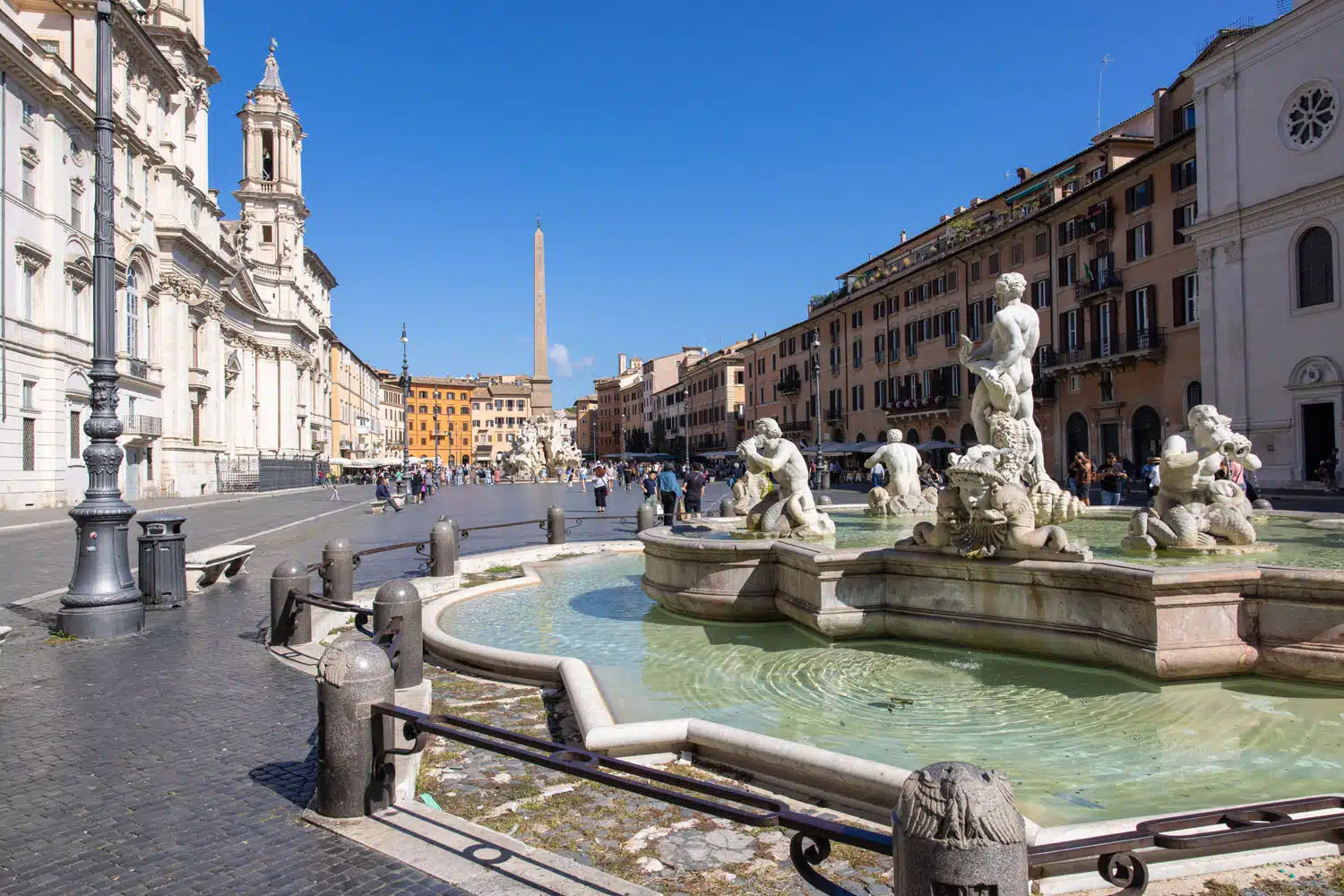
Piazza Navona
4 Days in Rome Itinerary
Day 1: Colosseum, Roman Forum, Altar of the Fatherland, Trastevere
Ciao! Welcome to Rome!
Today you get to visit one of the world’s most popular attractions (the Colosseum), stroll through ancient Rome, take in the view from one of the best viewpoints in the city, and end the day with dinner with a view.
Get ready to take lots of photos and make some wonderful memories.
Everything on today’s itinerary is located within a small area of Rome so you won’t do a ton of walking. In fact, it adds up 3.2 km/2 miles, a little more if you choose to walk to Trastevere (this walking distance is just to get from site to site, it does not include walking within the sites, for example, walking through the Roman Forum and in the Colosseum).
9:00 am: The Colosseum
10:30 am: Roman Forum & Palatine Hill
12:30 pm: Lunch
1:30 pm: Via dei Fori Imperiali
2:00 pm: Altar of the Fatherland
3:00 pm: Capitoline Hill
5:00 pm: Aperitif at Oro Bistrot
6:00 pm: Trastevere
How to Use This Map: Click the tab in the top left corner of the map to see a list of the points of interest and to turn layers on/off. Click the icons on the map to get more information about each point of interest.
To take this map with you, click the star next to the title of the map which adds it to your Google account. Next, within your Google Maps app, select ‘Saved’ and then select ‘Maps’. This map title will now appear in your list.
9:00 am: The Colosseum
The Colosseum is the most popular attraction in Rome. It is one of the Seven Wonders of the World and a UNESCO World Heritage Site.
Construction was completed in 80 AD, making it the largest amphitheater in the world at that time. The Colosseum could hold up to 80,000 people, spectators who were drawn here to watch gladiatorial contests, executions, animal hunts, and re-enactments of famous battles.
You can tour the Colosseum on your own or with a guide. Purchasing tickets in advance and touring it on your own is the cheapest option. Taking a guided tour is more expensive but you will get more out of your visit (we have done both and recommend taking a guided tour of some sort).
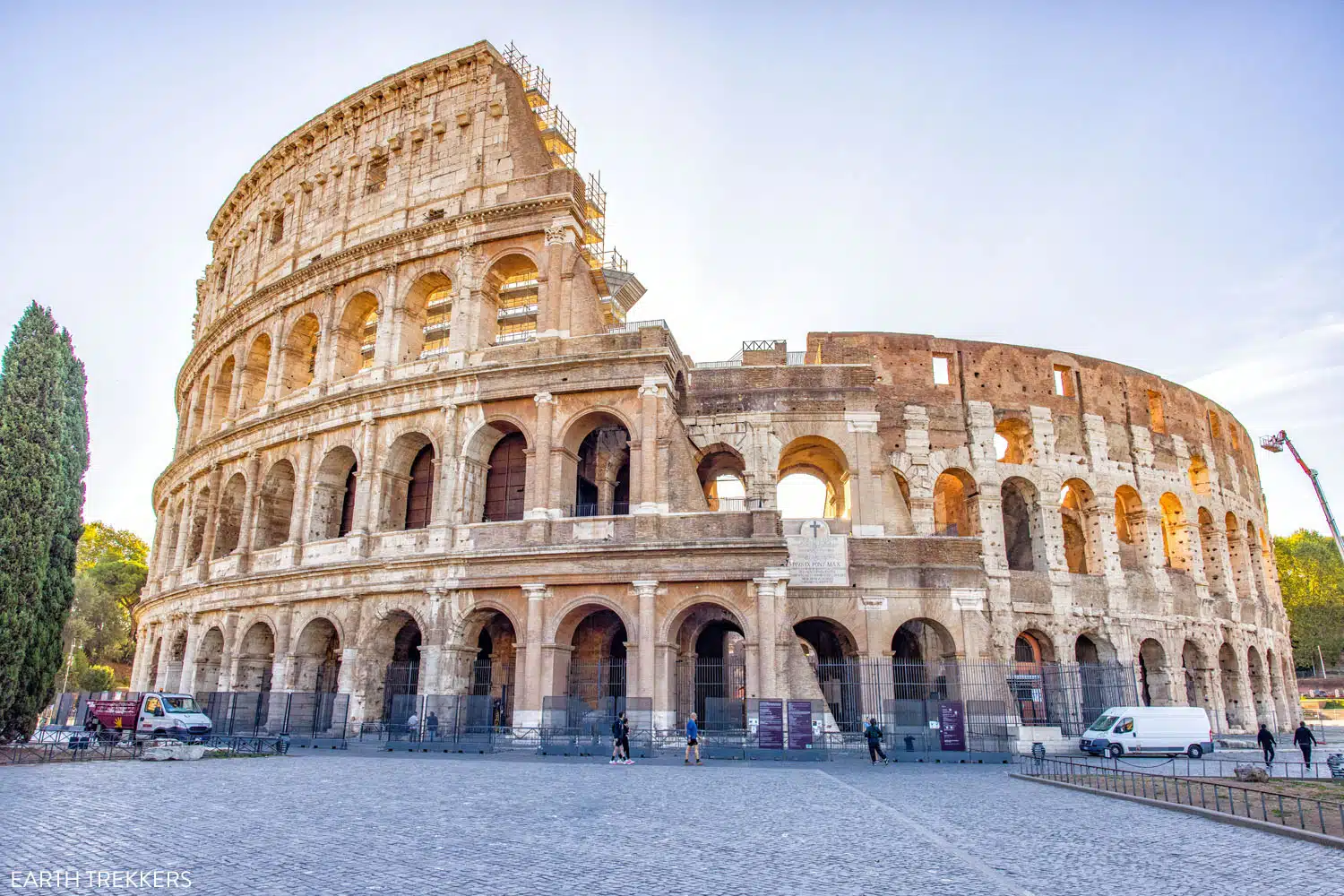
The Colosseum
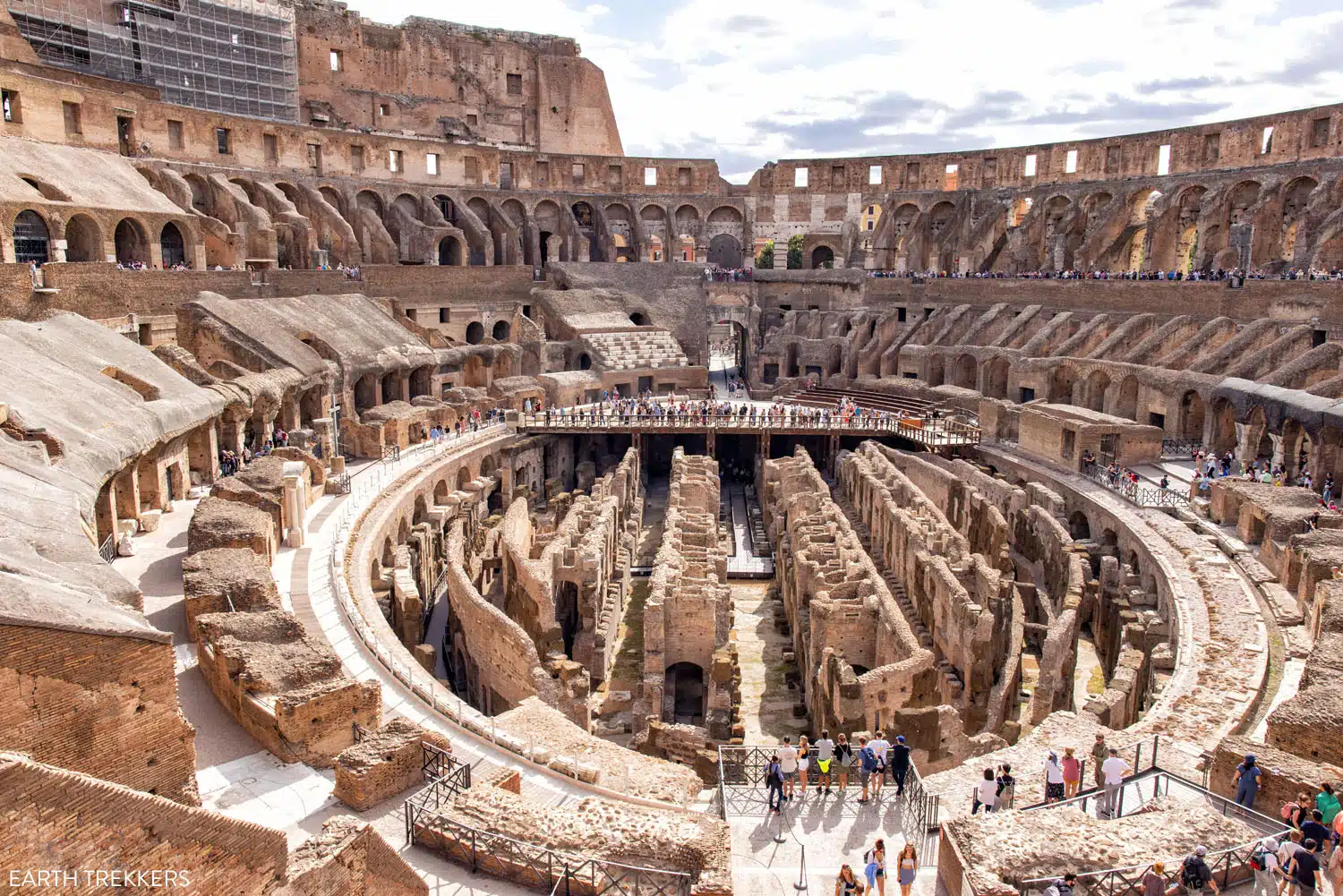
Inside the Colosseum
On a visit to the Colosseum, you can also add on the Arena Floor (stand on a portion of the floor and gaze up at the Colosseum…it’s well worth the few extra euros), the Underground (tour the maze of hallways under the Colosseum), and the Upper Tier.
For more information about the Arena Floor, the Underground, and what there is to do at the Colosseum, read our article How to Visit the Colosseum. It also has lots of helpful tips for your visit.
How to Visit the Colosseum
On your visit to the Colosseum, you can either wander through it on your own, take the audio guide tour, or join a guided tour. Most visits last 1 to 3 hours.
You must purchase your entrance ticket in advance. Tickets now sell out almost as soon as they become available, which is 1 month in advance. Set a reminder on your calendar to purchase tickets the moment they become available. The earlier time slots of the day usually sell out first.
If online tickets are sold out for your dates of travel, I recommend joining a guided tour of the Colosseum. You will spend a little more money than purchasing your tickets directly from the Colosseum website, but at least you will get to visit the Colosseum.
Hours: Hours vary by season. Click here to get hours for your dates of visit.
Cost: €18 for the standard ticket that gets you in to the Roman Forum, Palatine Hill, and the Colosseum; there is also a Full Experience ticket that also includes a visit to the Colosseum arena and underground area for €24
Website: Get updated hours and pricing and purchase your ticket here.
Roma Pass: If you have the Roma Pass, you must make your reservation to visit the Colosseum in advance. There is a €2 reservation fee.
Getting Here: The closest metro stop is Colosseo. When you exit the metro station, the Colosseum will be right in front of you.
10:30 am: Roman Forum & Palatine Hill
The Roman Forum and Palatine Hill are a short walk from the Colosseum. They are both included on your entrance ticket into the Colosseum. If you are on a guided tour of the Colosseum, most tours will continue to the Roman Forum and Palatine Hill.
From the Colosseum, walk up Via Sacra towards the Arch of Titus to enter the Roman Forum and Palatine Hill.
Roman Forum
The Roman Forum is ancient Rome, a complex of government buildings, temples, and marketplaces from 2000 years ago.
Notable things to see in the Roman Forum include the Via Sacra, the Temple of Venus, the Temple of Romulus (the bronze doors date back to 309 AD), the Temple of Antonius and Faustina and its “hanging door,” the Temple of Vesta, the Temple of Saturn, the Arch of Septimius Severus, and the Temple of Julius Caesar.
A visit to the Roman Forum lasts 20 minutes to an hour.
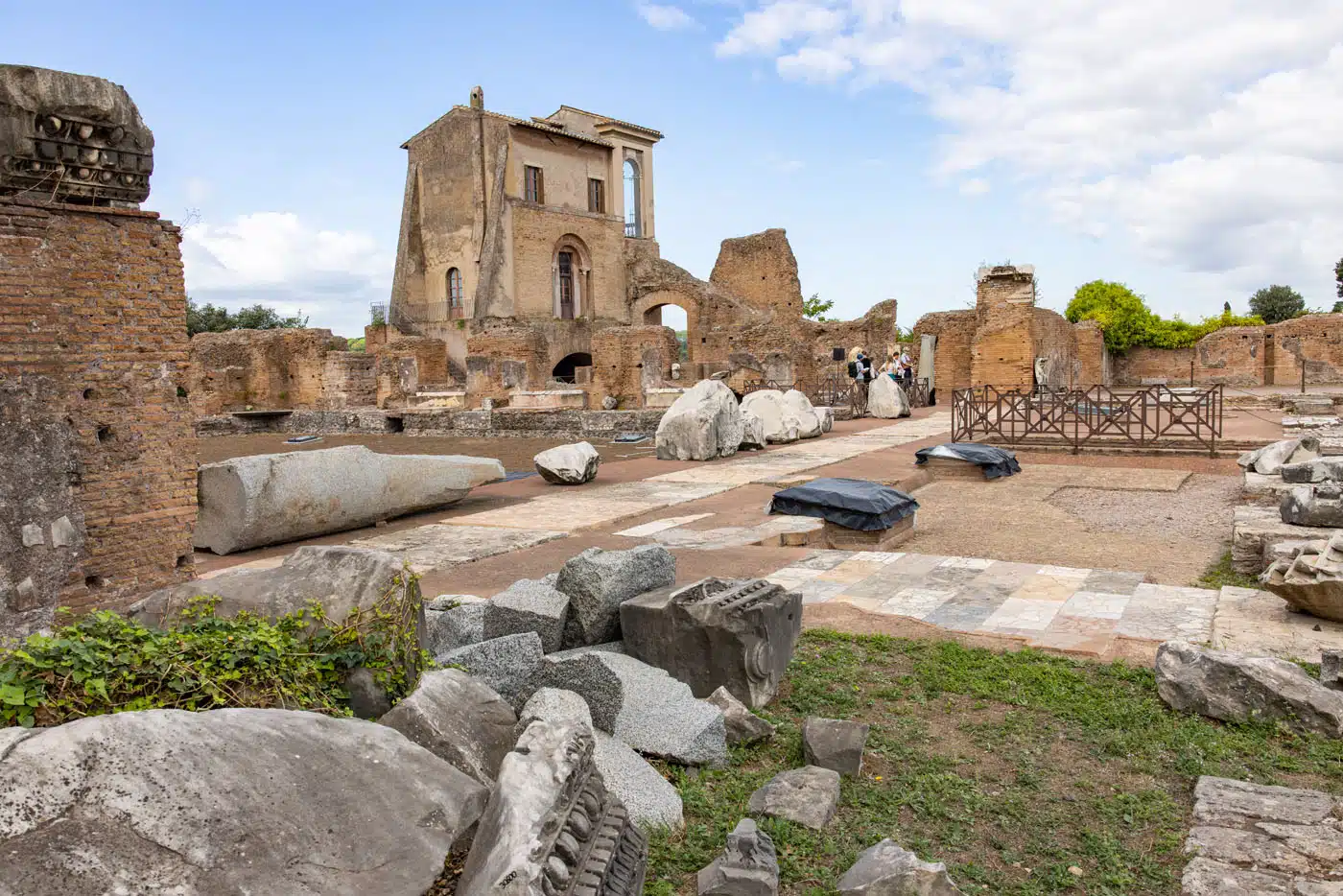
Palatine Hill
Palatine Hill
Palatine Hill sits next to the Roman Forum. It is a complex of archaeological excavations, the remains of temples and palaces, and a museum. During the time of the Roman Republic, many imperial palaces were built here, including palaces for Augustus, Tiberius, and Domitian.
While on Palatine Hill, make sure you visit Terrazza Belvedere del Palatino for a bird’s eye view of the Roman Forum and the Colosseum. It’s one of the best views in Rome. Here is the view:
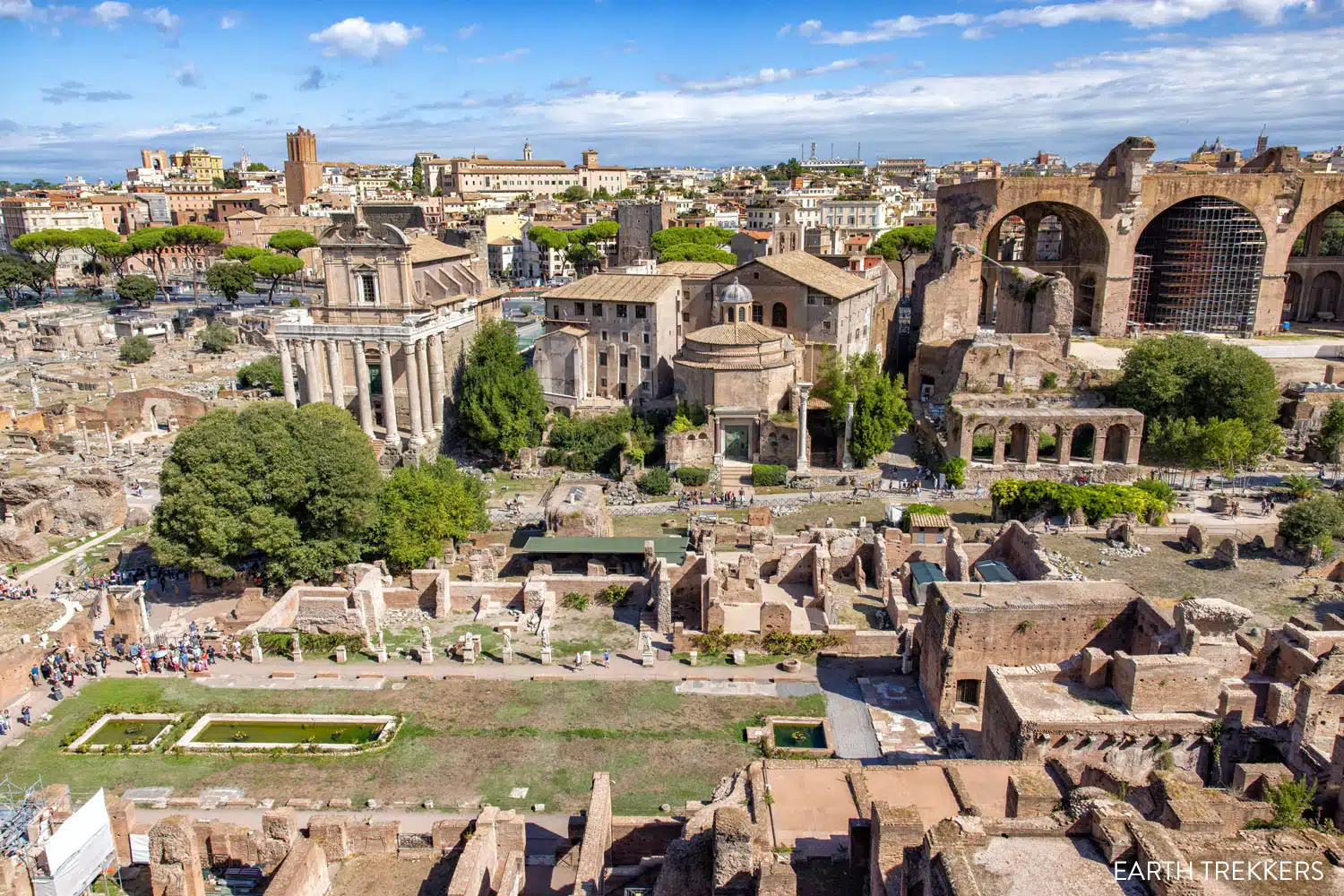
Roman Forum
12:30 pm: Lunch
For lunch we recommend La Prezzemolina. This highly rated restaurant serves Italian street food and pizza al taglio (pizza by the slice) at budget-friendly prices. It’s one of our favorite restaurants in Rome.
For more restaurant recommendations, check out our Rome Restaurant Guide (it also includes some great rooftop restaurants that are perfect for dinner).

Pizza at La Prezzemolina
1:30 pm: Via dei Fori Imperiali
From La Prezzemolina, take a stroll along Via dei Fori Imperiali. This street runs between the Roman Forum and the Forum of Augustus and the Trajan Forum. Keep an eye out for Trajan’s Column, which was erected in 113 AD.
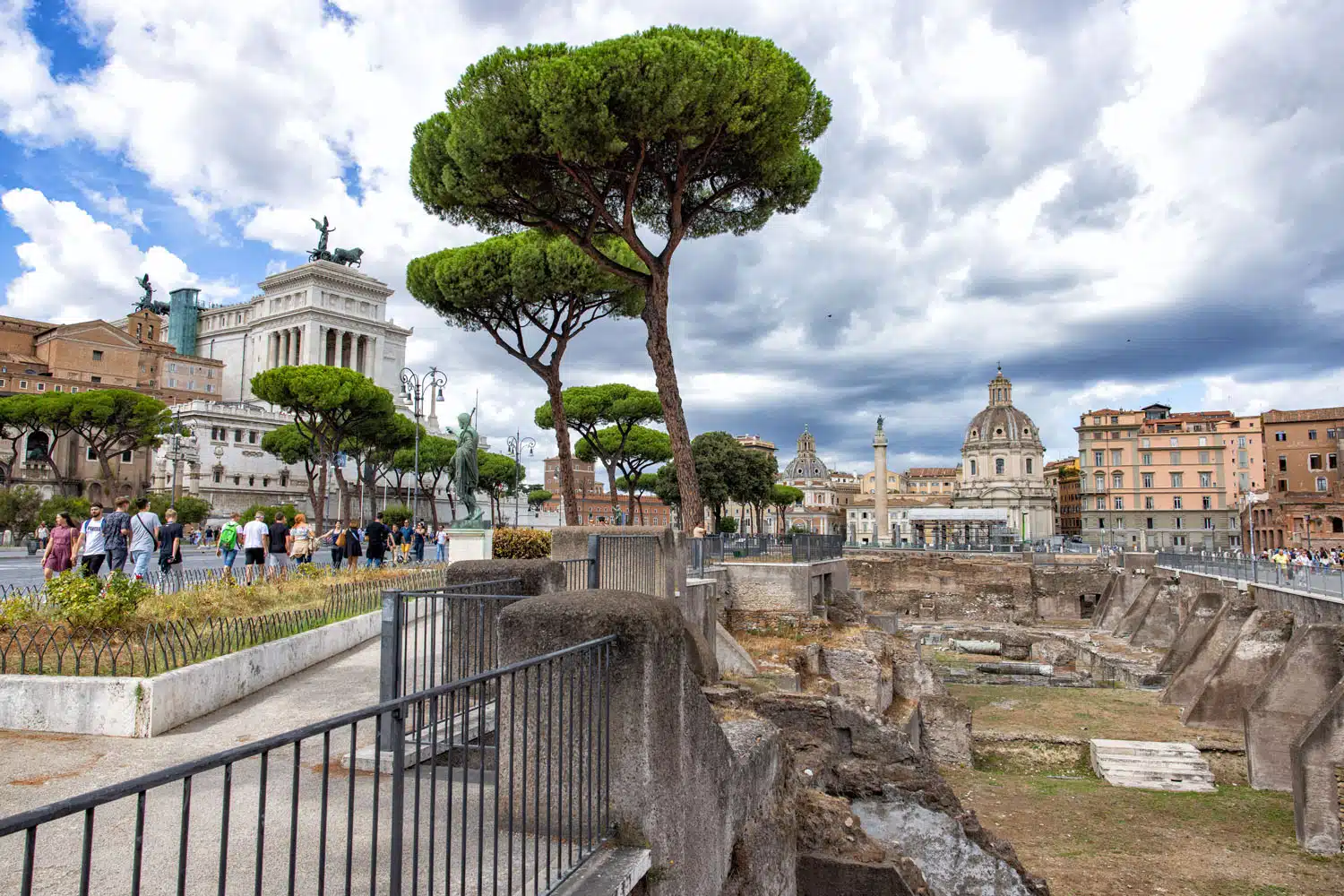
The view of the Forum of Augustus on the walk along Via dei Fori Imperiali
Via Fori dei Imperiali ends at Piazza Venezia. From here, you can climb the steps on the Altar of the Fatherland for one of the best views of Rome.
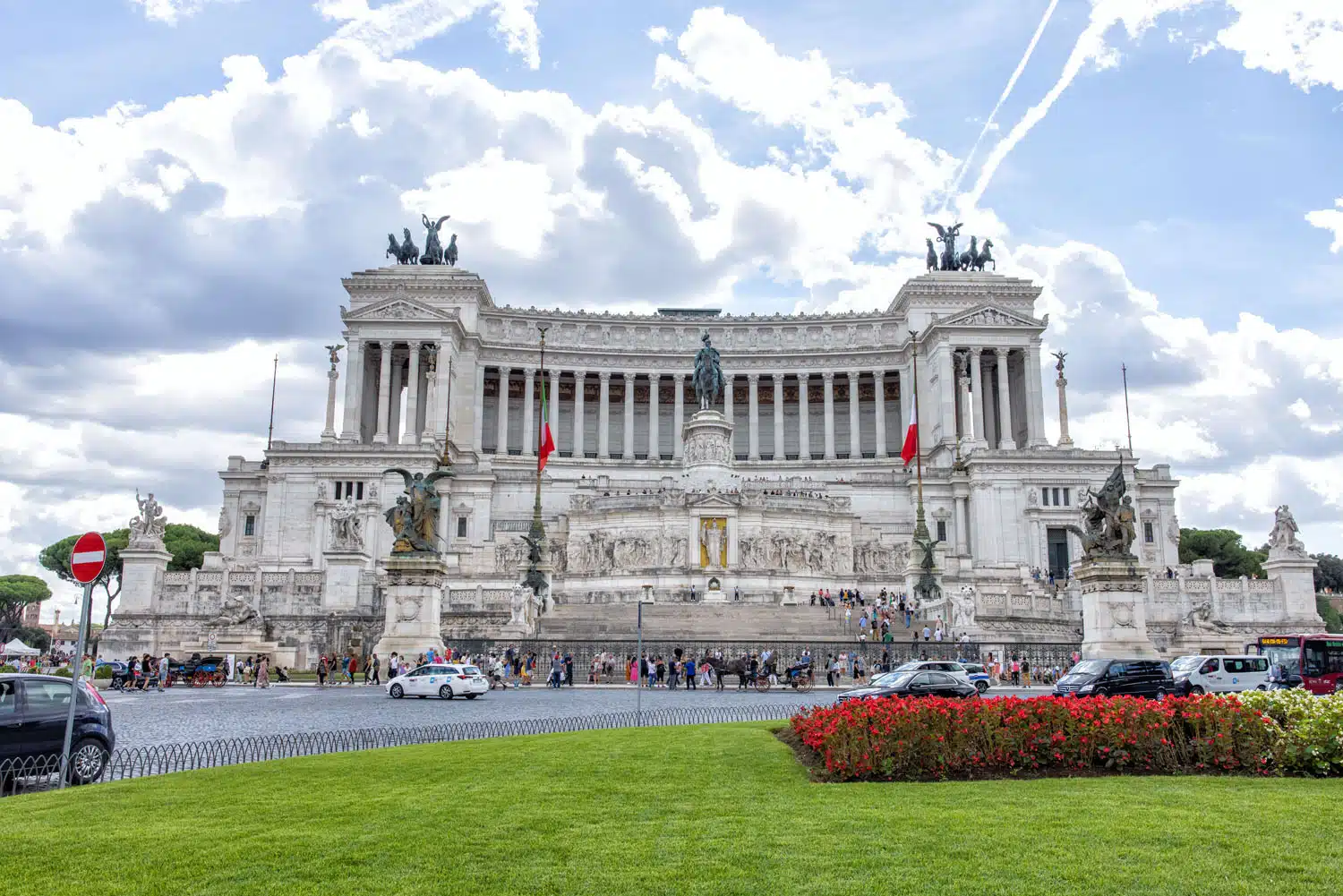
Altar of the Fatherland
2:00 pm: Altar of the Fatherland
The Altar of the Fatherland, also called Altare della Patria, the Victor Emmanuel II Monument, or simply the “wedding cake,” is one of the most recognizable landmarks in Rome.
This national monument was built between 1885 and 1935 to honor Victor Emmanuel II, who was the first king of unified Italy. It contains the Tomb of the Unknown Soldier and an eternal flame.
For free, you can climb the series of staircases to the upper terrace and café. For the best view, ride the elevator (€12 in 2022) to the top of the monument for panoramic views of Rome. From here, you can see all of Rome’s major landmarks, including the Colosseum, St. Peter’s Basilica, Palatine Hill, and the Roman Forum.
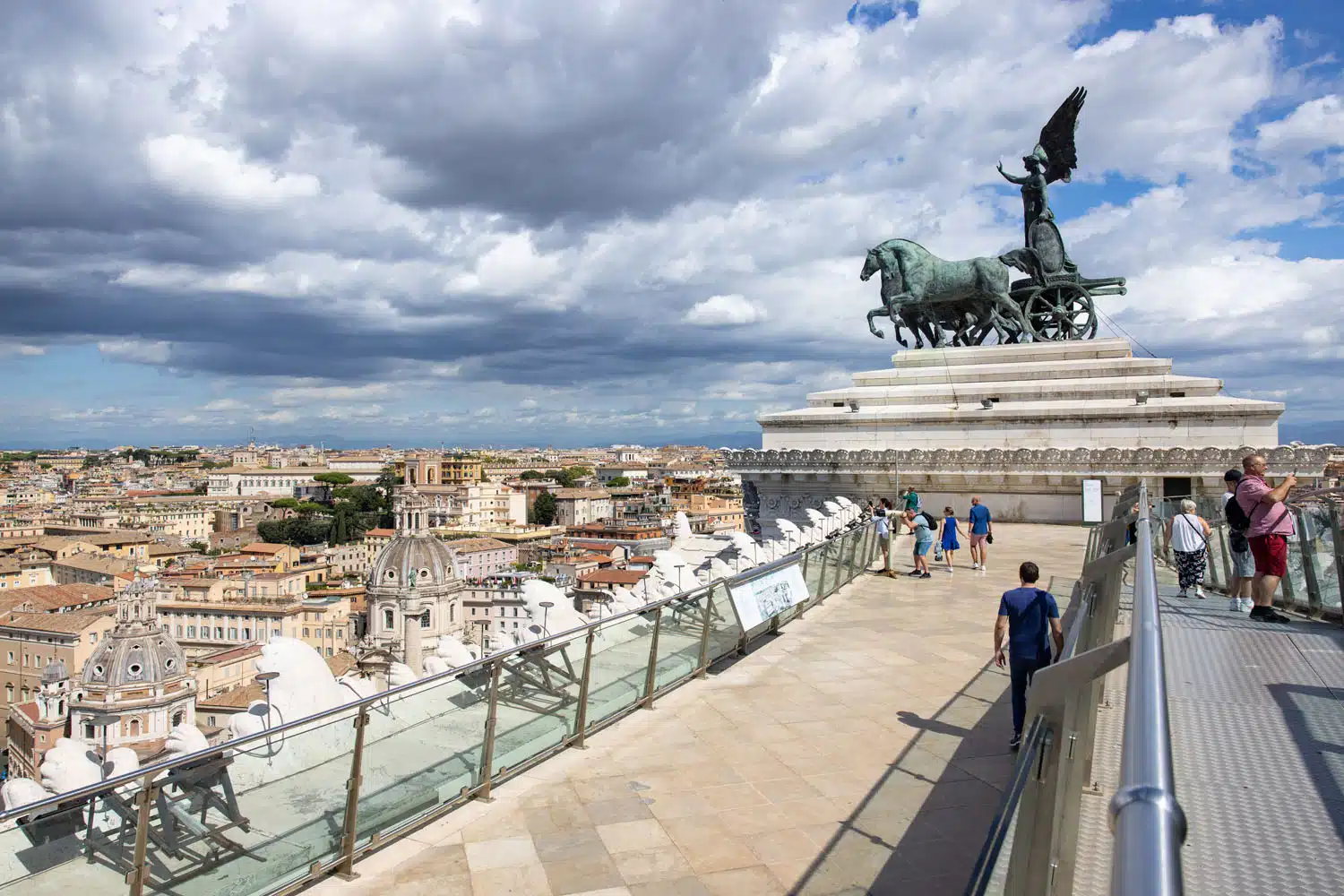
On the top level of the Altar of the Fatherland
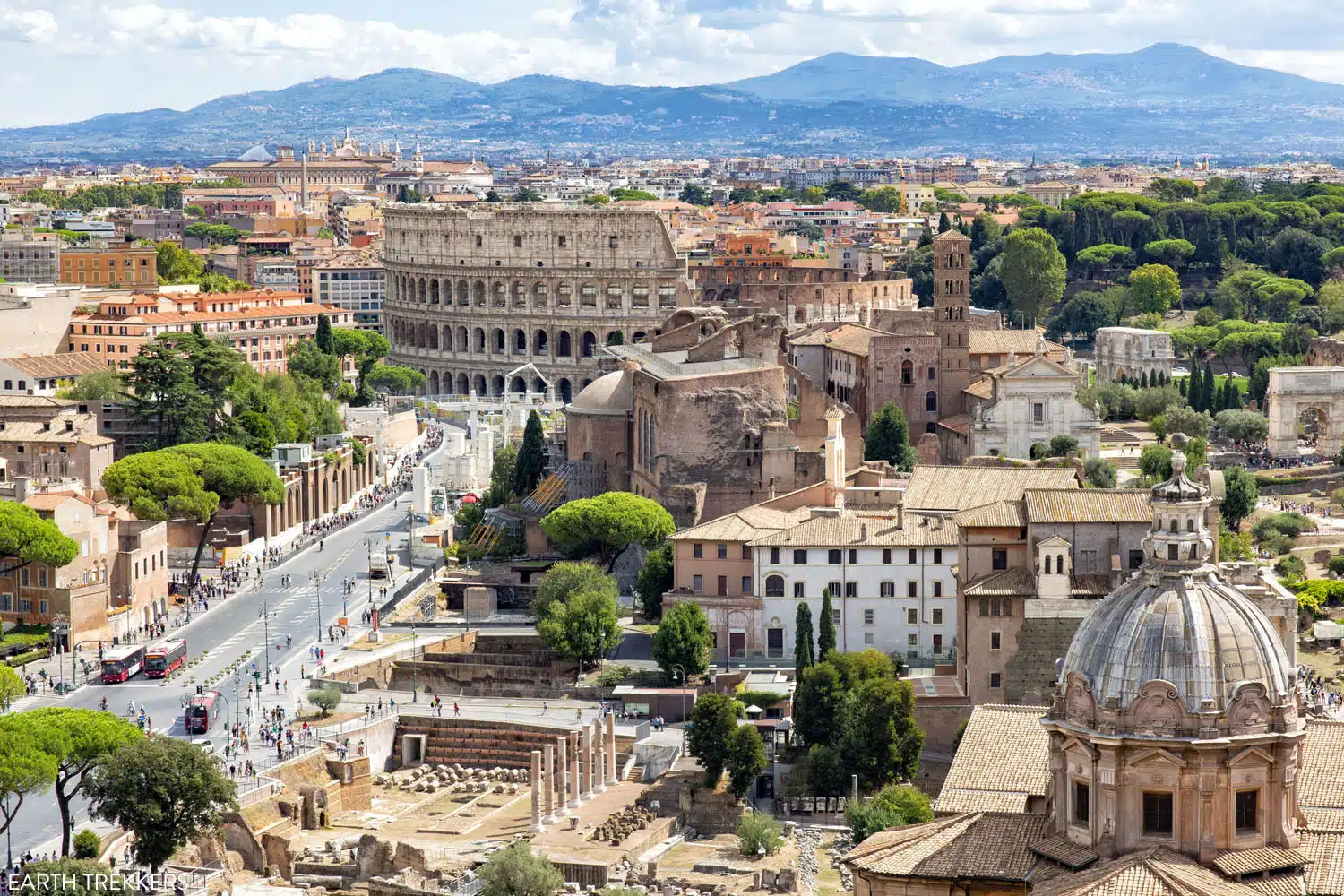
The view from the Altar of the Fatherland
3:00 pm: Capitoline Hill
There are two reasons to visit Capitoline Hill: for a great view of the Roman Forum and to visit the Capitoline Museums.
To get here from the Altar of the Fatherland, it is a 3-minute walk along Via del Teatro di Marcello. You will walk up a series of steps to get to Campidoglio, which is the square on Capitoline Hill. This square was designed by Michelangelo.
The Capitoline Museums are located inside of Palazzo dei Conservatori and Palazzo Nuovo. These museums contain works of art by Caravaggio, Rubens, and Tiziano. Be sure to see the equestrian statue of Marcus Aurelius (a copy of this statue sits in Campodoglio Square) and the original statue of the she-wolf suckling Romulus and Remus, called the Capitoline Wolf (a replica of this statue sits next to the Senatorial Palace).
For hours and pricing, visit the official website.
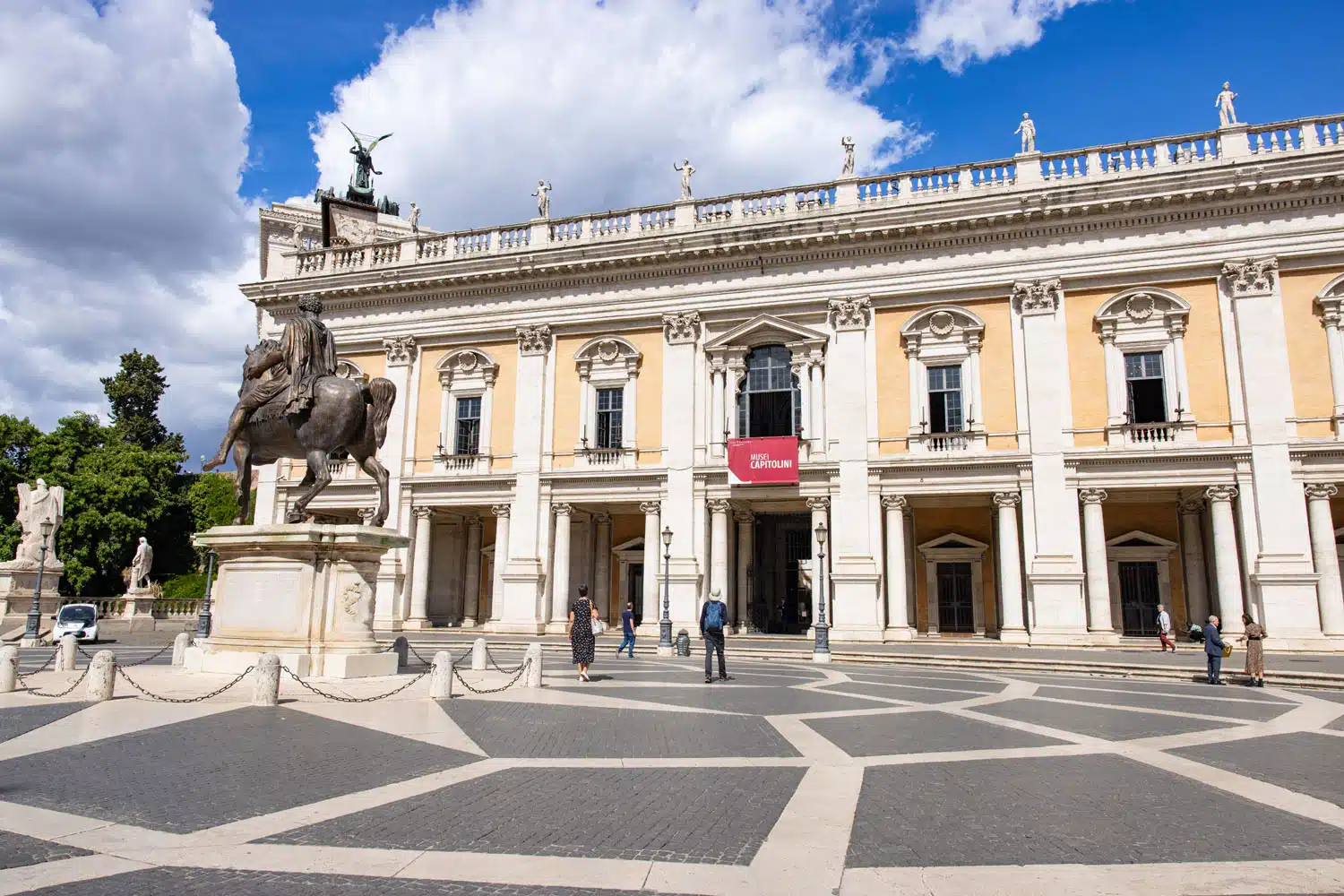
Campidoglio Square
For the best viewpoint of the Roman Forum from Capitoline Hill, walk between Palazzo dei Conservatori and the Senatorial Palace along Via del Campidoglio to Terrazza sul Foro for another great view of the Roman Forum.
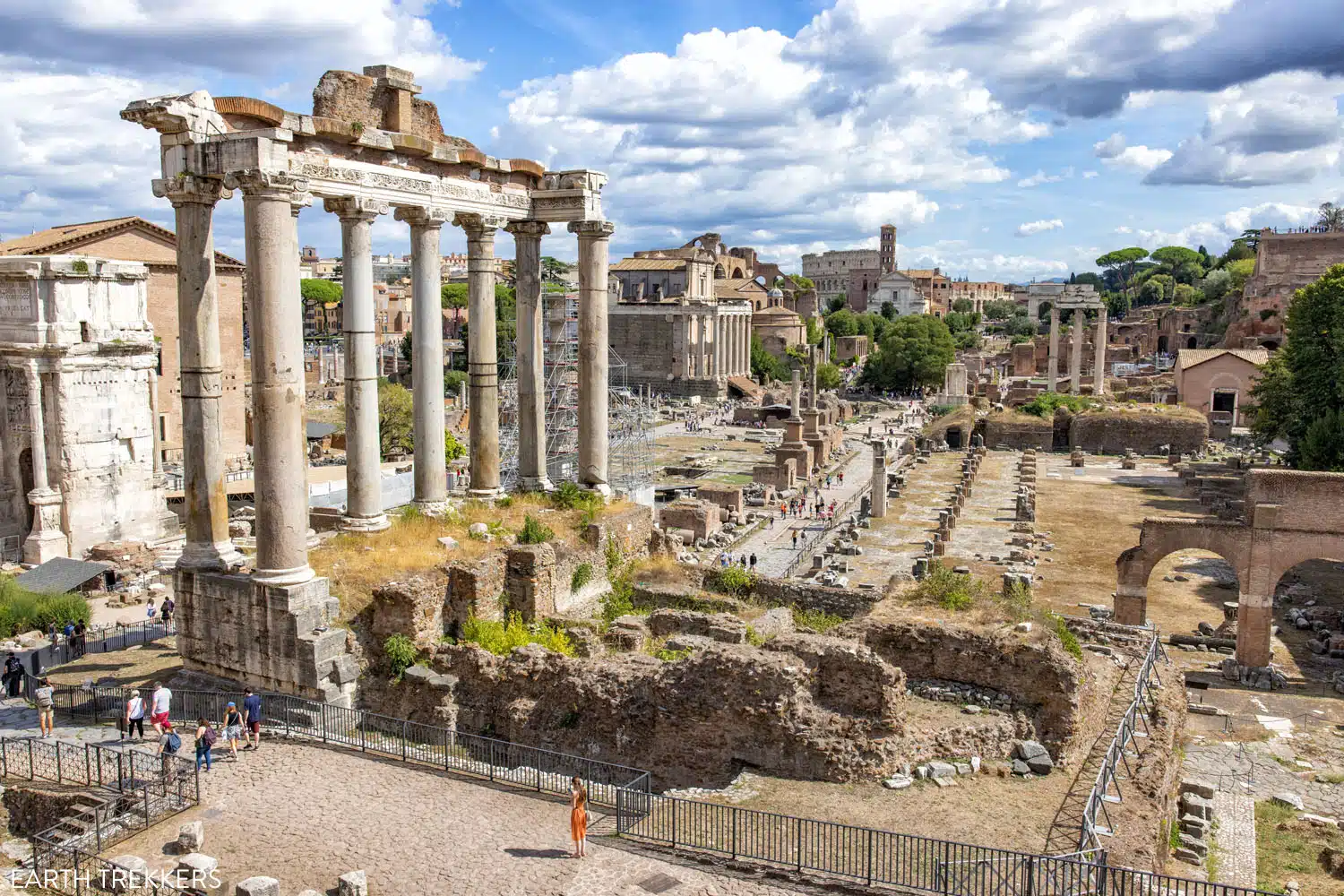
The view of the Roman Forum from Terrazza sul Foro
5:00 pm: Aperitif at Oro Bistrot
Having an aperitif (an aperitivo) is a pre-dinner drink that is served with a few small snacks. It is popular thing to do in Italy and a great way to unwind after a busy day sightseeing.
One of our favorite places to go for a drink with a view is Oro Bistrot. It is located very close to Piazza Venezia and is a 7-minute walk from Capitoline Hill.
Oro Bistrot is a rooftop terrace that has a spectacular view of the Altar of the Fatherland and the Trajan Forum. They open mid-afternoon and you can have a drink here and then move on or stay for dinner (dinner does not start until 7 pm). Make a reservation in advance for drinks and dinner.
Here is the view. We spent several hours at this spot and sunset was amazing.
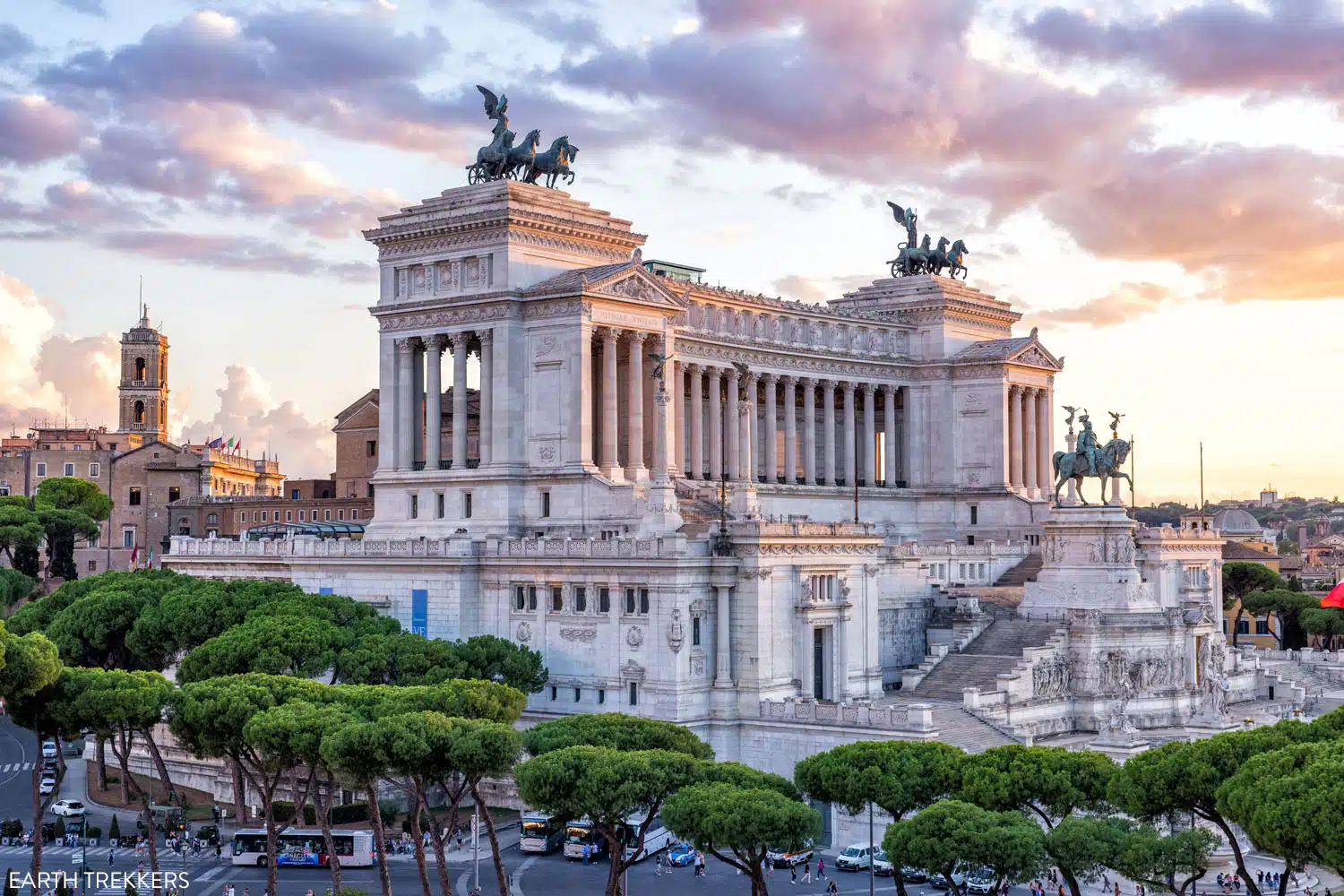
The view of the Altar of the Fatherland from Oro Bistrot
6:00 pm: Trastevere
You have the option to spend all evening at Oro Bistrot, or you can go to Trastevere. This neighborhood is filled with some of the best restaurants in Rome and it is a lovely area to explore. We recommend Nannarella, Enoteca Trastevere, and Trapizzino (make your reservations in advance, we have links to these restaurants on our Rome Restaurant Guide).
To get here, hire a taxi (you can walk but it is a 22-minute walk, about 0.6 km/1 mile from Oro Bistrot). The hotel staff at Oro Bistrot can call you a taxi. We were able to get a taxi at Piazza Venezia.
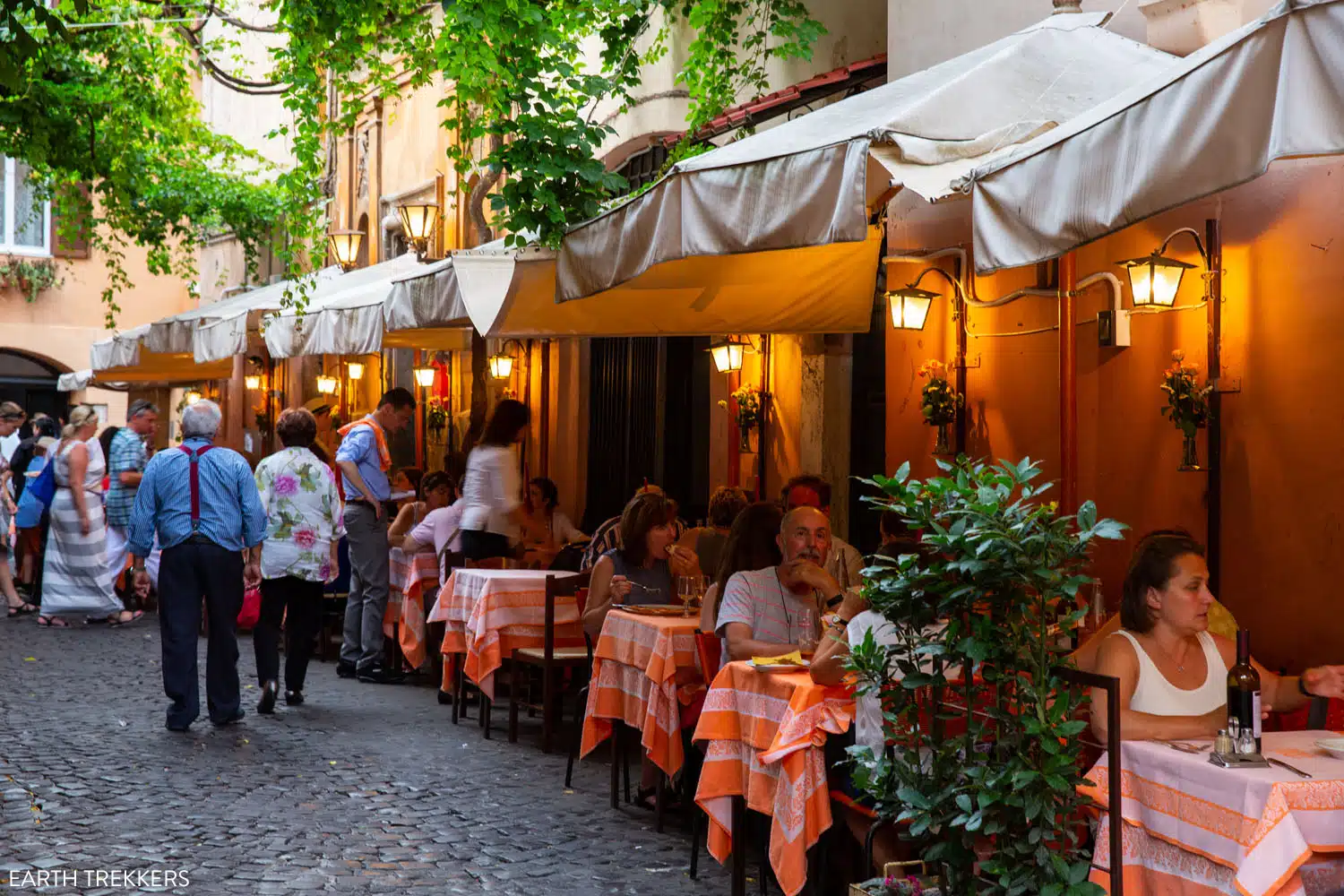
Trastevere
Day 2: Vatican Museums, St. Peter’s Basilica, Castel Sant’Angelo, Historic Heart of Rome
Morning (7:30/8:00 am): Vatican City
12:00 pm: Lunch
1:30 pm: Castel Sant’Angelo
3:00 pm: Scenic Walk to Piazza Navona
3:20 pm: Historic Heart of Rome
5:30 pm: Free Time or Rooftop Bar
7:00 pm: Dinner
The best way to avoid the crowds and the long line at Vatican City is to get an early start, which accounts for the 7:30/8:00 am time listed above. You can hit that snooze button, but you risk an hour wait (or longer on some days) to enter St. Peter’s Basilica.
And again, be aware that on Wednesdays when the Pope is in town, he holds an audience and St. Peter’s Basilica does not open until the early afternoon. So, if this day happens to fall on a Wednesday, move this day to a different day of the week.
Morning: Vatican City
Vatican City is the smallest country in the world. In Vatican City, there are three big sites to visit: the Vatican Museums, the Sistine Chapel, and St. Peter’s Basilica.
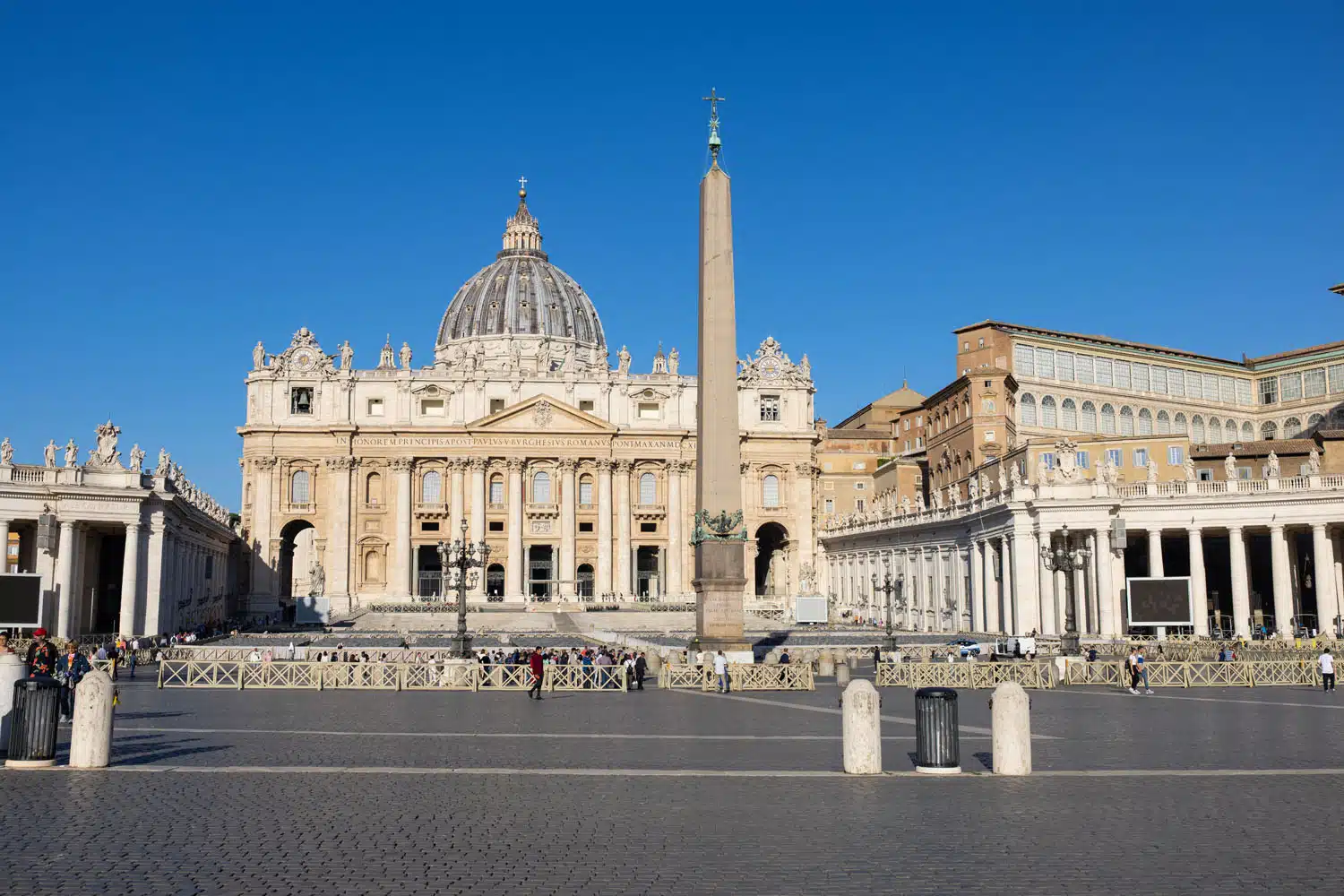
St. Peter’s Square
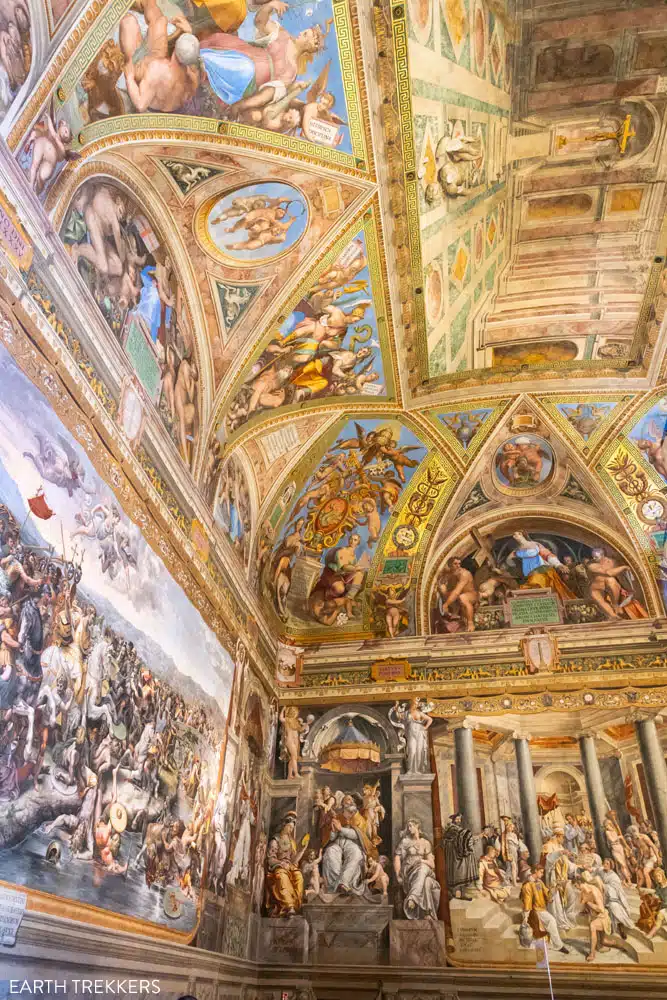
Rome of the Immaculate Conception
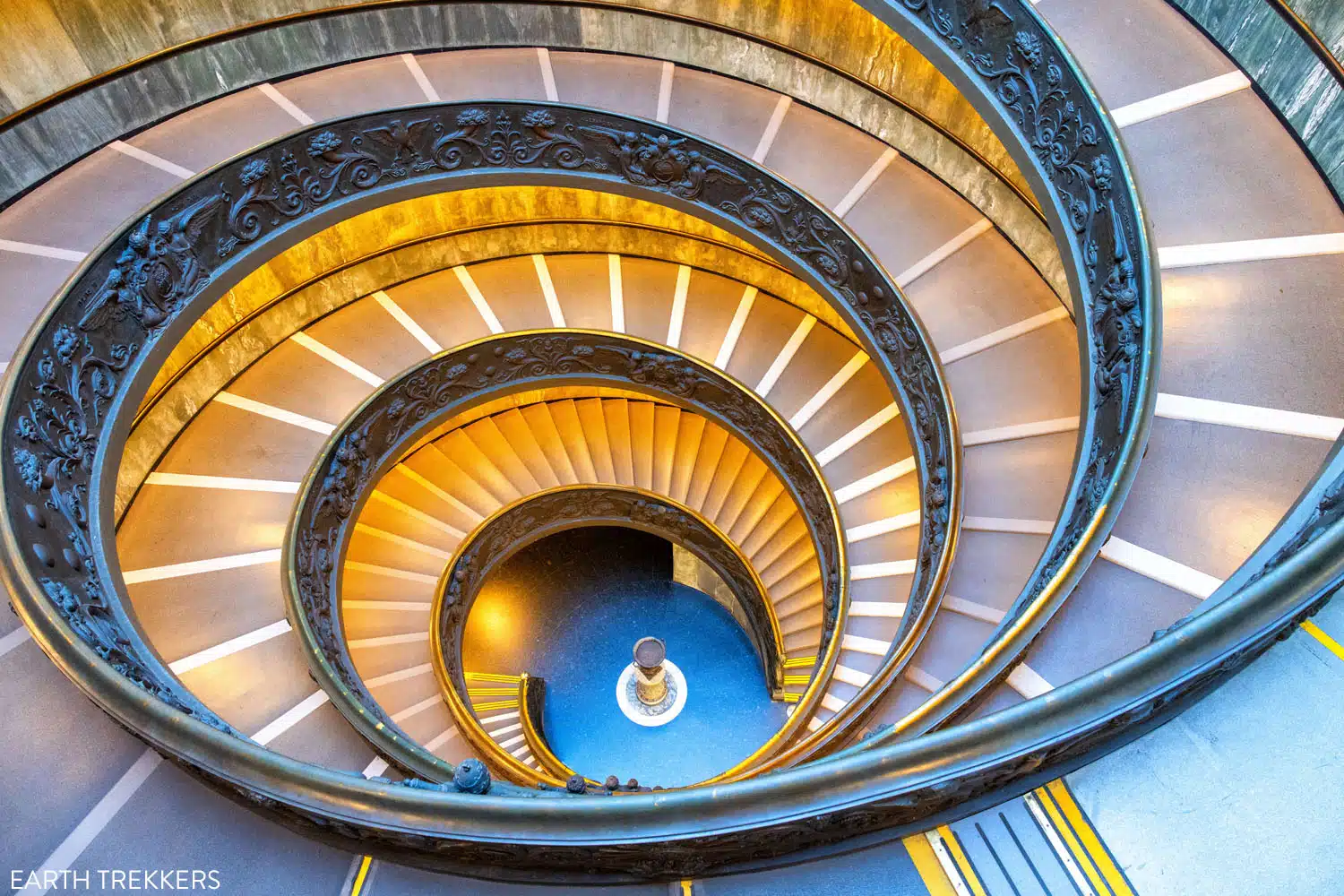
The staircase inside the Vatican Museums
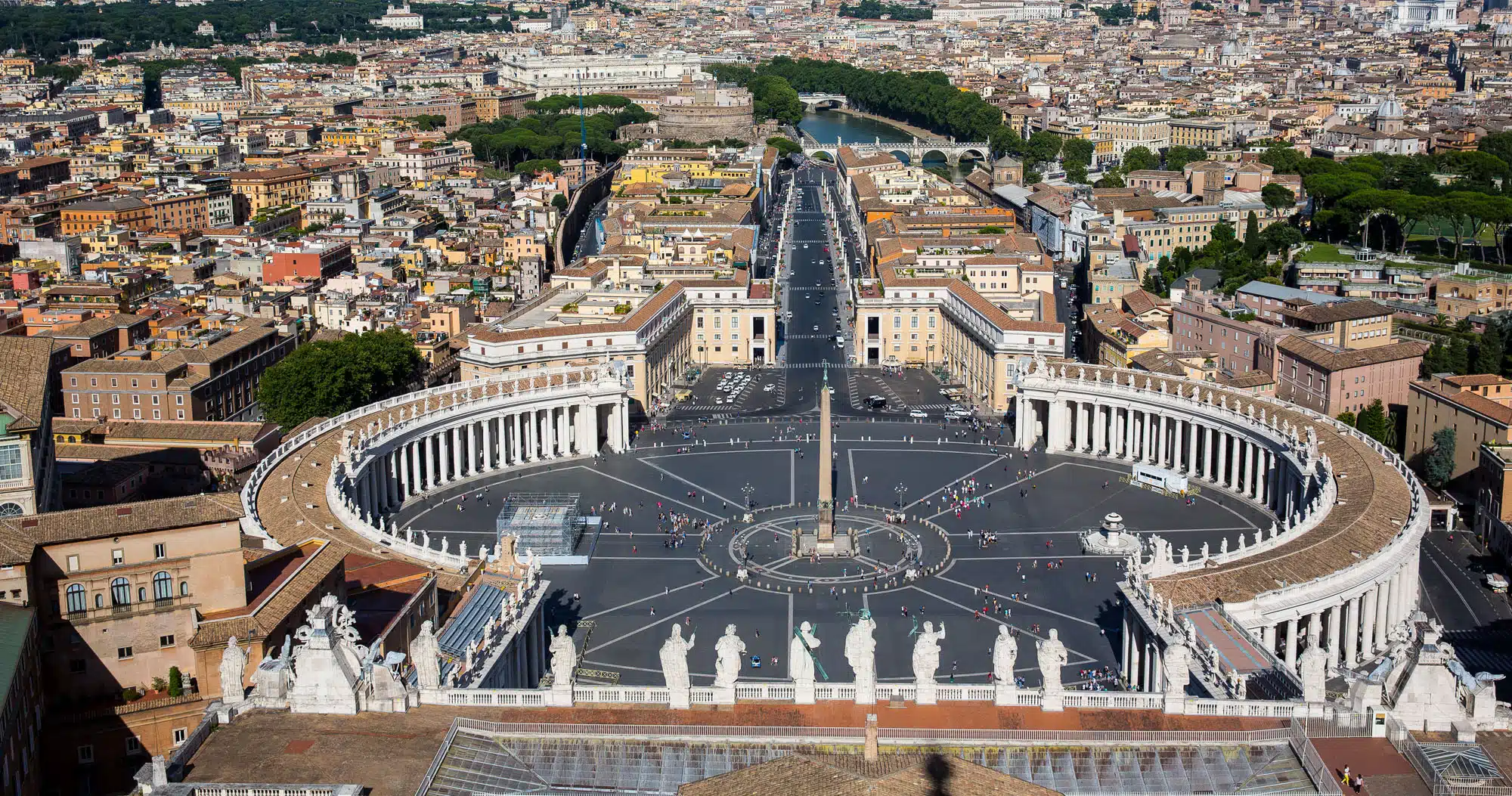
Overlooking St. Peter’s Square from the dome of St. Peter’s Basilica
There are several ways to visit Vatican City. You can take a guided tour or visit it independently. We have visited Vatican City independently and on a tour. Taking a tour is more expensive but has several advantages.
Taking a tour is much more educational, as a knowledgeable guide will teach you about important sights within the museums and concentrate on the most important things to see. Some tours take you right from the Sistine Chapel into St. Peter’s Basilica, which can save you a lot of time (you get to skip the line into St. Peter’s Basilica). Yes, a tour is more expensive, but skipping that line is well worth the extra money.
Here are three different ways to plan your visit to Vatican City:
BEST OPTION: Early morning guided tour of Vatican City. The Vatican Museums open at 9 am. On an early morning tour, you enter at 8 am, which allows you to see part of the museums with very low crowds. Some tours will take you directly into St. Peter’s Basilica via the tunnel from the Sistine Chapel, which bypasses the enormous line to enter the cathedral. An early morning tour is pricier (on average you will spend about €80 to €135 per person), but it is an all-around better experience. We recommend this early morning tour (it is with the same tour company we used).
CHEAPEST OPTION: Between 7:30 and 8:00 am, go first to St. Peter’s Basilica. This early in the day, there should be little to no line to enter the cathedral. Once inside, do the dome climb first, then visit the rest of the cathedral (learn more about what to see and do in our Guide to Vatican City). After the basilica, visit the Vatican Museums (book tickets for a 10 am entry, and do this several weeks before your visit). You will tour the museums and Sistine Chapel on your own, without a guide. The museums will be busy so be prepared for some crowds.
GUIDED TOUR: The early morning tours of Vatican City are expensive, since you are paying for early access. You can save some money and still take a guided tour by taking a tour that starts at 9 am, which is opening time of the museums. This tour gets nothing but stellar reviews and includes the Vatican Museums, Sistine Chapel, and St. Peter’s Basilica.
How to Visit the Vatican Museums & St. Peter’s Basilica
In this guide, we cover hours, pricing, and helpful tips for your visit. You also have the option to add on the “secret rooms” of the Vatican, such as the Cabinet of Masks, and we cover these as well.12:00 pm: Lunch
For lunch, we have three recommendations that are all within walking distance of St. Peter’s Square. You can either have a quick lunch or a longer, leisurely lunch.
We had a quick lunch at Alice Pizza, dining on pizza by the slice. It’s great if you are on a budget or are saving your money for dinner. Two restaurants we have not tried but sound amazing are Borghiciana Pastificio Artiginale and Scialla the Original Streetfood.
1:30 pm: Castel Sant’Angelo
Stroll along Via della Conciliazione towards Castel Sant’Angelo (and look back several times for the amazing view of St. Peter’s Basilica).
As you walk to Castel Sant’Angelo, you have the option to make a small detour to Ponte Vittorio Emanuele II for a beautiful view of the castle and Ponte Sant’Angelo.
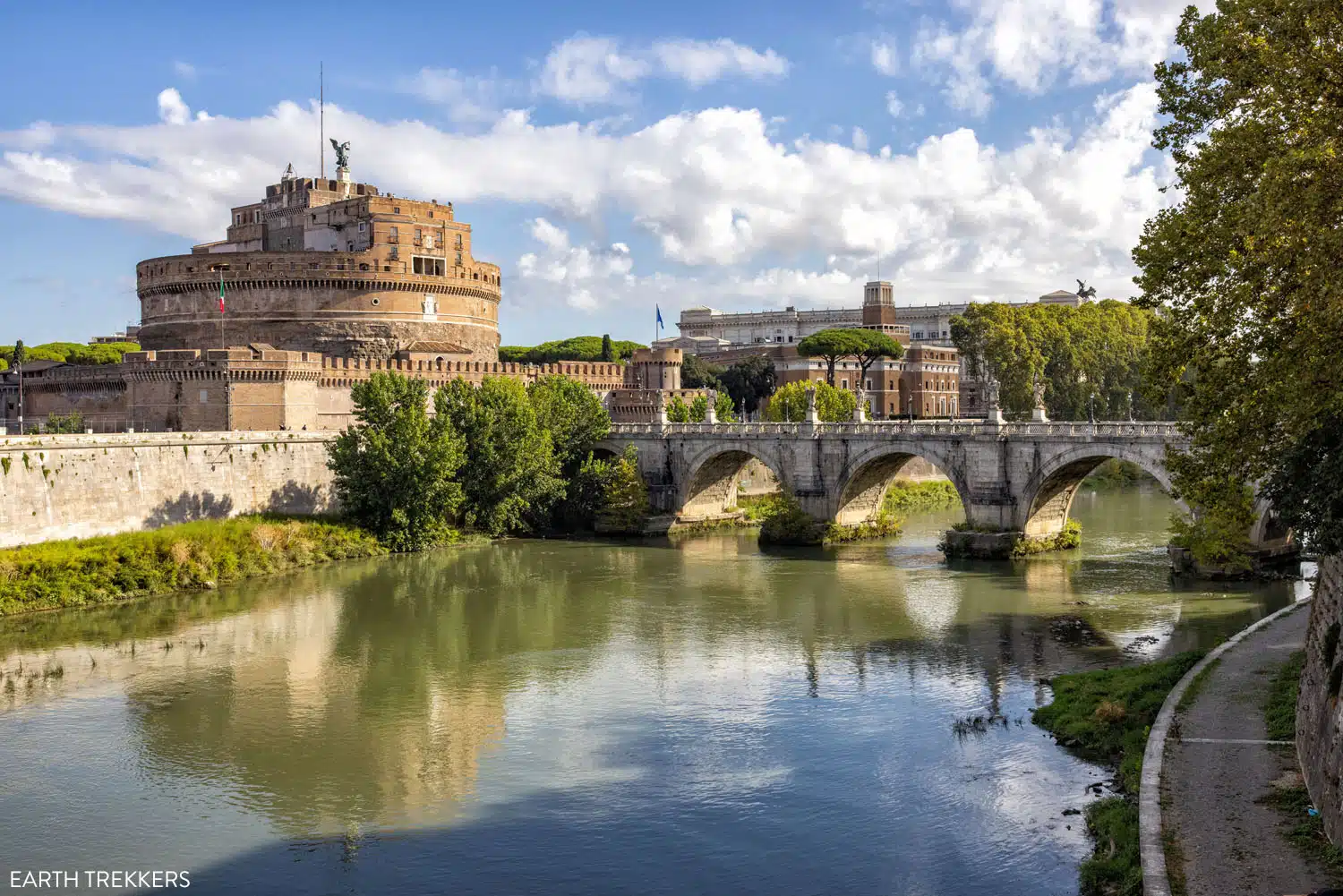
The view from Ponte Vittorio Emanuele II
Castel Sant’ Angelo, also known as the Mausoleum of Hadrian, was originally built as a mausoleum for Emperor Hadrian and his family. Later, it was used as a fortress, a prison, a castle, and now it is a museum.
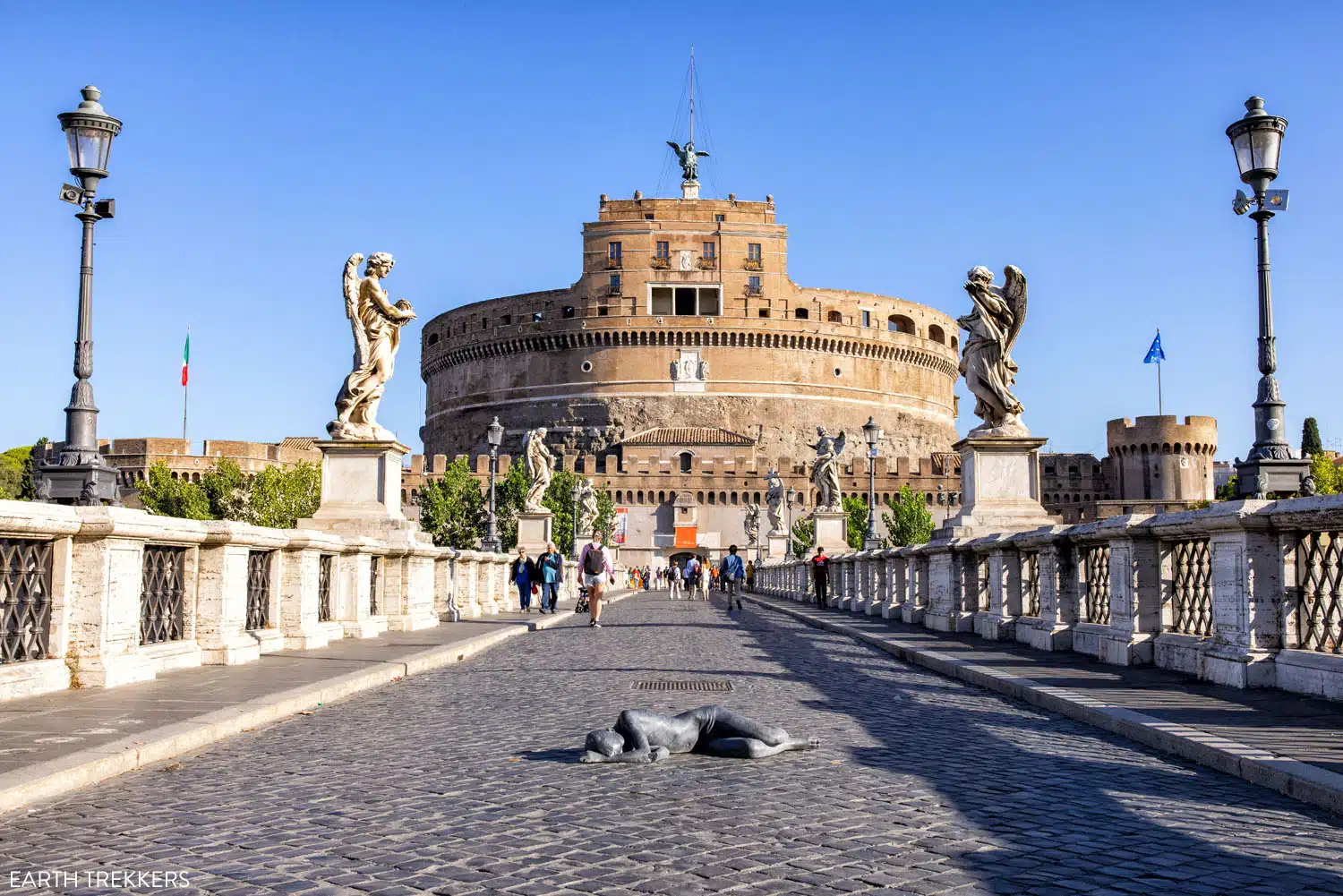
Castel Sant’ Angelo
During your visit, you will follow a walking route through the fortress. First, you make a loop around the lower level. At the end of this loop, you will enter the center building, and climb to the top on a series of ramps and steps.
From the highest terrace of Castel Sant’Angelo you have almost 360° views of Rome.
Get hours and pricing on the official website.
3:00 pm: Scenic Walk to Piazza Navona
Cross the Tiber River on Ponte Sant’Angelo (the bridge that crosses the Tiber River in front of Castel Sant’Angelo). This bridge is lined with angels and a great photo spot.
Walk east along the Tiber River. Once you get to Ponte Umberto I, walk a short distance on this bridge for an iconic view of St. Peter’s Basilica and the Tiber River.
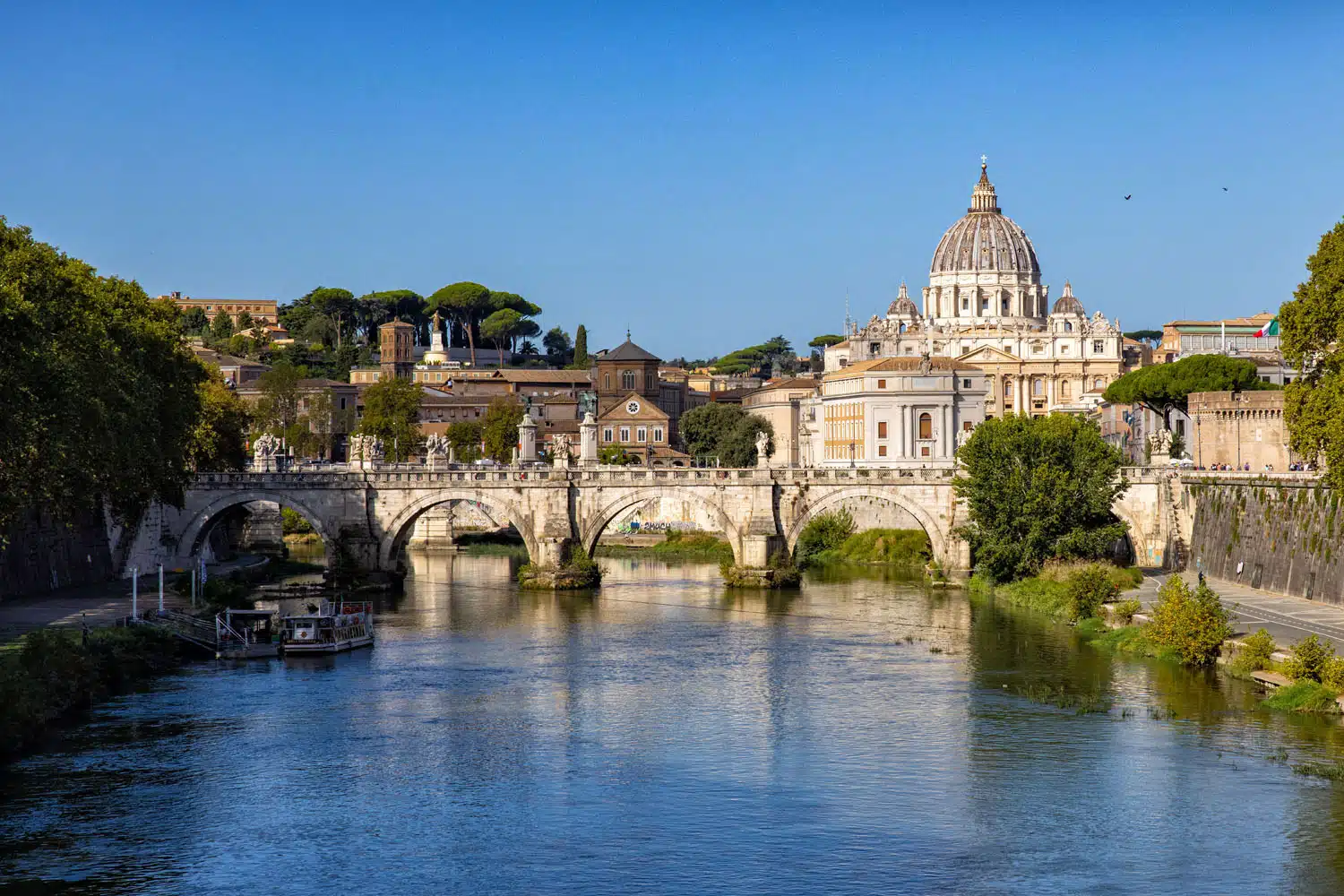
The view from Ponte Umberto I
Then walk down Via Giuseppe Zanardelli until you get to Piazza Navona.
This walk is 800 meters (0.5 miles) and takes 10 minutes without stops for photos.
3:20 pm: Historic Heart of Rome
Piazza Navona is one of Rome’s most famous squares. It is filled with cafes, fountains, and lots of people. While you are here, take a look at the three fountains (the Fountain of the Four Rivers, the Fountain of Neptune, and the Fountain of the Moor), watch the street performers, and step inside Sant Agnese in Agone.
Piazza Navona is a good place to rest your feet for a few minutes. Many cafes get mediocre reviews, but it’s a nice spot to get a cup of coffee or glass of wine. We recommend Bernini.

Piazza Navona
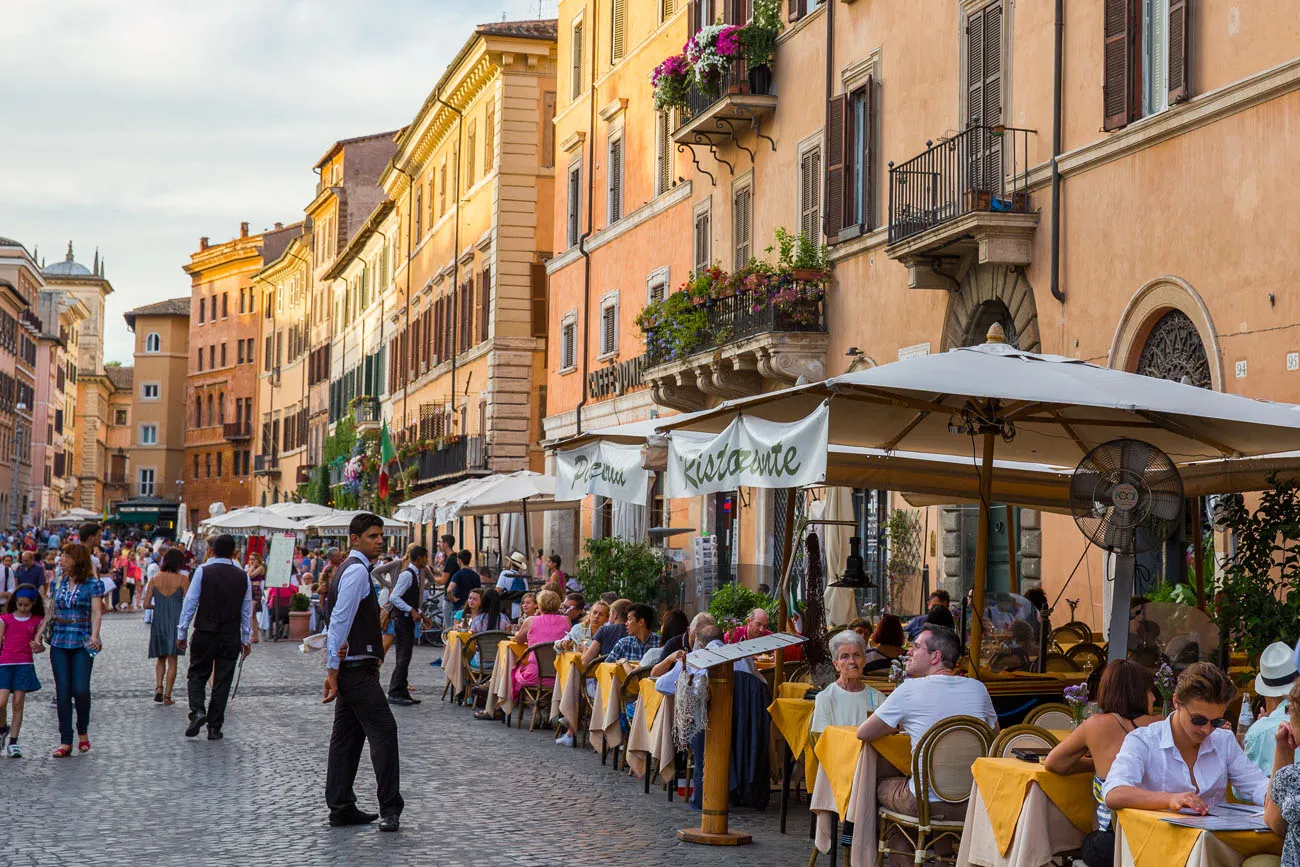
Cafes in Piazza Navona
Once you are finished in Piazza Navona, continue the stroll through the heart of Rome.
It’s a quick walk to the Pantheon. The Pantheon is one of the oldest buildings in Rome.
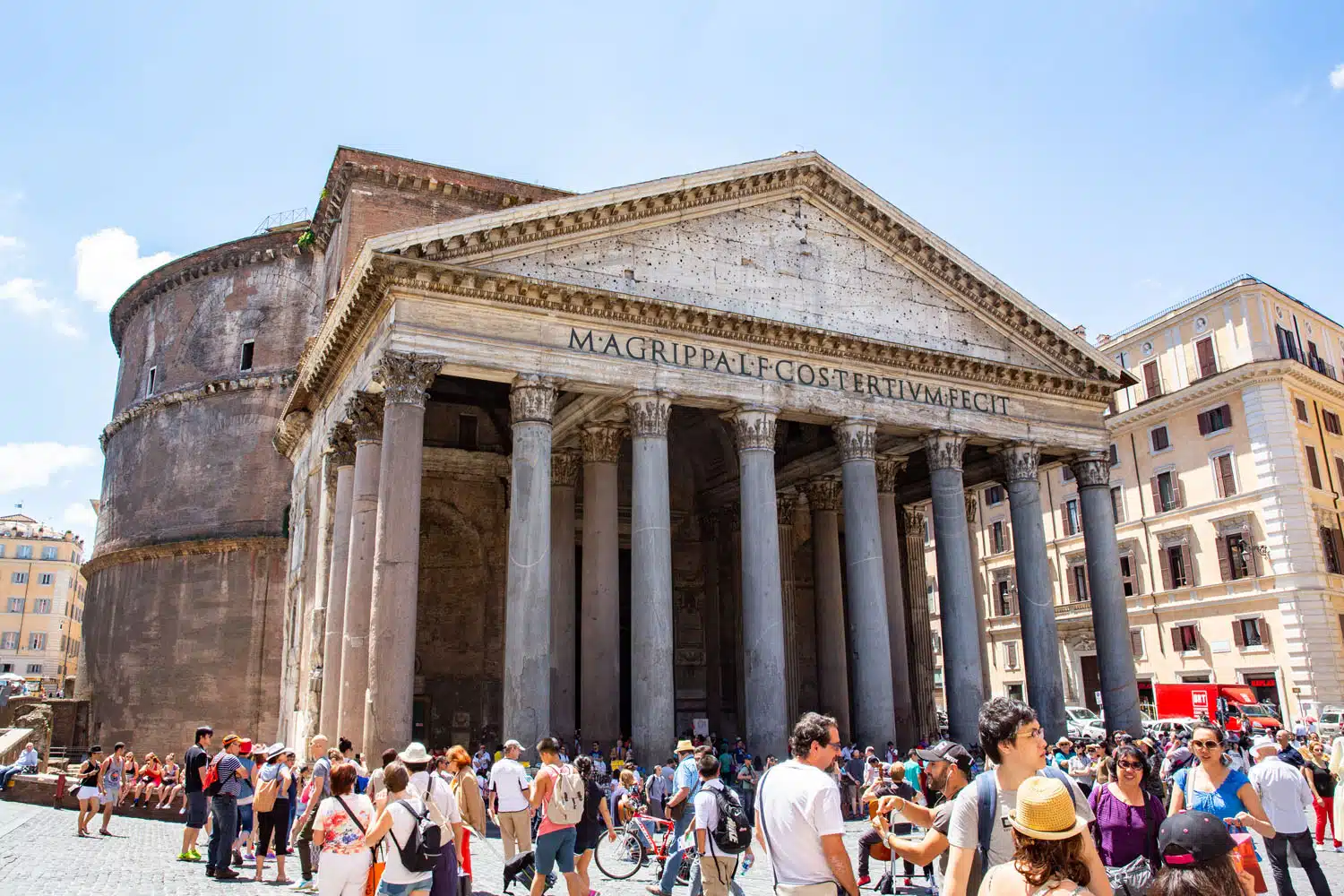
The Pantheon
Continue to the Trevi Fountain, passing by the Temple of Hadrian and Venchi (one of our favorite gelato shops in Rome).
The Trevi Fountain is one of the busiest places to visit in Rome. If you want to leave the crowds behind, visit Garden Roof Trevi (also called Trevi Rooftop). This tiny rooftop bar overlooks the Trevi Fountain. You can have a drink with a view and rest your feet for a few minutes.
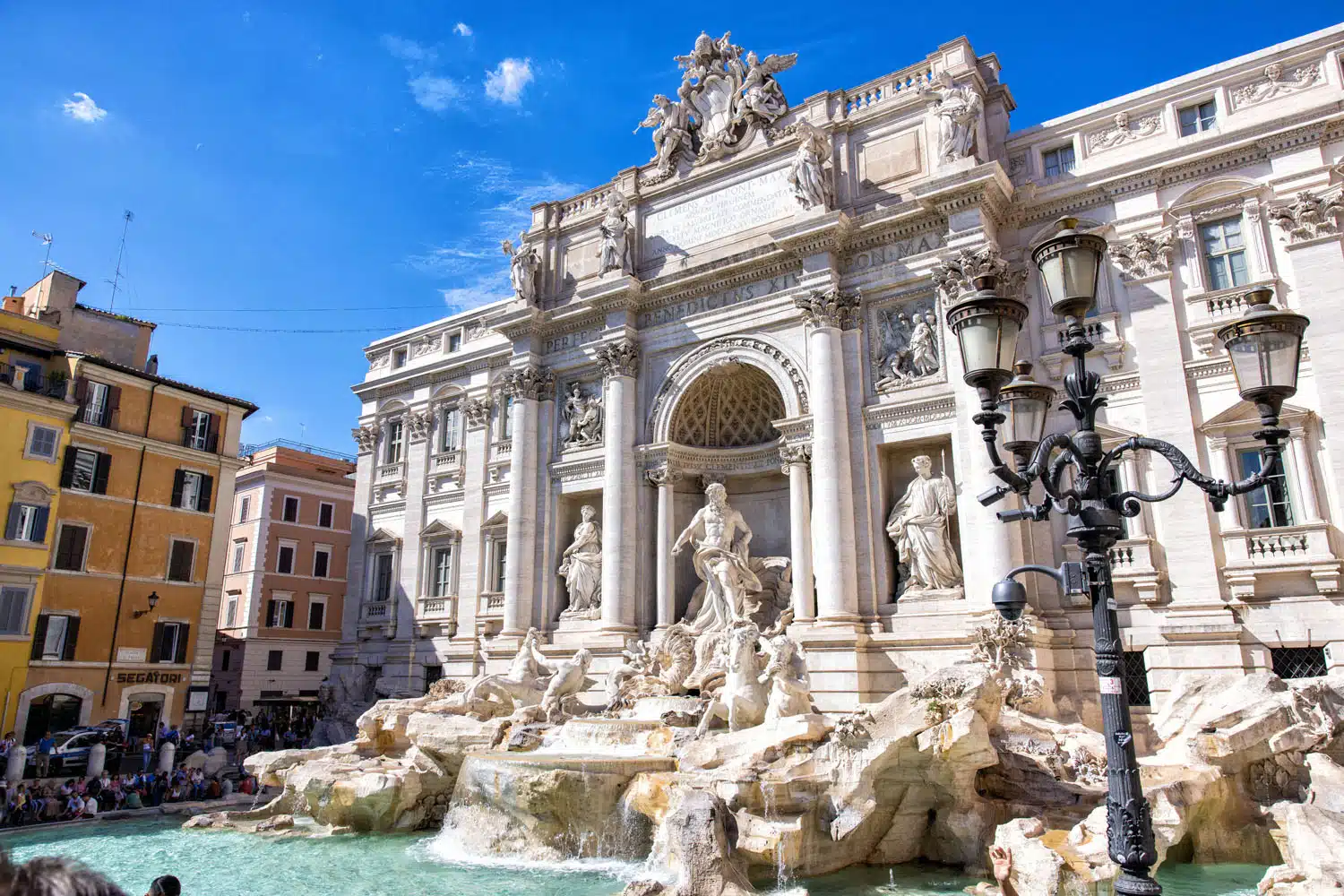
Trevi Fountain
Continue the walk until you get to the Spanish Steps.
This stairway is one of the most popular places to visit in Rome, frequently shows up in walking tours of the city, and is free to visit. The fountain that sits at the bottom of the Spanish Steps, Fontana della Barcaccia (Fountain of the Longboat), dates back to 1629 and was built by Pietro Bernini, father of Gian Lorenzo Bernini.
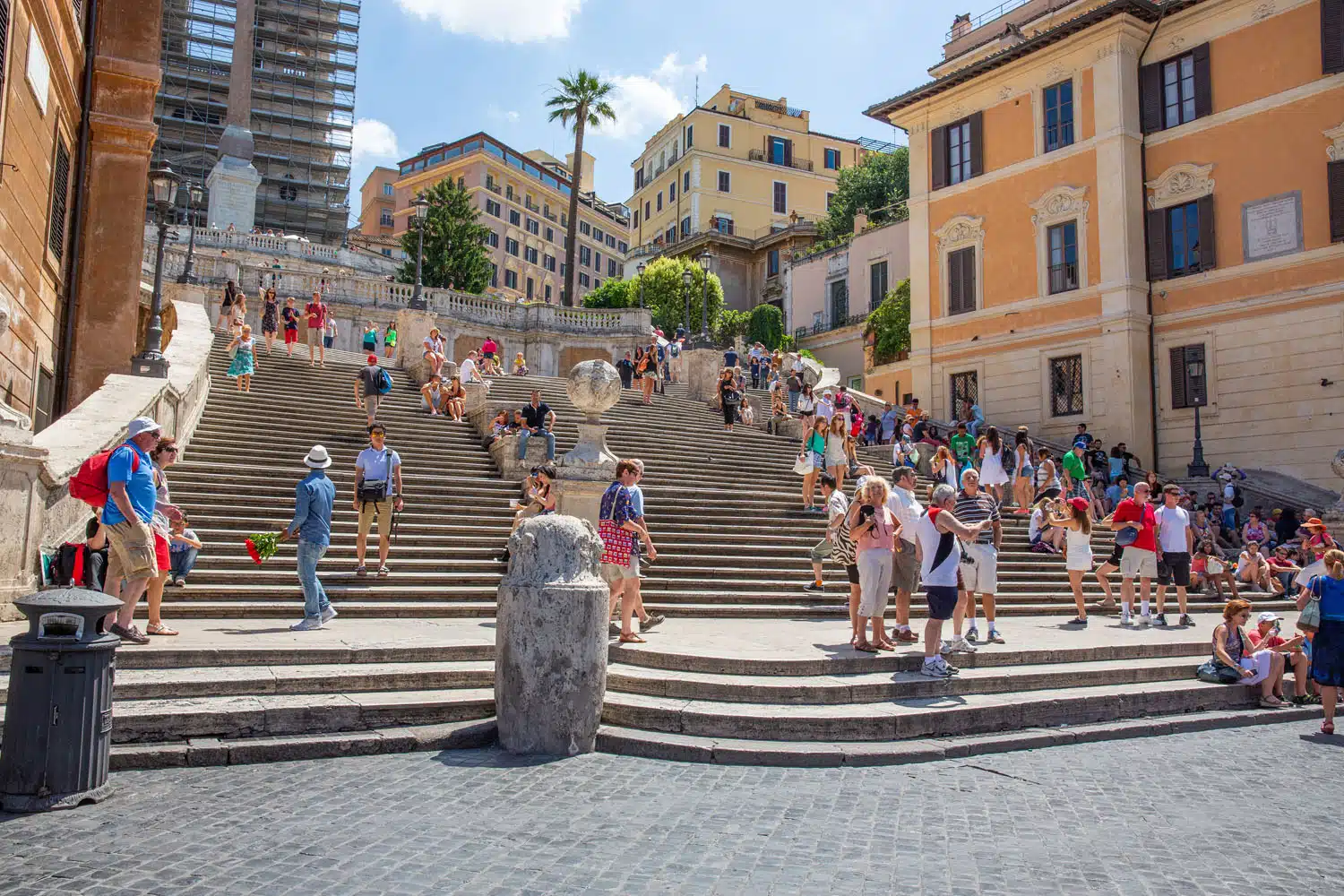
Spanish Steps
PRO TRAVEL TIP: Tired and need a break? Think twice about having a seat on the Spanish Steps. In 2019, a new law was put in place to crack down on “bad behavior” in Rome. If you are caught sitting on the Spanish Steps, you risk paying a €400 fine.
For a unique view of the Spanish Steps, go inside the Keats-Shelley House. It takes 30 minutes or less to tour this small museum. For hours of operation and pricing, visit the official website.
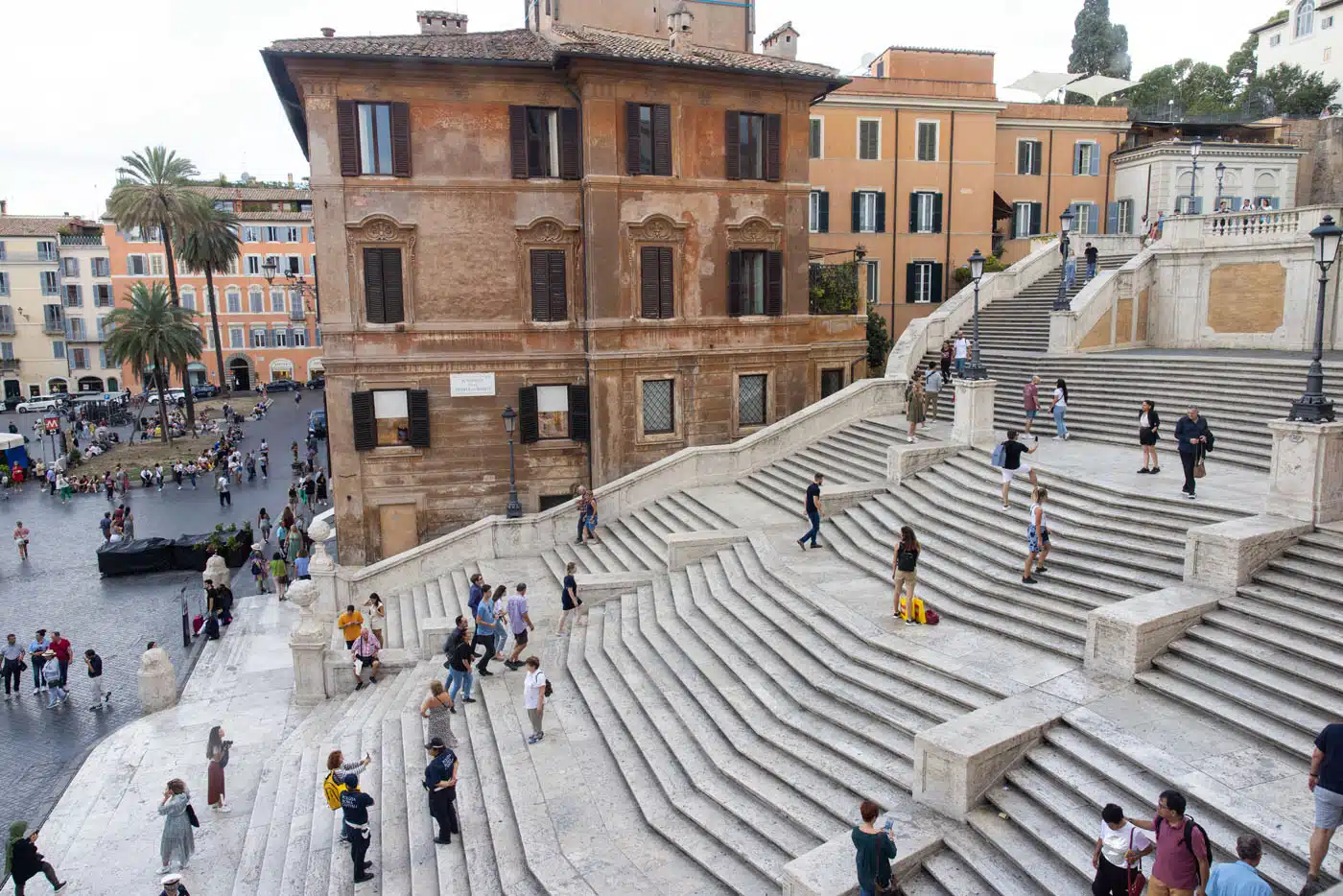
The view of the Spanish Steps from the Keats-Shelley House
5:30 pm: Free Time or Rooftop Bar
Dinner in Rome does not typically start until 7 pm. That gives you some free time. You can either return to your hotel for a little bit or visit a nearby rooftop bar for an aperitif and another nice view of Rome.
Just a one-minute walk from the top of the Spanish Steps is Cielo Terrace, which is on top of the Rocco Forte Hotel de la Ville. They serve both aperitifs and dinner, so you could stay for dinner. Learn more about the rooftop bars in our guide to the Rome Rooftop Bars.
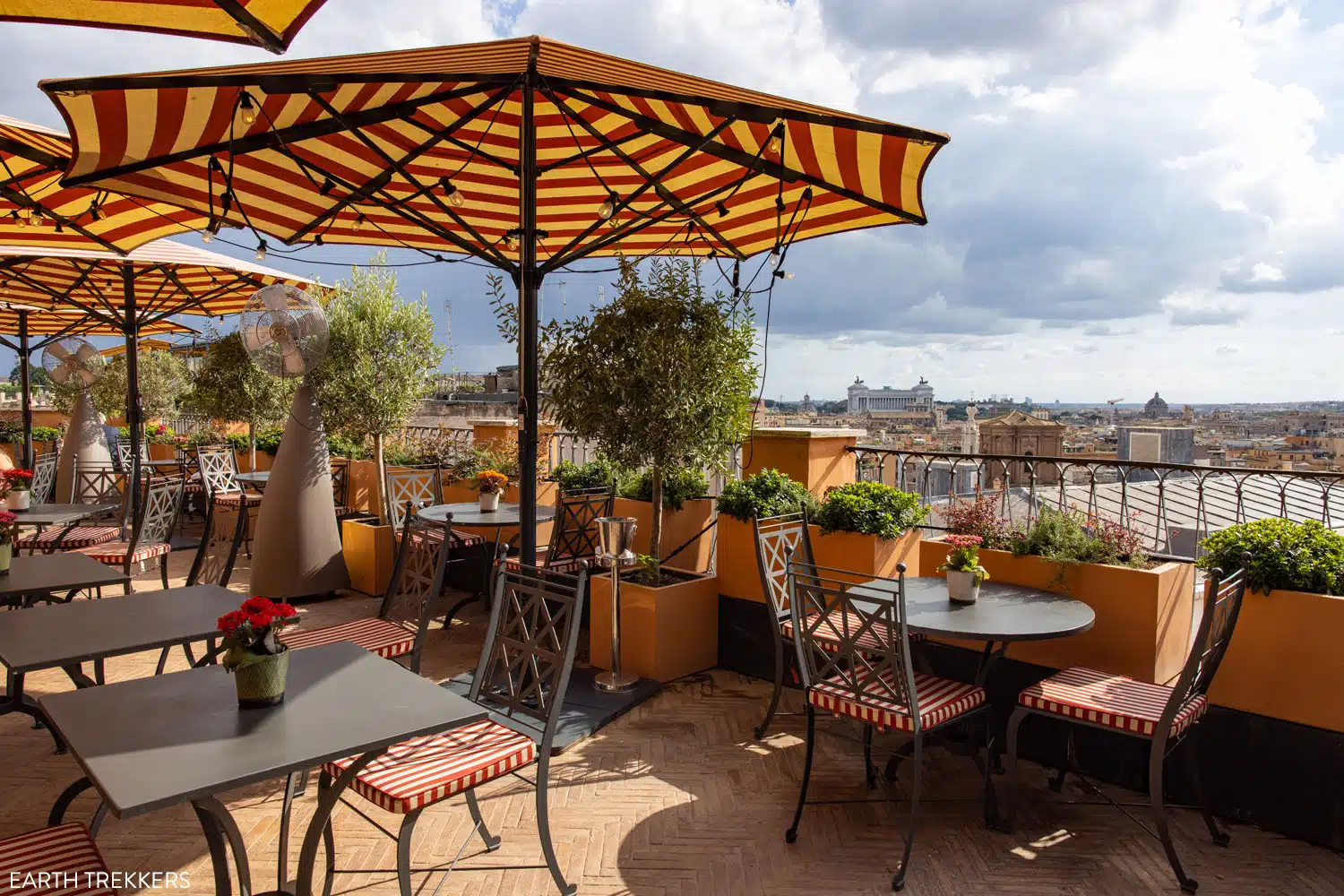
Cielo Terrace
Almost next door to Cielo Terrace is Imàgo, a Michelin-starred restaurant with amazing views over Rome. If you like the idea of dining here, make your reservation at least one month in advance.
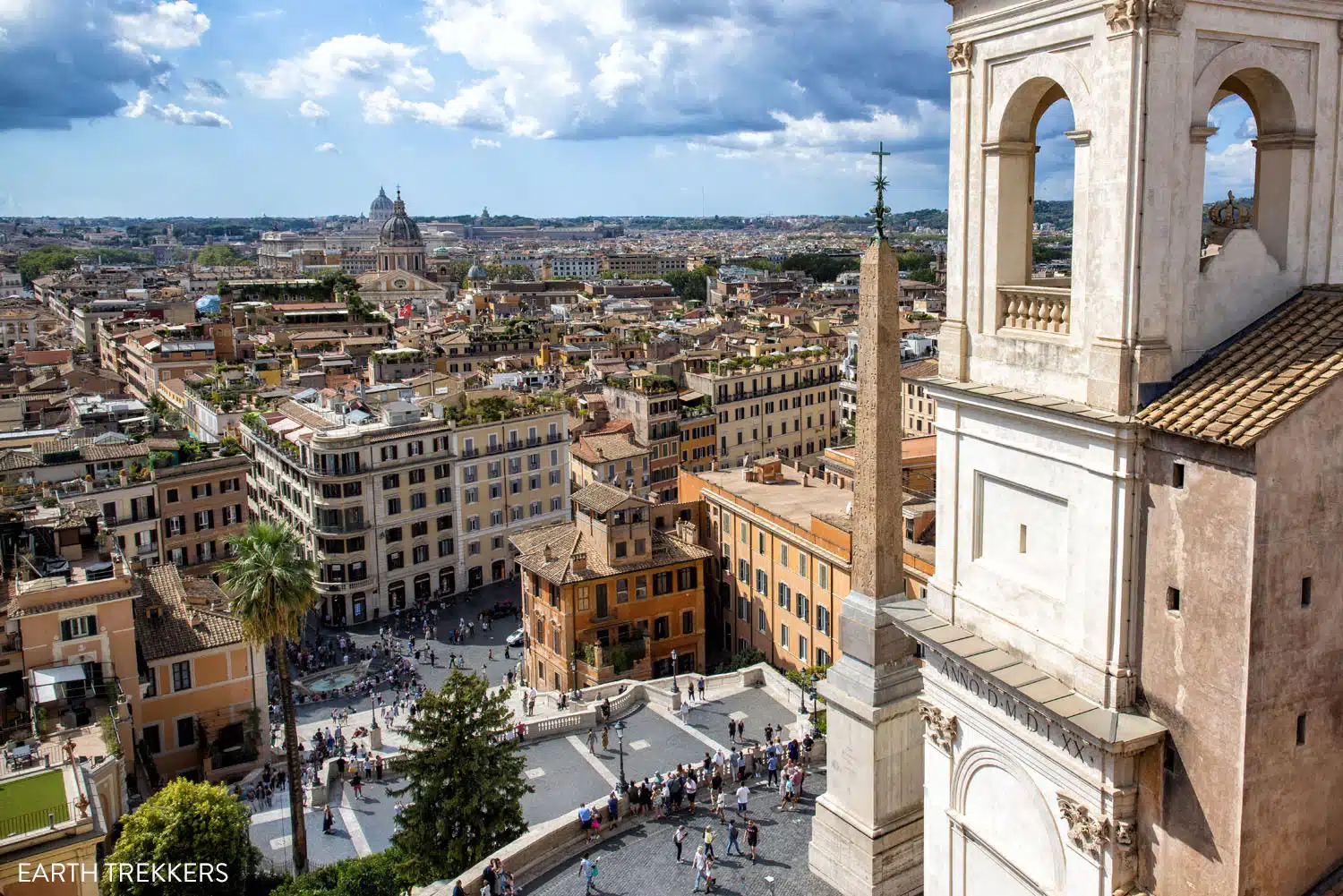
The view from Imàgo
7:00 pm: Dinner
For dinner, you can stay at Cielo Terrace or have dinner elsewhere. If you didn’t go to Trastevere yet, you could have dinner here tonight. For recommendations, take a look at our Rome Restaurant Guide.
Day 3: Appian Way, Catacombs, Borghese Gallery
In the morning, cycle on the Appian Way and tour the Catacombs. In the afternoon, visit the Borghese Gallery, an art museum that contains one of the best art collections in the world.
9:00 am: Appian Way & Catacombs
3:00 pm: Borghese Gallery
5:00 pm: Villa Borghese Gardens
6:00 pm: Aperitif
7:00 pm: Dinner
Morning: The Appian Way & the Catacombs
The Appian Way is an ancient Roman road that was built to connect Rome to Brindisi. Many monuments lie along this road, including the Circus of Maxentius and numerous catacombs.
If you are visiting Rome with kids, this is one of the best things to do in Rome.
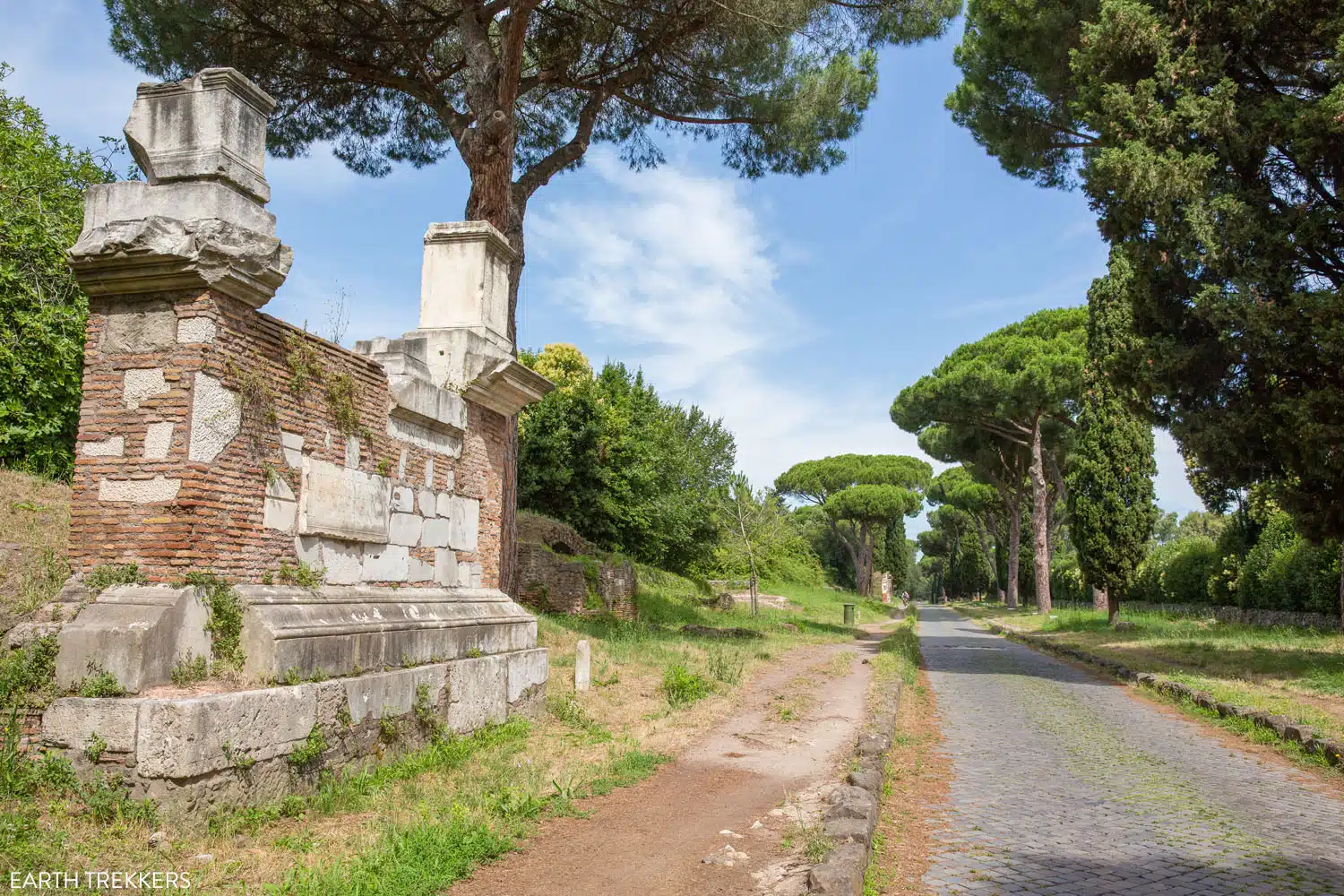
Appian Way
To visit the Appian Way, you can either rent bikes and cycle the road on your own or take a tour. Many tours use e-bikes and include a visit to the catacombs.We took the bus to the Appian Way, rented bikes at a small shop (Appia Antica Caffe), and cycled the road on our own, ending the morning with a visit to San Sebastian Catacombs. This takes about 3 hours, so if you get started at 9 am, you will finish around 12:00 pm. To learn how to do this on your own, take a look at our article about the Appian Way.
Joining a tour takes out a lot of the hassle of getting to and from the Appian Way (we used a combination of the metro and bus to get here). Plus, you get to tour the catacombs with a guide, so you’ll get the most out of your visit.
Here are several of the highest rated tours of the Appian Way and Catacombs. Some take 3 hours and there is one on this list that takes 6 hours. If you plan to visit the Borghese Gallery, take a shorter tour so you have enough time to also visit the Borghese.
Appian Way Tours
3:00 pm: Borghese Gallery
I put the Borghese Gallery at 3 pm, to give you enough time to have lunch and get here from the Appian Way. Plus, you will have to arrive 30 minutes before your tour time to pick up your tickets.
Getting to the Borghese Gallery: The closest metro station is Barberini and from here it is a 20-minute walk or a quick bus ride to get to the Borghese Gallery. You also have the option to use the bus, taxi, or Uber. There is more information about how to get here on the official website.
Even if you are not a big fan of art museums, or even just museums in general, the Borghese Gallery is still worth the visit. This art museum contains one of the best collections of art in the world. See works of art by Raphael, Caravaggio, Titian, and Bernini.
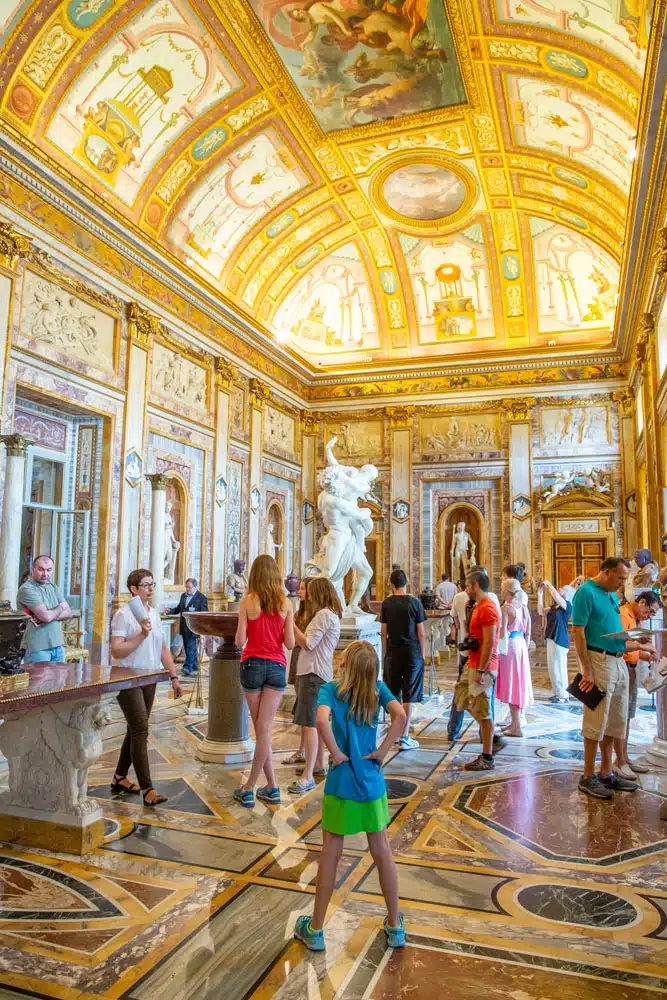
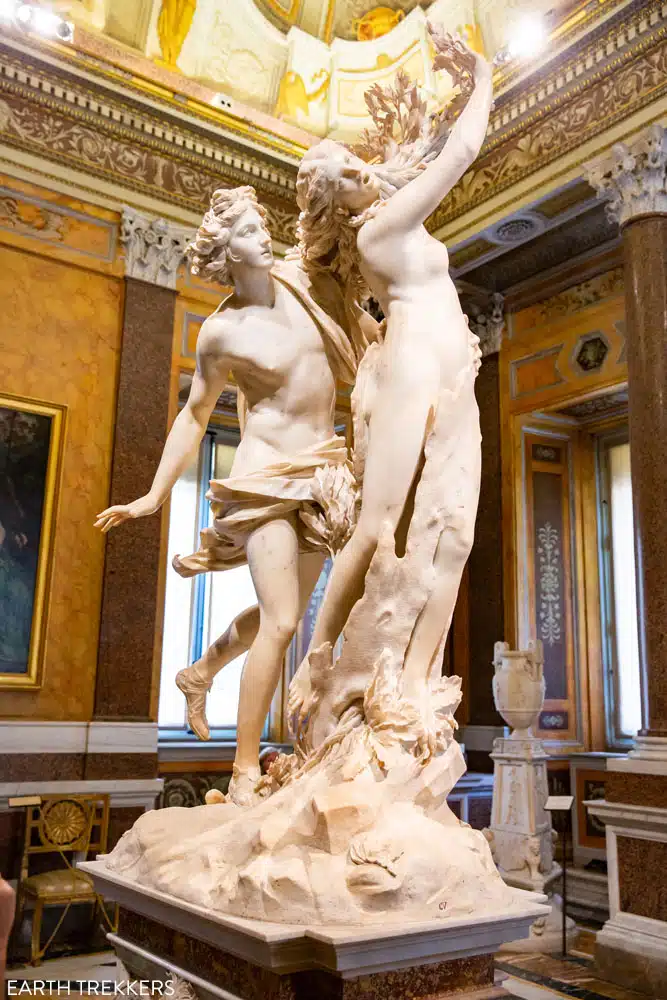
PRO TRAVEL TIP: You can only visit the Borghese Art Gallery with a reservation. Reservations can be made up to 3 months in advance. Reservations are made for two-hour time slots, starting at 9 am, and the last time slot is at 5:45 pm.
You can make your reservation online or call +39 06 32810. There is a €2 fee for making online reservations. Tickets can also be purchased through GetYourGuide, which includes a guided tour of Borghese Gardens. This is a great option if you want to visit the museum with a guide or were unable to purchase tickets on the official website.
Collect your tickets a half an hour before your time slot. For a 3 pm reservation, plan on arriving no later than 2:30 pm. If you arrive late, even 5 minutes late, they may turn you away. We saw this happen to other people who arrived late for their reservation.
Hours: 9 am – 7 pm; last entry at 5:45 pm
Closed Mondays
Cost: €13, prices can increase during special exhibits, +€2 reservation fee
Official Website: galleriaborghese.beniculturali.it
Nearest Metro Station: Barberini
5:00 pm: Villa Borghese Gardens
After your visit to Villa Borghese, take a stroll through the gardens. Notable things to see include Tempio di Esculapio (a small temple on the lake) and Orologio ad Acqua del Pincio (a hydropower clock).
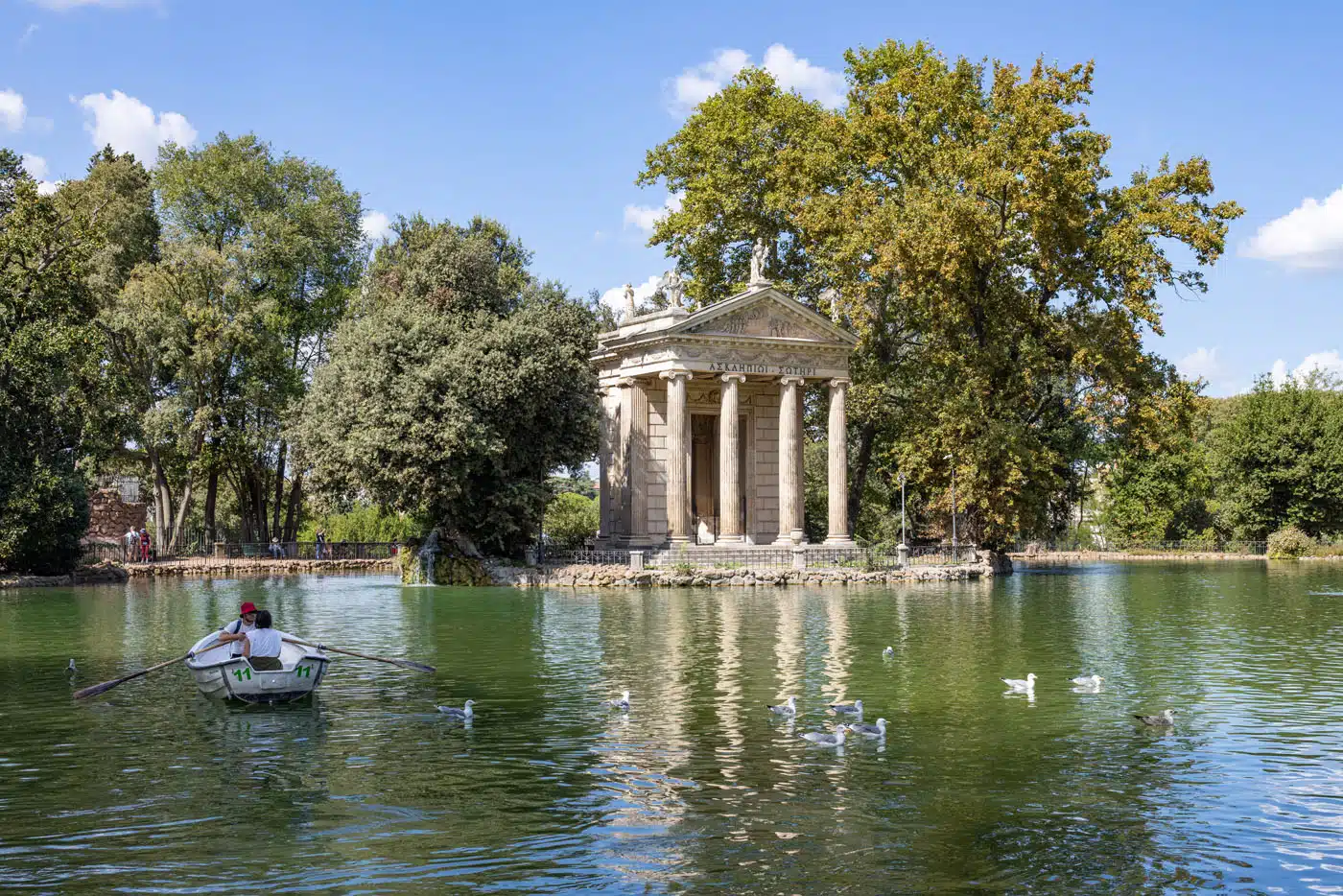
Tempio di Esculapio
At the far end of the Villa Borghese Gardens, you will be standing on Terrazza del Pincio. From here, you will overlook Piazza del Popolo.
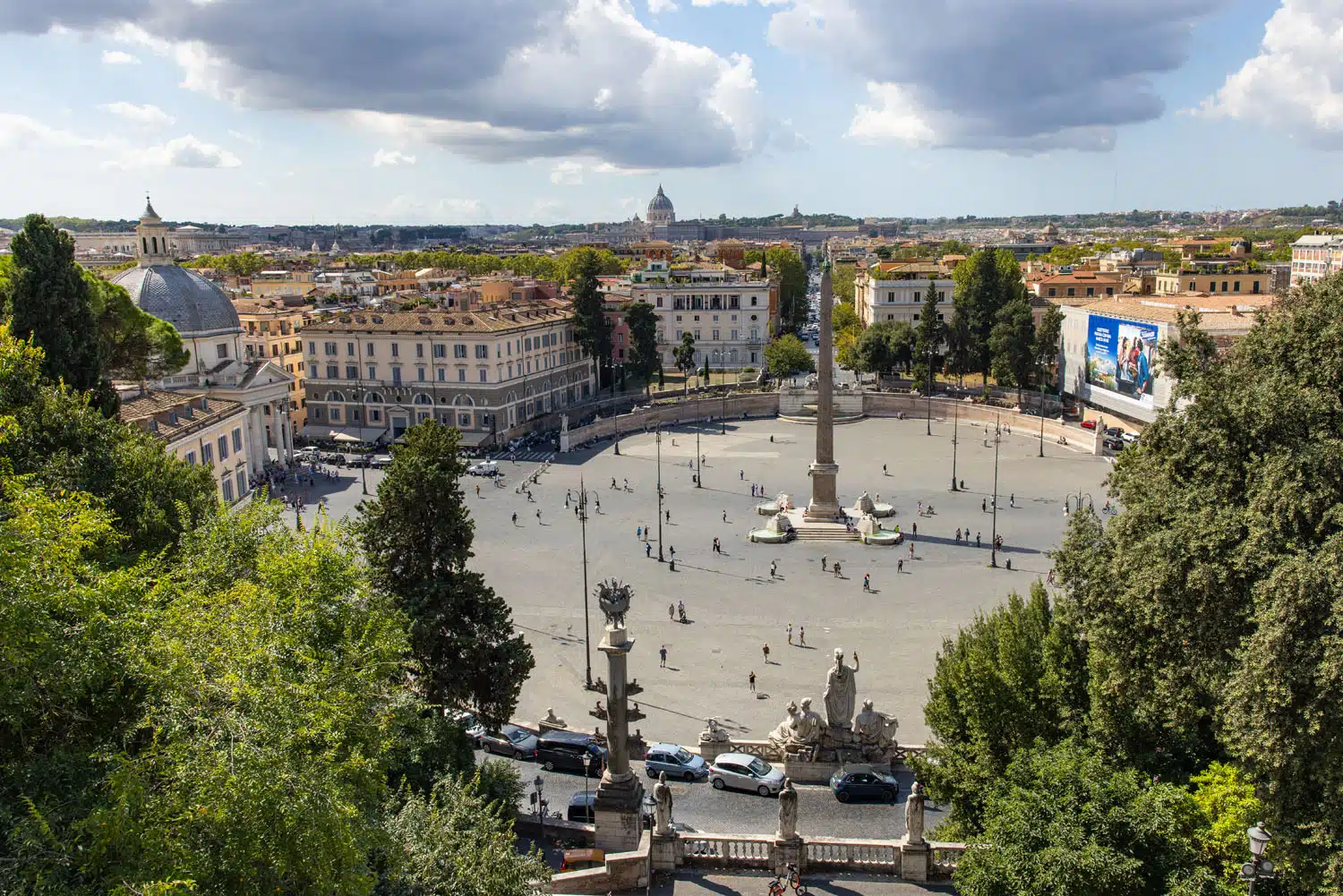
The view of Piazza del Popolo
6:00 pm: Dinner
If you aren’t getting tired of rooftop bars yet, we have a few more recommendations. Just a short walk from Piazza del Popolo is Terrazza Nainer. A little farther away is AcquaRoof Terrazza Molinari. This rooftop bar and restaurant serves amazing pasta dishes.
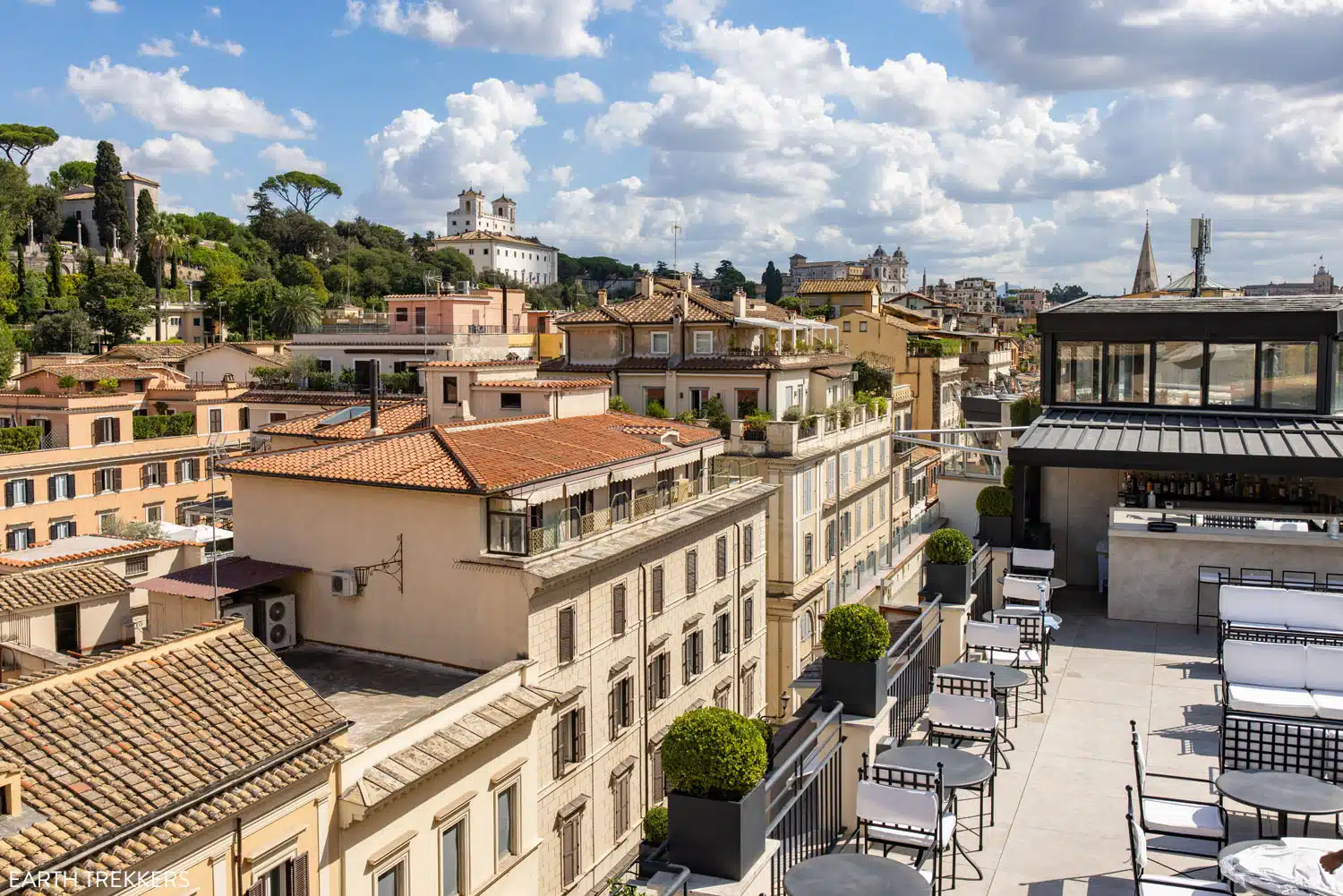
Terrazza Nainer
Another recommendation is Divinity Restaurant & Lounge, which is near the Pantheon. They have an outdoor terrace where you can have an aperitif and they also have an outdoor restaurant. The food and drinks are great and here is the view at sunset (the view from Divinity Restaurant is also the header photo for this itinerary):
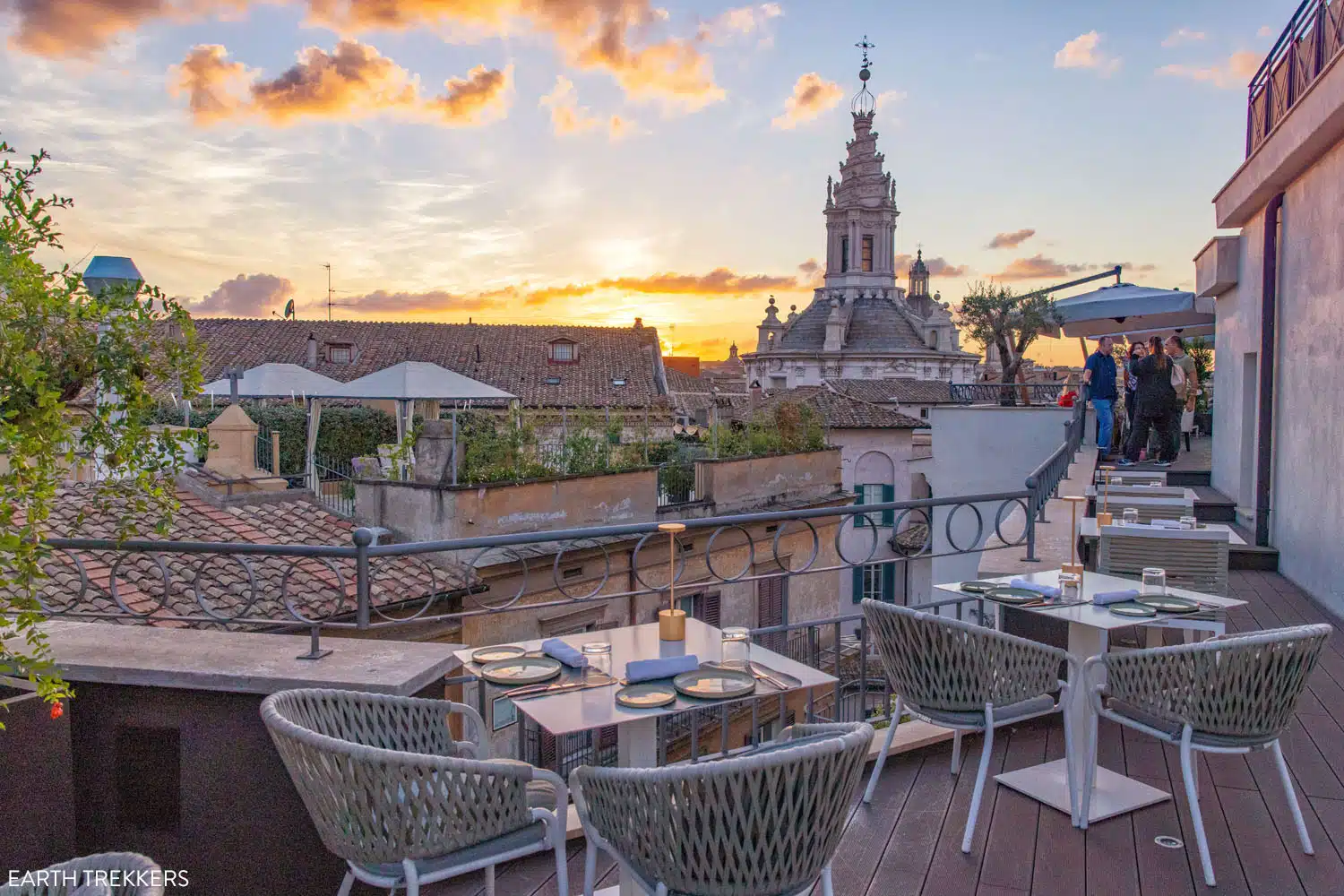
Divinity Restaurant & Lounge
Day 4: Cathedrals, Hidden Gems, Food Tours & Cooking Classes
Even after three busy days in Rome, there is still a very long list of archaeological sites and cathedrals to visit. We have organized these places into 4 hours chunks of time. You can pick and choose two of the blocks of time that look most interesting and put them together to create today’s itinerary.
Option #1: A Tour of Rome’s Cathedrals
This walking tour takes you to some of Rome’s oldest and grandest cathedrals. Some cathedrals close midday. We have provided the links to each one so you can get updated hours and pricing before your visit.
This walking route is 3.3 km/2 miles point-to-point. It starts at the Termini metro station and ends at the San Giovanni metro station. From the Termini metro station, it takes 3 minutes to walk to Santa Maria Maggiore.
Santa Maria Maggiore
This is the largest Catholic Marian church in Rome and a Major Papal Basilica. Things to see include the coffered ceiling (the gold on the ceiling was brought by Christopher Columbus to Ferdinand and Isabella), the Salus Populi Romani, the Crypt of the Nativity (which contains wood from the crib of Jesus Christ), and mosaics. Get hours here.
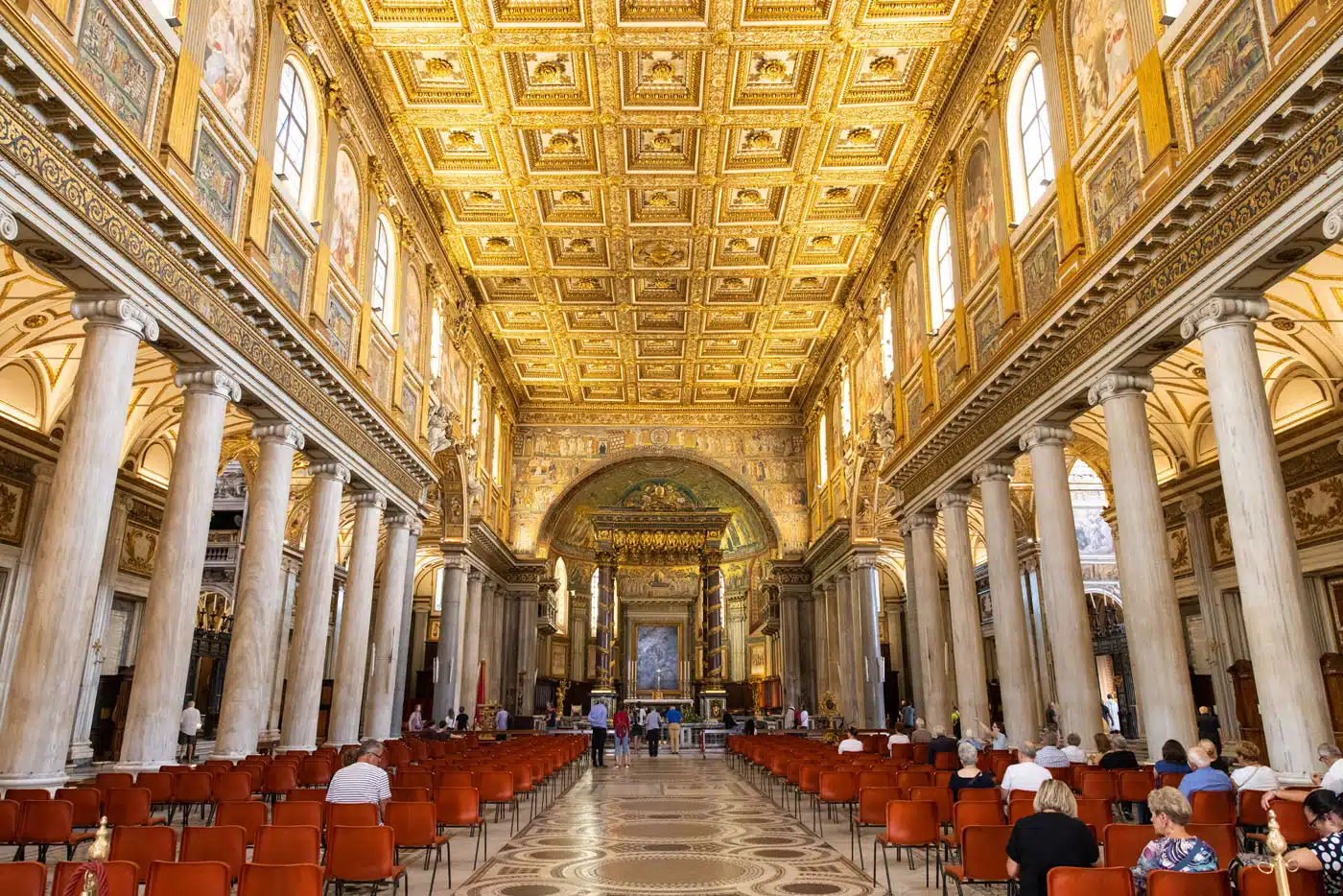
Santa Maria Maggiore
Basilica of San Pietro in Vincoli
It is a 10-minute walk from Santa Maria Maggiore to San Pietro in Vincoli. This church is famous for Michelangelo’s statue of Moses and a reliquary containing the chains of St. Peter. Get hours here (this basilica is closed midday).
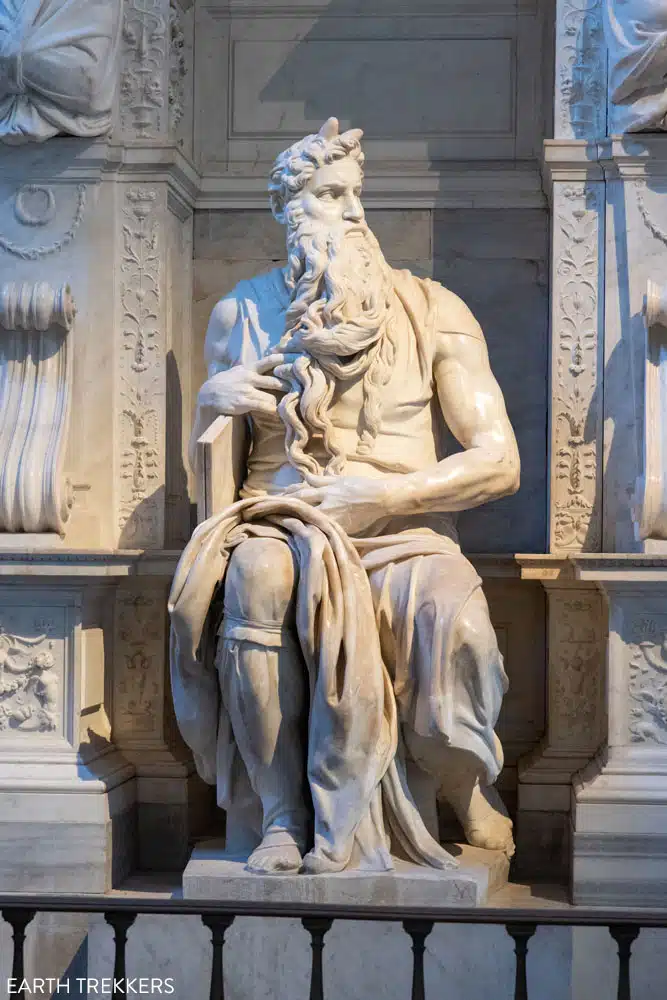
Moses by Michelangelo
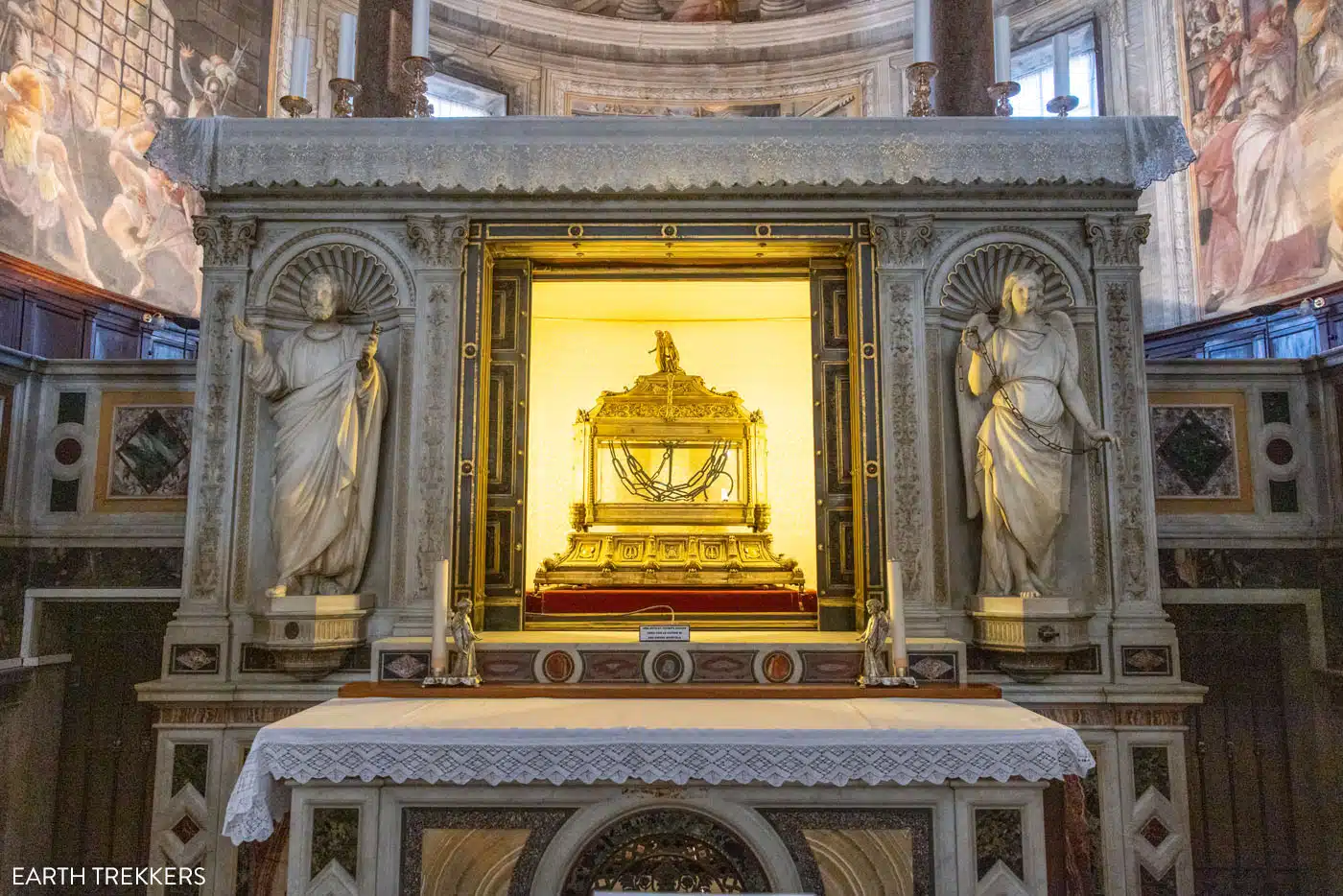
The chains of St. Peter
Colosseum
Next, you will walk past the Colosseum on the way to the next place to visit, the Basilica of San Clemente.
Basilica of San Clemente
The Basilica of San Clemente is famous for its three-tiered design: a present-day church that sits atop two much older churches. The oldest church, which is now underground, dates back to the first century. The spring that runs through this church also runs to the Colosseum. Get hours and pricing on the official website.
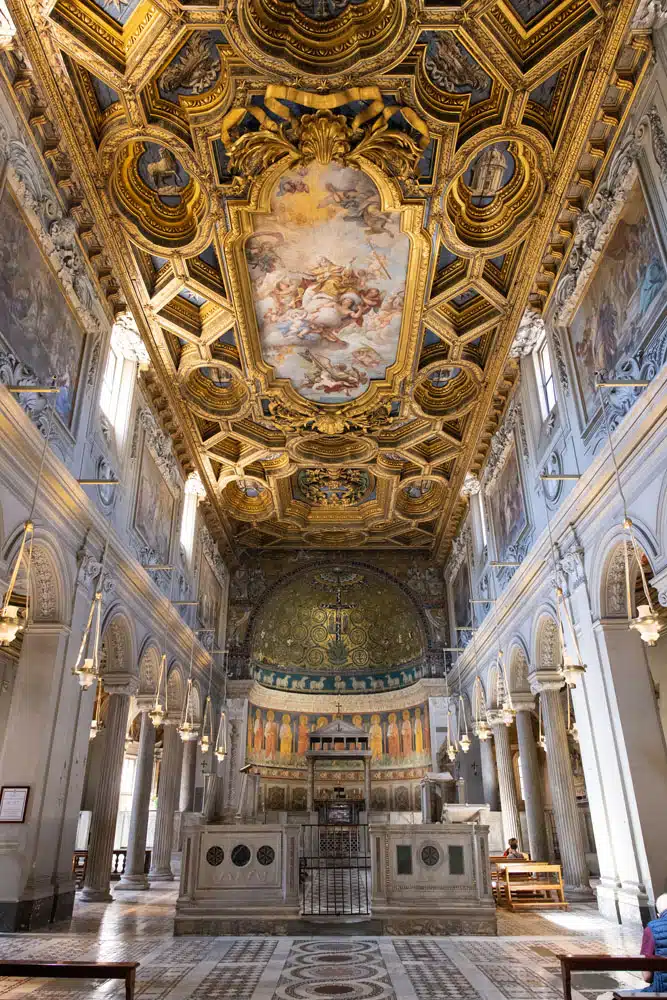
Basilica of St. Clemente
Scala Sancta
The Scala Sancta, or Holy Stairs, is a staircase of 28 marble steps that lead to the Sancta Sanctorum (Holy of Holies). The Sancta Sanctorum is the first private Papal chapel. It is believed that Jesus Christ climbed these same stairs several times a day while imprisoned in Pontius Pilate’s palace in Jerusalem. The stairs were later relocated to this site in Rome.
At the top of the Holy Stairs is the Sancta Sanctorum. You can get a peek of it through the window or spend a few euros for a ticket to enter the chapel, which is well worth it. This small chapel is covered in colorful mosaics and a beautiful place to visit.
Get hours and pricing on the official website.
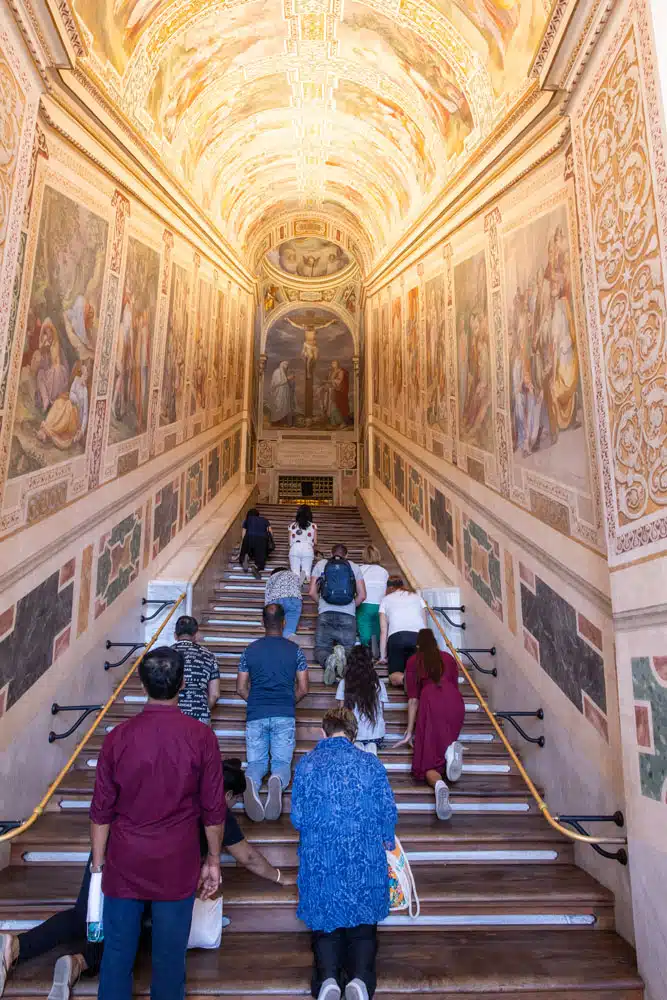
Scala Sancta
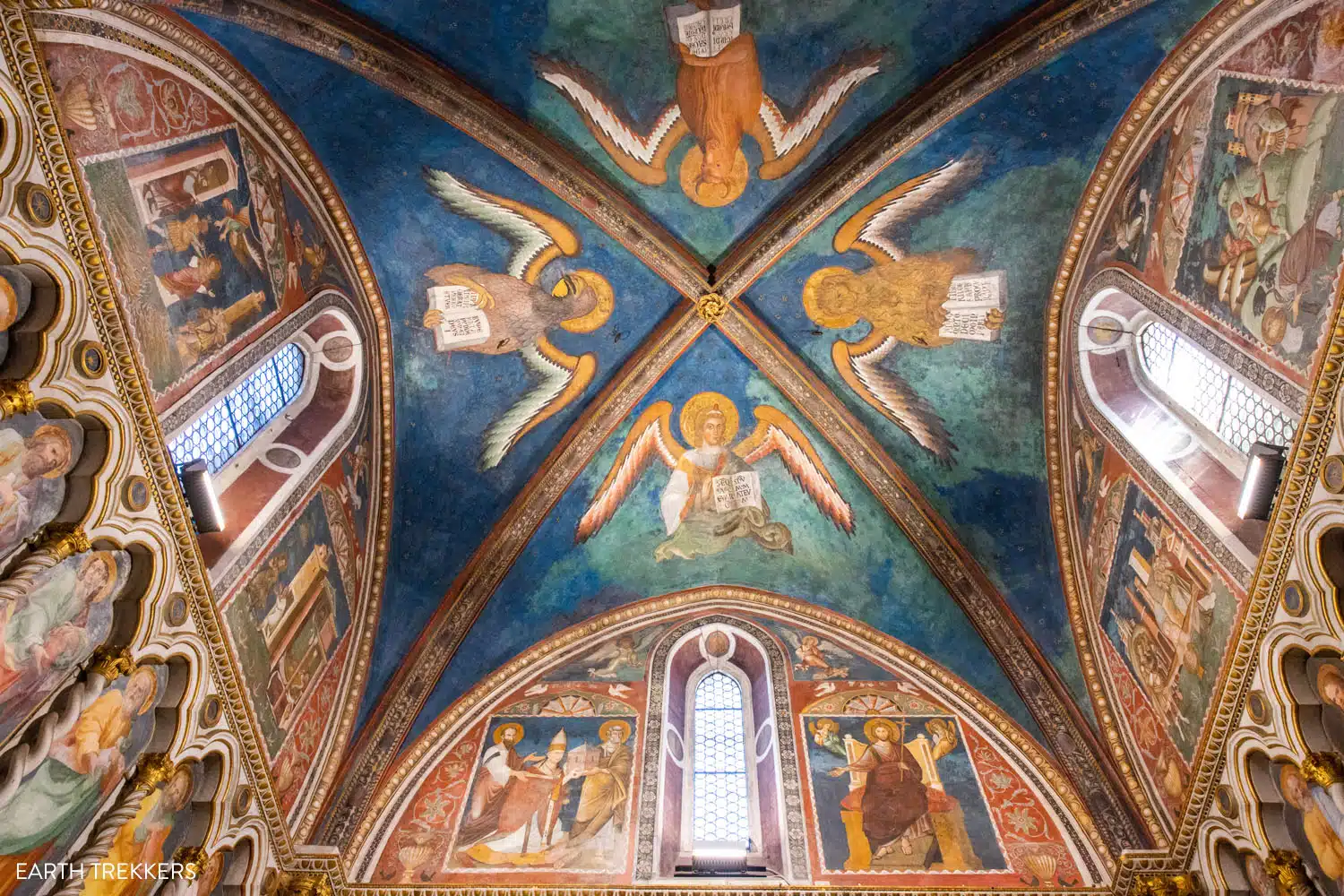
Ceiling of the Sancta Sanctorum
Basilica of Saint John Lateran
This basilica, which is across the street from Scala Sancta, was founded in 324 AD, making it the oldest basilica in the Western world. It is also the Pope’s official seat. A visit here is free, but for a few more euros, you can visit the cloister and monastery, which is well worth it.
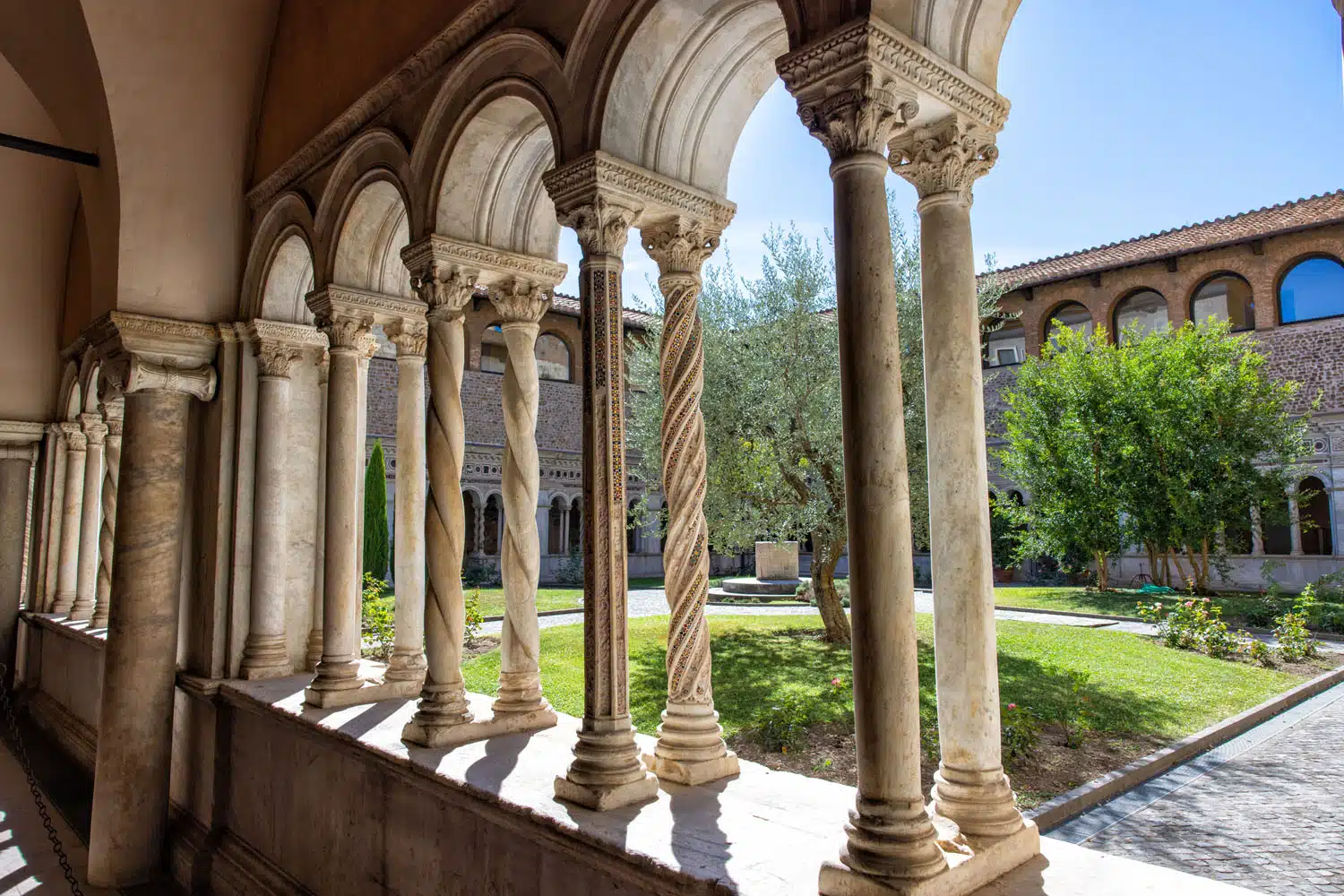
Cloister of Saint John Lateran
Option #2: Aventine Hill, Jewish Ghetto & Mouth of Truth
This half day itinerary takes you to some interesting, off the beaten path destinations. This point-to-point walk is 3.2 km/2 miles. It starts on Aventine Hill and ends at the Spada Gallery.
Knights of Malta Keyhole
This keyhole is famous for its view of the dome of St. Peter’s Basilica. There is usually a short line to look through this keyhole. When we did this, a black bar sat across the keyhole, obstructing most of the view. So, before you go, just be aware that you may not get the same great view that you have seen online or on Instagram.
It is free to visit and plan on spending about 15 minutes in line.
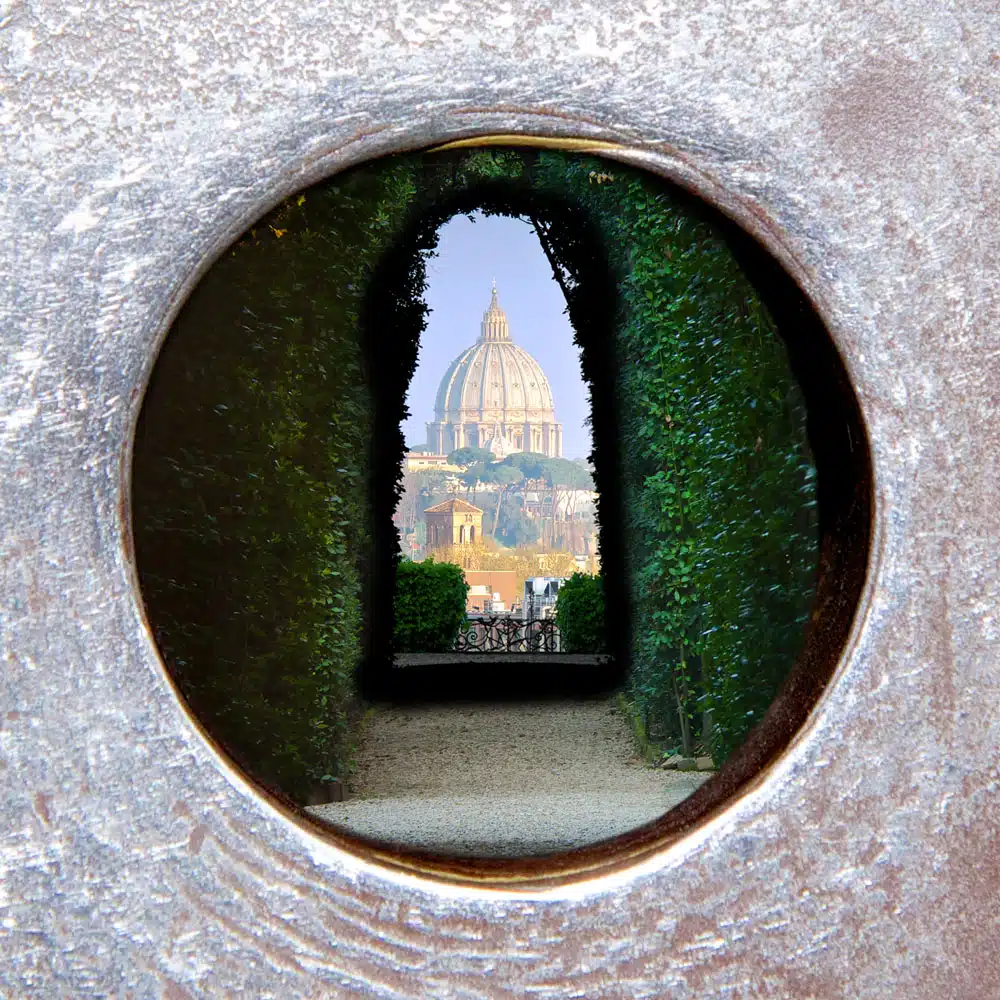
photo credit: Matteo Gabrieli/shutterstock.com
View from the Orange Garden
From the keyhole, walk through the Orange Garden to a viewpoint called Terrazza Belvedere Aventino. From here, you get a sweeping view of Rome and the Altar of the Fatherland is the main focal point.
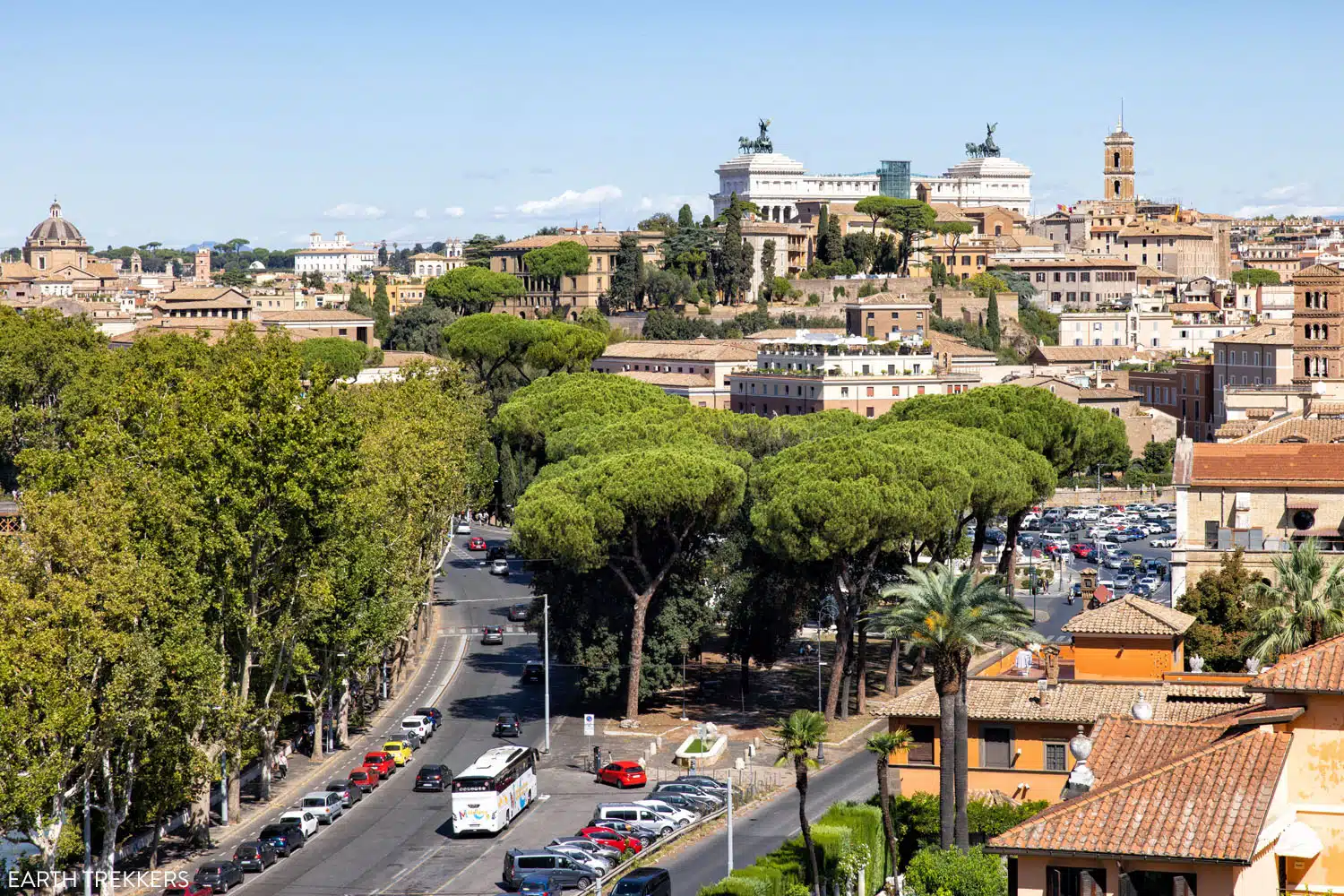
View from the Orange Garden
Bocca della Verita
From the Orange Garden, it is a downhill walk to get to Santa Maria in Cosmedin.
The Mouth of Truth is a marble mask that is located in the portico of the Santa Maria in Cosmedin church. Legend has it that it will bite off the hand of anyone who tells a lie while their hand is inside of the mouth.
After having your photo with the Mouth of Truth, you have the option to enter Santa Maria in Cosmedin. Inside, you can visit the crypt and see the skull of St. Valentine, which sits in a side altar on the left side of the church.
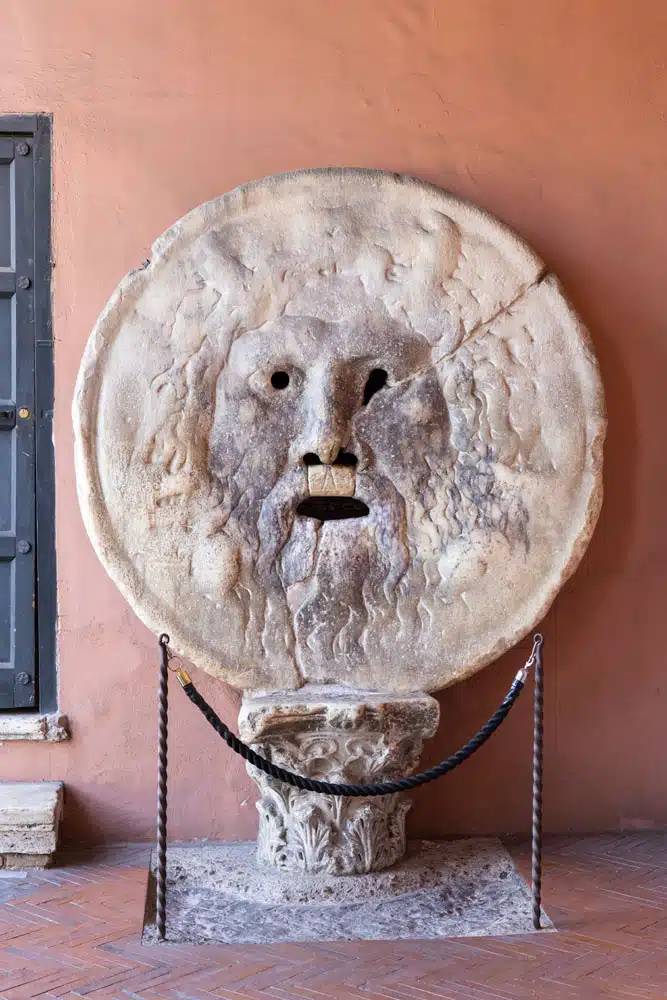
Mouth of Truth
Theatre Marcellus and Porticus Octaviae
From Santa Maria in Cosmedin, it is a 5-minute walk to Theatre Marcellus. This building looks like a smaller version of the Colosseum. It’s older than the Colosseum and could hold up to 20,000 spectators. It has been turned into a palace but you can still see the ancient exterior walls of the theater.
Walk around Theatre Marcellus and take the pathway to Porticus Octaviae, which was built in 27 BC to enclose the temples of Jupitor Stator and Juno Regina. The theatre and the remains of the Porticus are located together and take just a few minutes of your time.
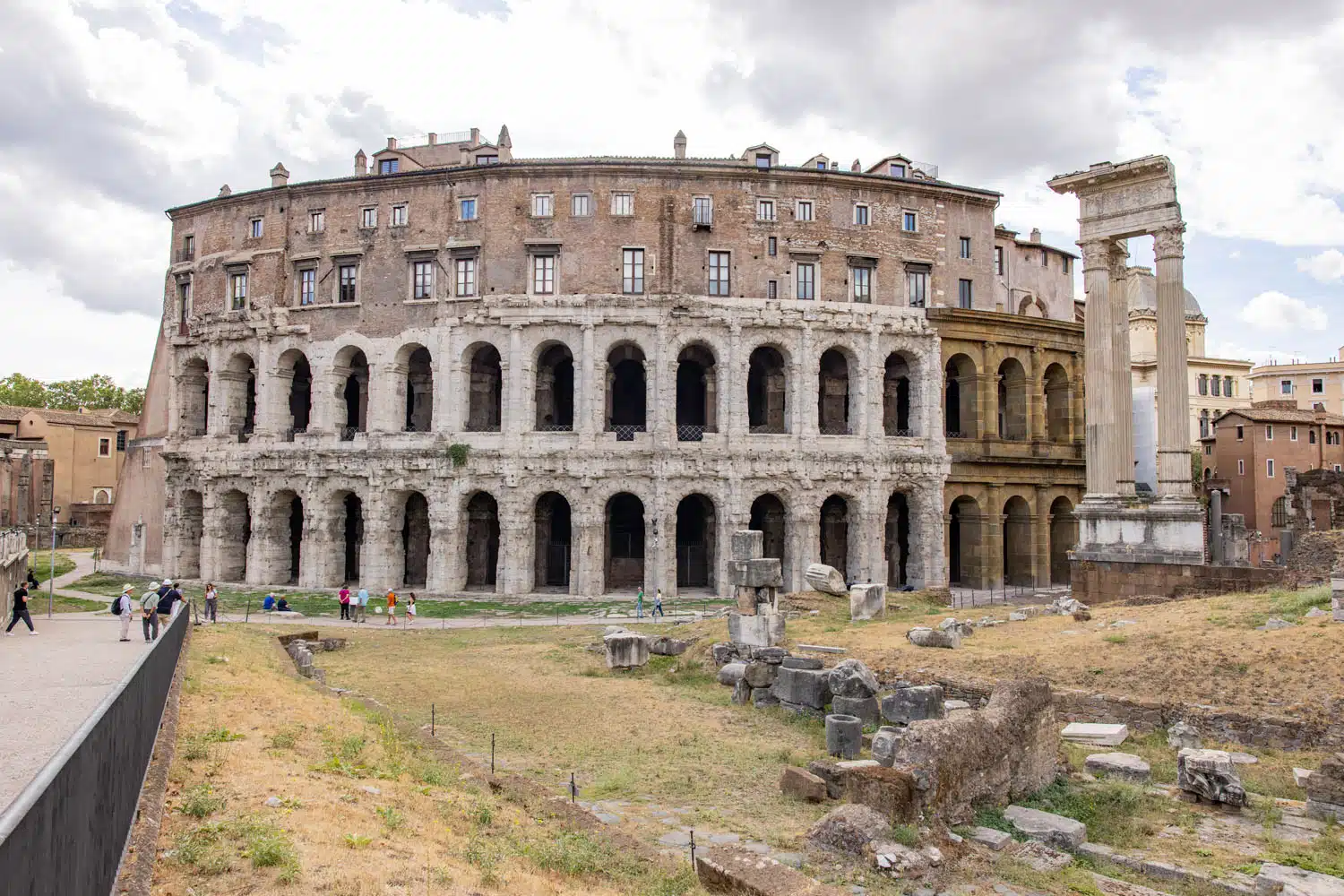
Theatre of Marcellus
Jewish Ghetto
Spend the next 30 to 60 minutes strolling through the Jewish Ghetto. See the Turtle Fountain and the Great Synagogue (Tempio Maggiore di Roma). You can also grab a bite to eat. We had a drink at the bar at Chapter Roma. They have a rooftop bar but it does not open until the evening.
Spada Gallery
Galleria Spada is an art museum that is located inside of Palazzo Spada. This gallery contains four rooms filled with Baroque paintings that were collected by Cardinals Bernardino and Fabrizio Spada. In these rooms, you will see works of art by Titian, Caravaggio, Rubens, and Guido Reni.
The main attraction here is the perspective gallery that was created by Borromini. This is the best place to see an optical illusion in Rome. The colonnaded gallery is only 8 meters (26 feet) long and the statue of Mars is only 60 centimeters (24 inches) high, but they look much larger than this.
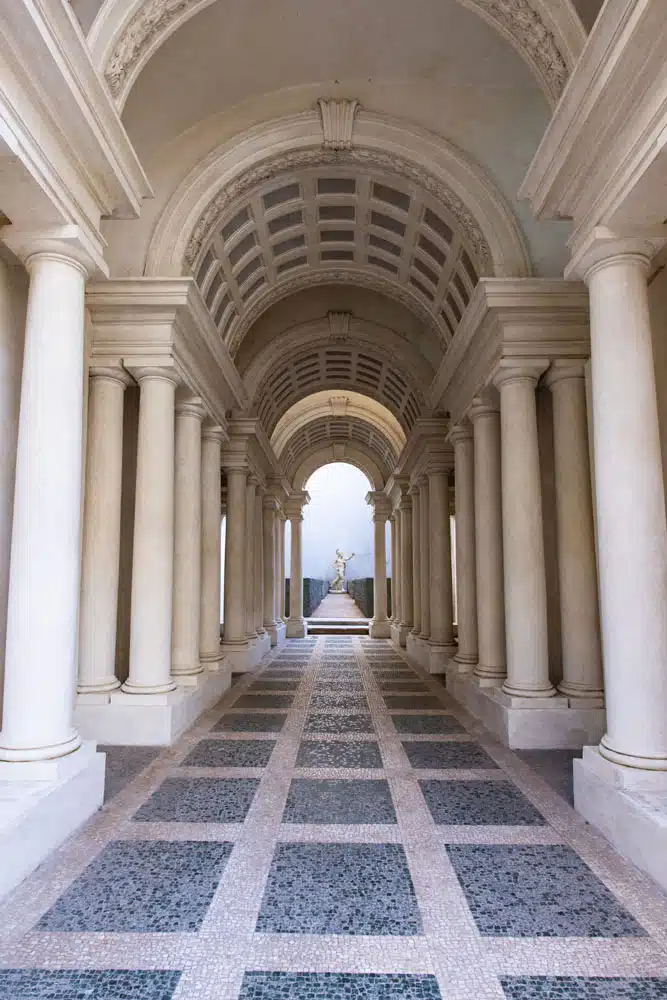
Spada Gallery
Tickets can be bought online or at the palazzo. We purchased our tickets onsite and there were just a few other people here during our visit.
From the Spada Gallery, it is a 3-minute walk to Campo de’Fiori and a 7-minute walk to Piazza Navona. You can also retrace your steps back to the Jewish Ghetto, cross the Tiber River, and then spend a few hours in Trastevere.
Option #3: Food Tour or Cooking Class
One of the best things to do in Rome is to take a food tour or cooking class. These walking tours combine some of Rome’s most interesting neighborhoods with local foods. These tours typically take about 4 hours.
This highly rated street food tour takes visitors through Trastavere or the Jewish Quarter.
Or take a sunset food tour of Trastevere or this food and wine tour also includes a visit to a market.
In this cooking class, learn how to make authentic pasta and pizza, taste limoncello and tiramusa, and enjoy unlimited red wine.
Option #4: Domus Aurea or Capuchin Crypt
There are two notable places to visit in Rome that didn’t make it into our itinerary above. You don’t miss much by skipping them, but they are interesting and worth mentioning, so you know about them.
The Capuchin Crypt
In several small chapels underneath the church of Santa Maria della Concezione dei Cappucchini are the skeletal remains of almost 4,000 Capuchin friars. The bones are arranged in artistic patterns. It’s morbidly fascinating and definitely an off-the-beaten-path location. Unfortunately, photographs are not permitted.
For updated hours and pricing, click here.
Domus Aurea
Domus Aurea is massive villa that was built by Emperor Nero. This immense, opulent palace, also called the Golden House, was covered in marble and gold. It had 300 rooms. After Nero’s death, the palace was stripped of its marble and jewels and much of the palace was filled with dirt, which helped preserve it. It is now one of Rome’s most important archaeological sites.
It can only be visited on a small group tour. If this sounds like a place you would like to visit, take a look at the official website for pricing, hours, and information on booking your visit.
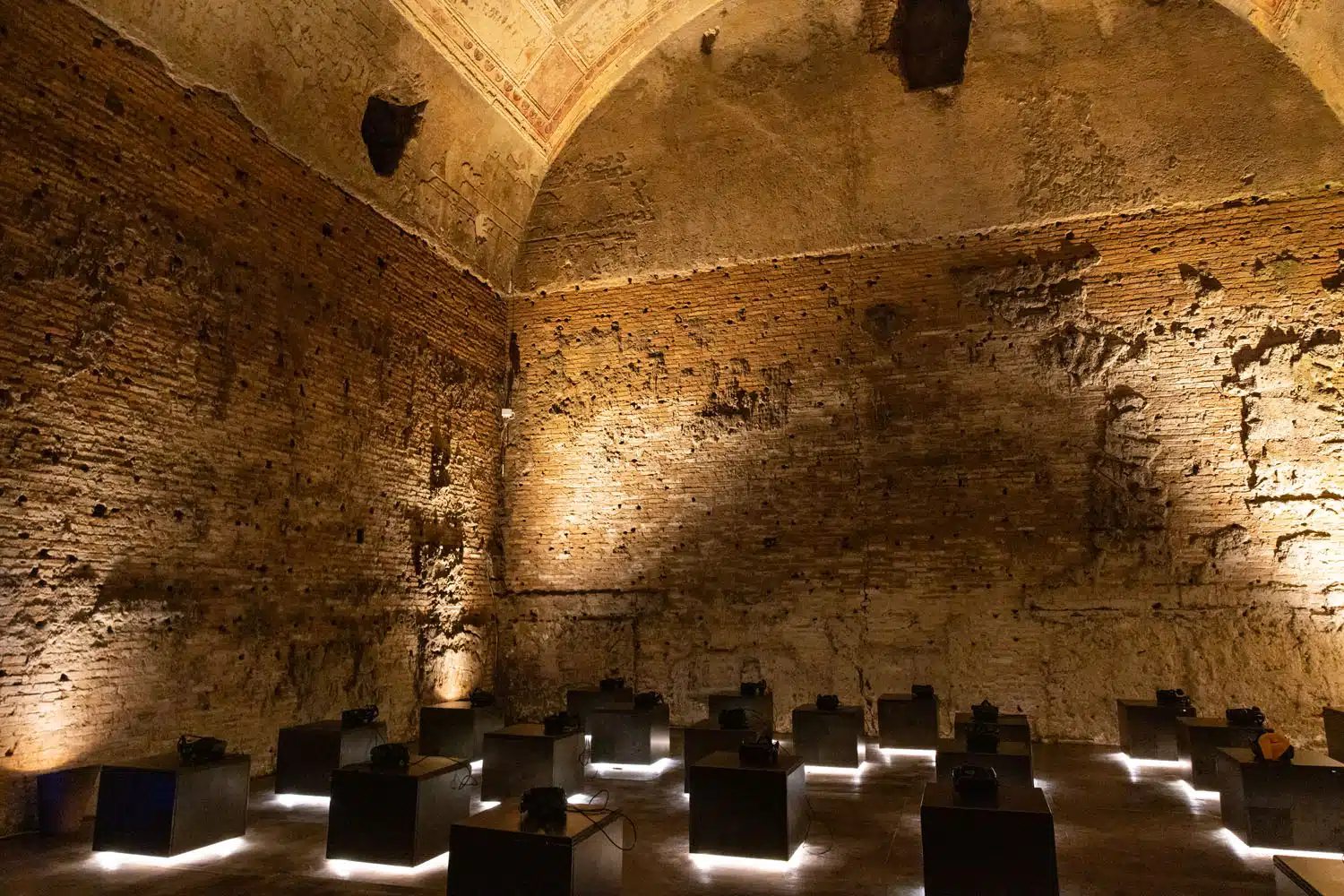
Seating for the Immersive Reality experience in Domus Aurea
Option #5: Colosseum at Night
One of the best ways to visit the Colosseum is on a nighttime tour. It’s a wonderful way to end your visit to Rome. These tours sell out far in advance since spots are limited and this is a very popular thing to do.
This nighttime tour includes a visit to the Arena Floor.
Are the Travel Passes Worth It?
There are several different travel passes in Rome, including the Roma Pass, the Omnia Card, and the Turbo Pass. Of the three passes, the Roma Pass is best for this itinerary. The Roma Pass is the cheapest of the three (the Omnia Card and Turbo Pass are expensive and cover a lot of sites not listed in this itinerary, so you won’t get your money’s worth).
The 3 day Roma Pass costs €58.50. It also covers a long list of sites that are not in our itinerary, but it does cover the Borghese Gallery, Spada Gallery, the Capitoline Museums, and the Colosseum and Roman Forum. The first two sites you visit are free and then the remainder get a discount. You also get free use of the public transportation. The savings are minimal and with the Roma Pass, you still have to make your Colosseum reservation in advance (if Colosseum tickets are sold out, you will then have to offer a tour, so the Roma Pass is of no benefit in this situation). We don’t think it is worth it, but you can learn more about it on the official website.
How to Get Around Rome
The majority of the must-see sights in Rome are located in central Rome. It’s possible to get around mainly by walking, but you can save your steps, and a little bit of time, by also using the Rome metro or taking a taxi.
Taxi stands are set up throughout the city. On Google Maps, you can search “taxi stand” for the ones closest to your location. Then you get in the taxi first in line and tell them your next destination. We frequently do this and in 2022, every taxi we took used credit cards (but it is good to have some cash on hand as a back up). To tip the taxi driver, we added on 1 to 2 euros to the fare.
You can also use Uber but we ended up spending a lot of time waiting for the Uber to arrive and figured out it was quicker to walk to the closest taxi stand.
The metro is fast, cheap, and easy to use. It’s a lot more economical than a taxi. Just beware of pick pockets on the metro and in other crowded places throughout Rome.
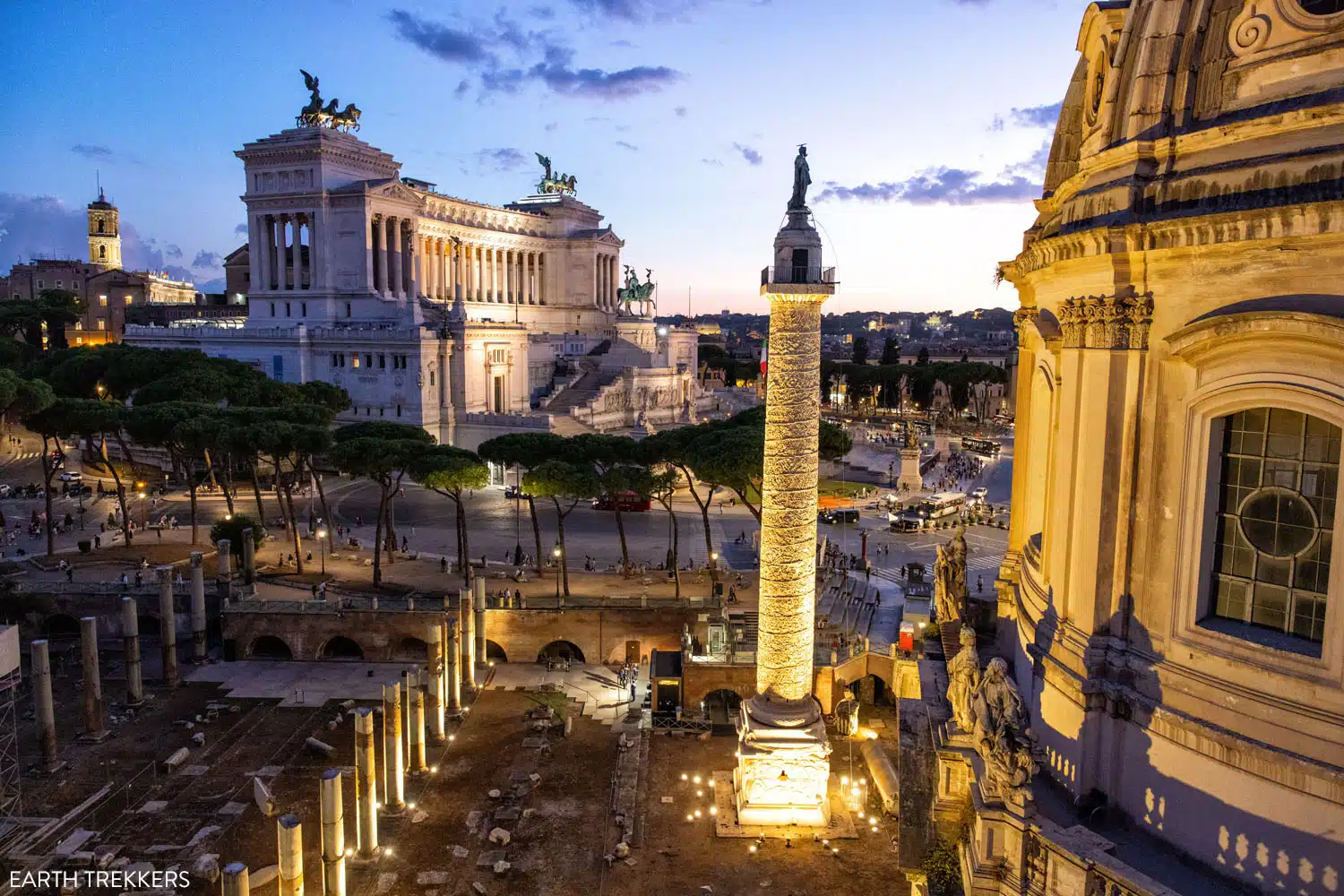
The view from Oro Bistrot in the evening
Best Time to Visit Rome
Spring and fall are the best times of the year to visit Rome. During this time, the weather is great for sightseeing and crowds tend to be lower than the busy summer months. But here is a breakdown by season of what you can expect in Rome:
WINTER: It’s chilly in Rome during the winter months. Daytime high’s average around 13°C (55°F) and it is a little colder at night. Rainfall is slightly above average for the year (averaging about 7 days of rain per month in December, January, and February).
SPRING: In early spring, the high temperature is 16°C (60°F) and it continues to get warmer week by week, reaching an average high of 27°C (80°F) by June. Rainfall chances go down the closer you get to the summer months. May and June have warm weather and lower chances of rain than the fall and winter months.
SUMMER: Expect the biggest crowds of the year and hot weather during the summer months. Daily high temperatures average 31°C (87°F) but they can easily get up to 35°C (95°F). Rainfall is the lowest of the year. If you plan to visit in the summer months, make your hotel reservations far in advance as well as your entrance tickets into the museums.
FALL: In early fall, crowds can still be high, not really quieting down until the end of October. Daytime high’s range from 26°C (79°F) in early fall and cooling off to 17°C (62°F) by late fall. Autumn is the wettest time to visit Rome (mid-September through early December with rainfall peaking in November), so bring an umbrella if you plan to be here at this time.
VERDICT: The best time to visit Rome is May through mid-June. The weather is nice and crowds are manageable.
Where to Stay in Rome
For recommendations on where to stay, read our Best Hotels and Neighborhoods Guide for Rome. Learn where to stay for a great view of the Colosseum and Piazza Navona and get recommendations whether you are looking for a budget hotel, luxury hotel, or if you are traveling as a family.
Where to Eat in Rome
We listed several recommendations in this itinerary, but for a bigger list of recommended restaurants, take a look at our Rome Restaurant Guide. And for rooftop bars, take a look at our guide about the Rome Rooftop Bars.
Where Are You Going Next?
If you are just beginning to plan your Italy itinerary, take a look at our 10 Days in Italy Itinerary for five different ways to spend 10 days in Italy. We also have a detailed 10 day itinerary that includes Rome, Florence, the Cinque Terre, and Venice.
For those with more time, check out our 14 day Italy itinerary, which covers the highlights of Italy.
On this 10 day southern Italy itinerary, visit the Amalfi Coast, Castelmezzano, Matera, Alberobello, and more towns in Puglia.
If you have any questions about this 4 days in Rome itinerary, let us know in the comment section below.
More Information for Your Trip to Italy
We have TONS more information about Italy in our Italy Travel Guide, including Rome, Florence, Venice, Tuscany, the Dolomites, the Amalfi Coast, the Cinque Terre, Basilicata, Sicily, and Puglia.
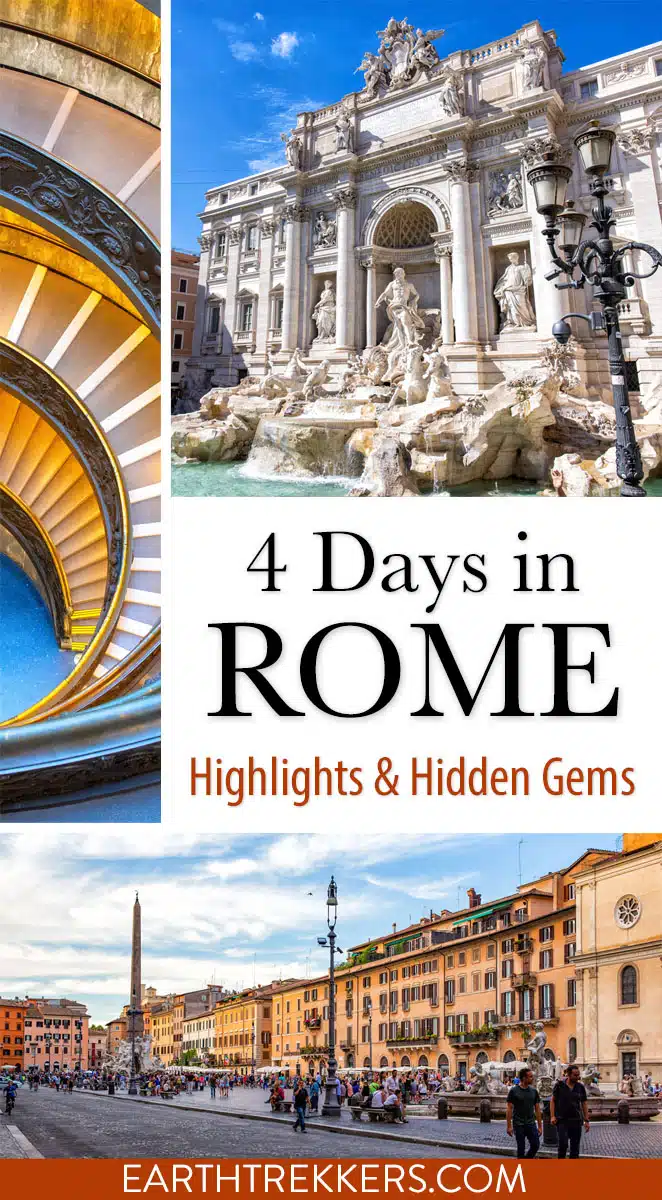
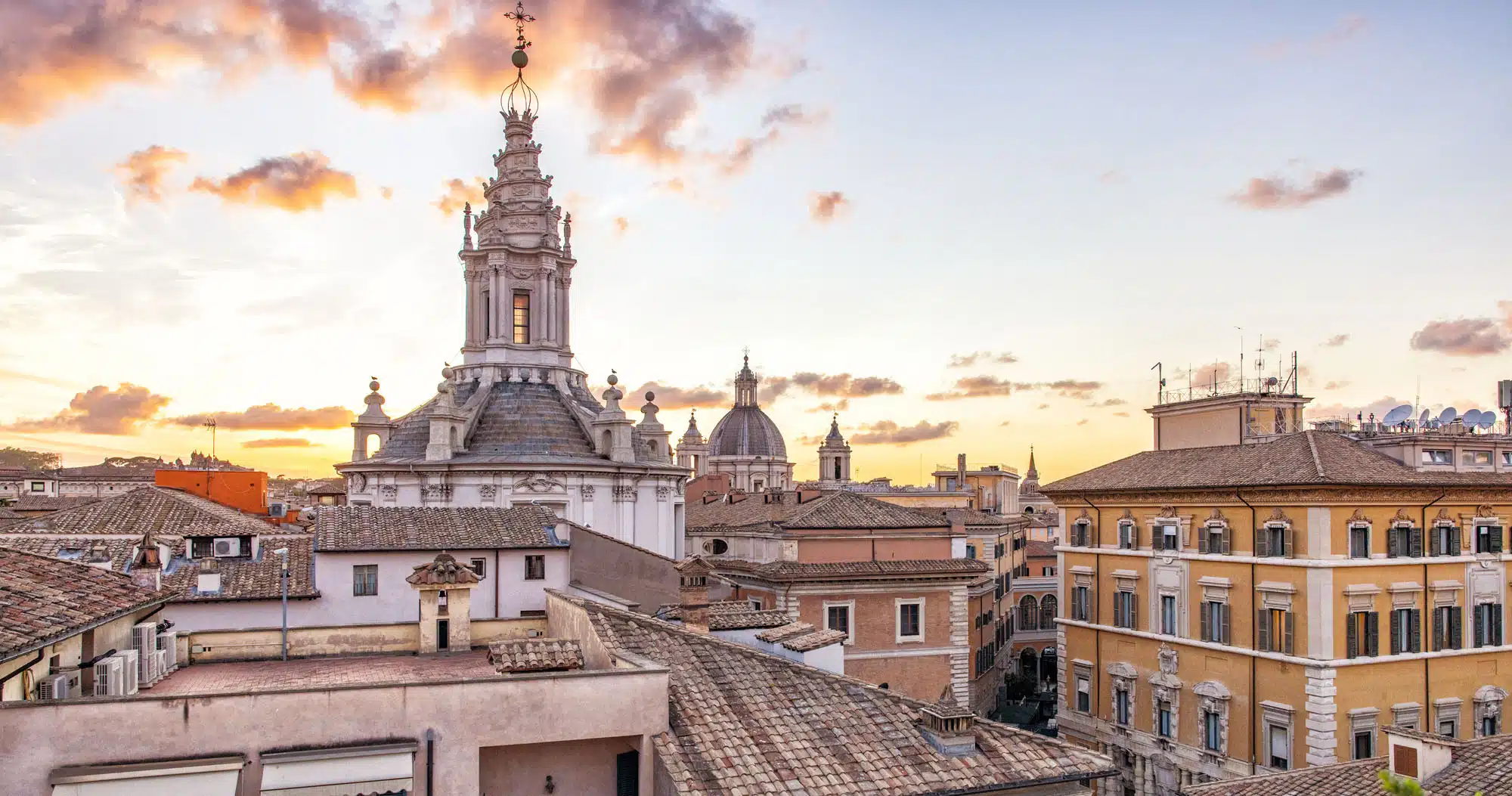
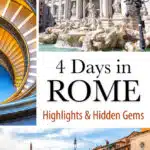
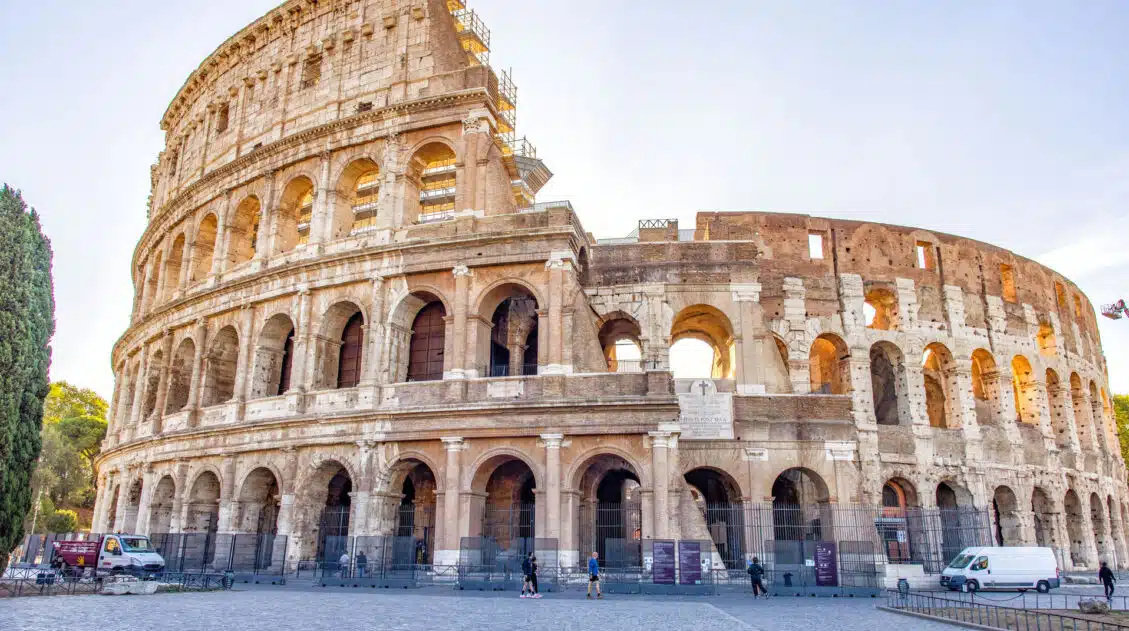
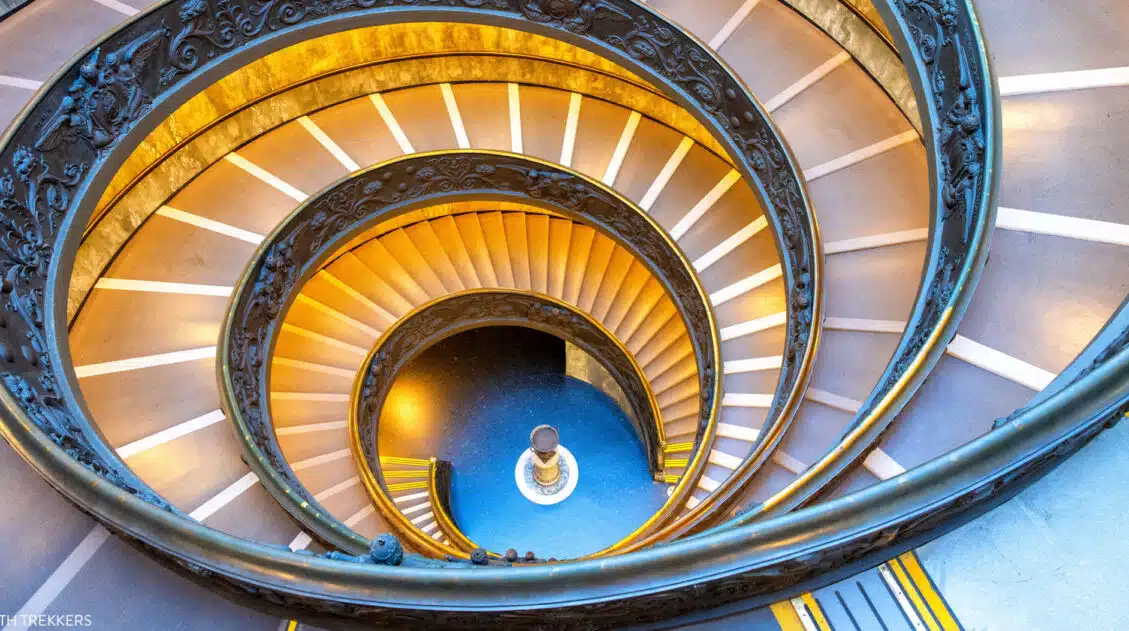
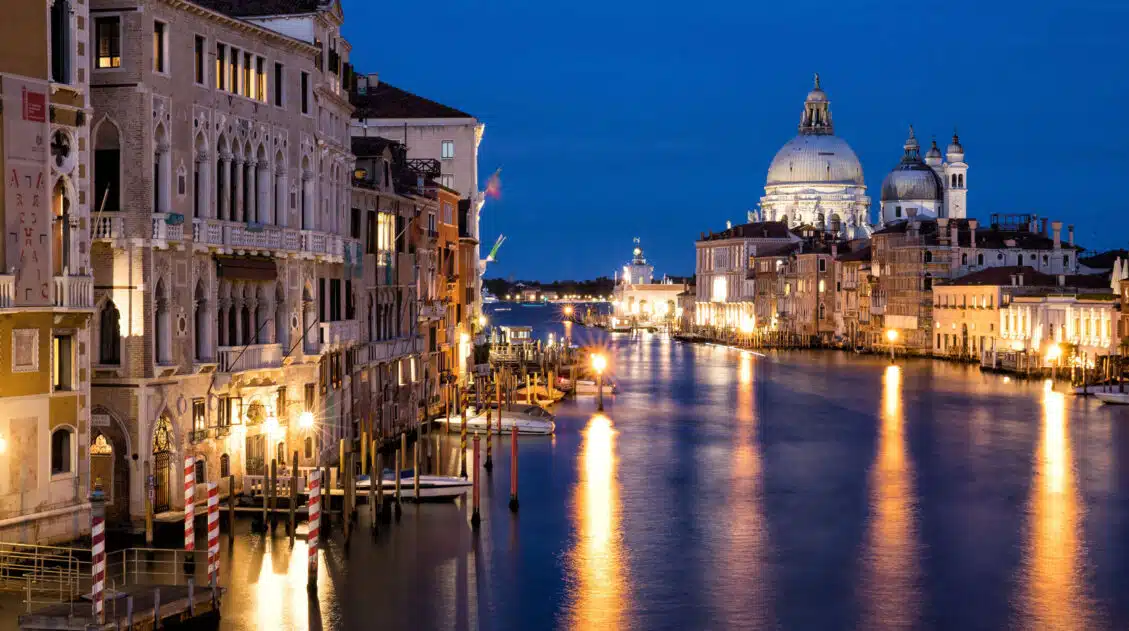
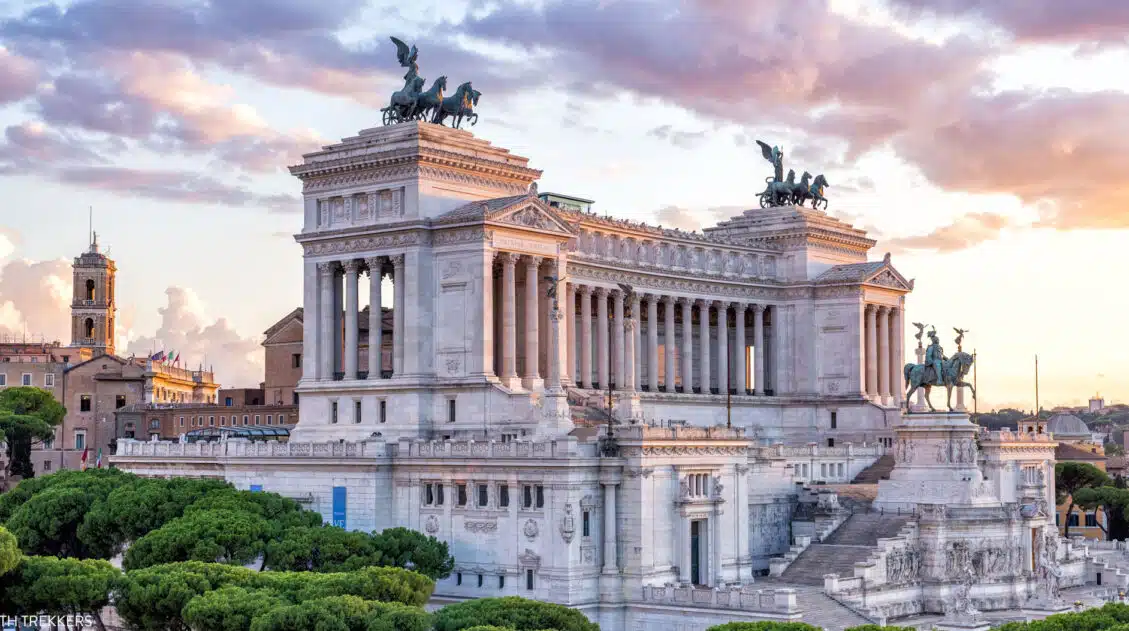
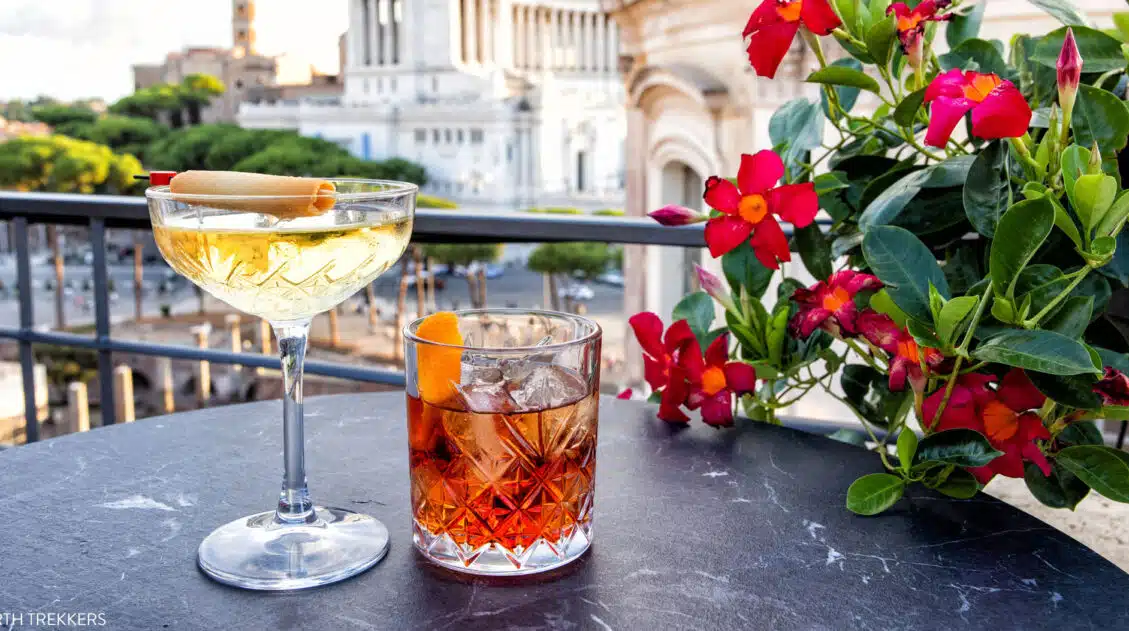
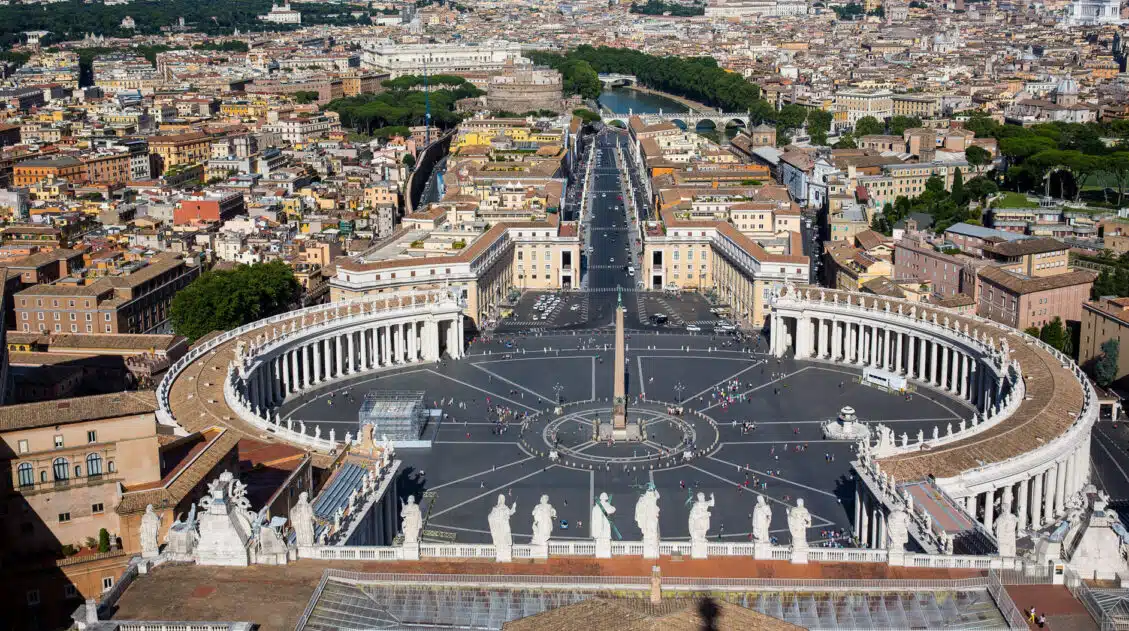
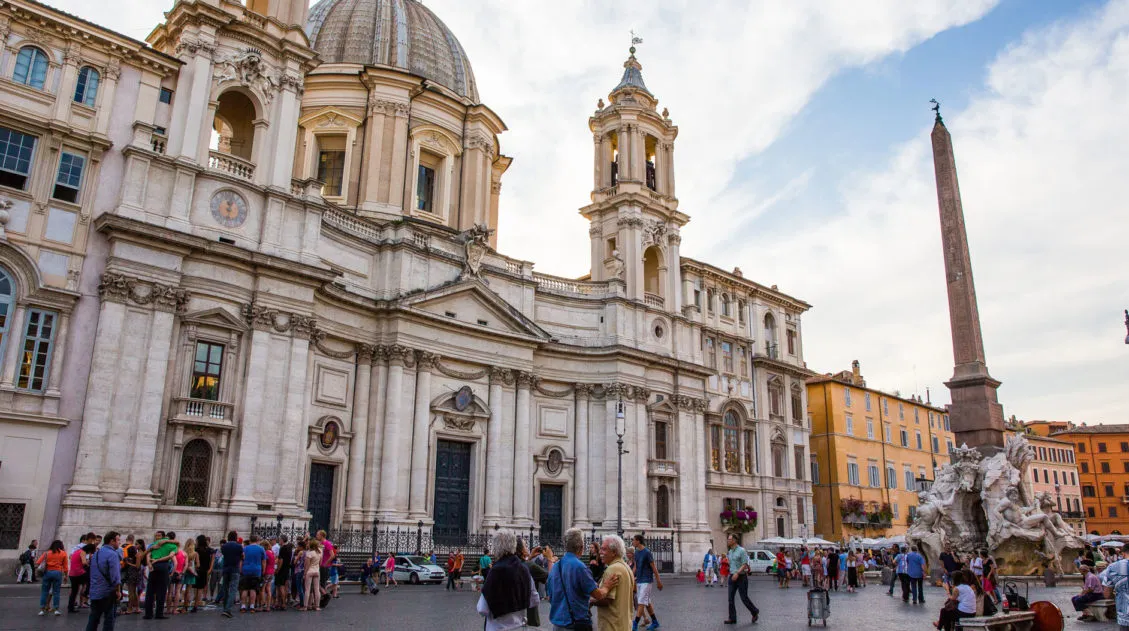
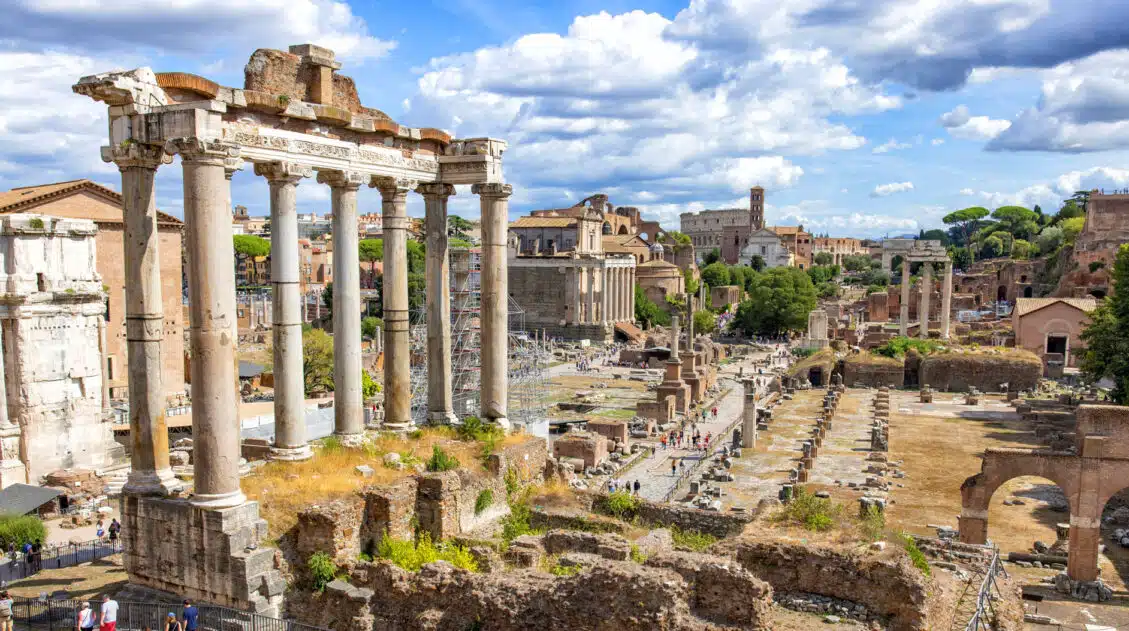
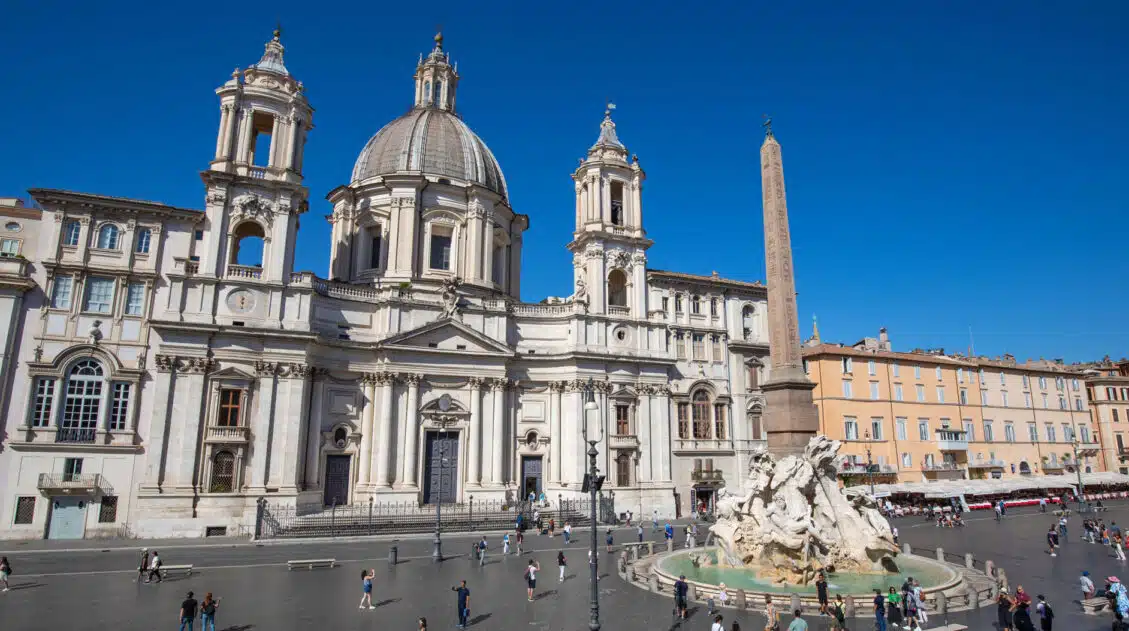
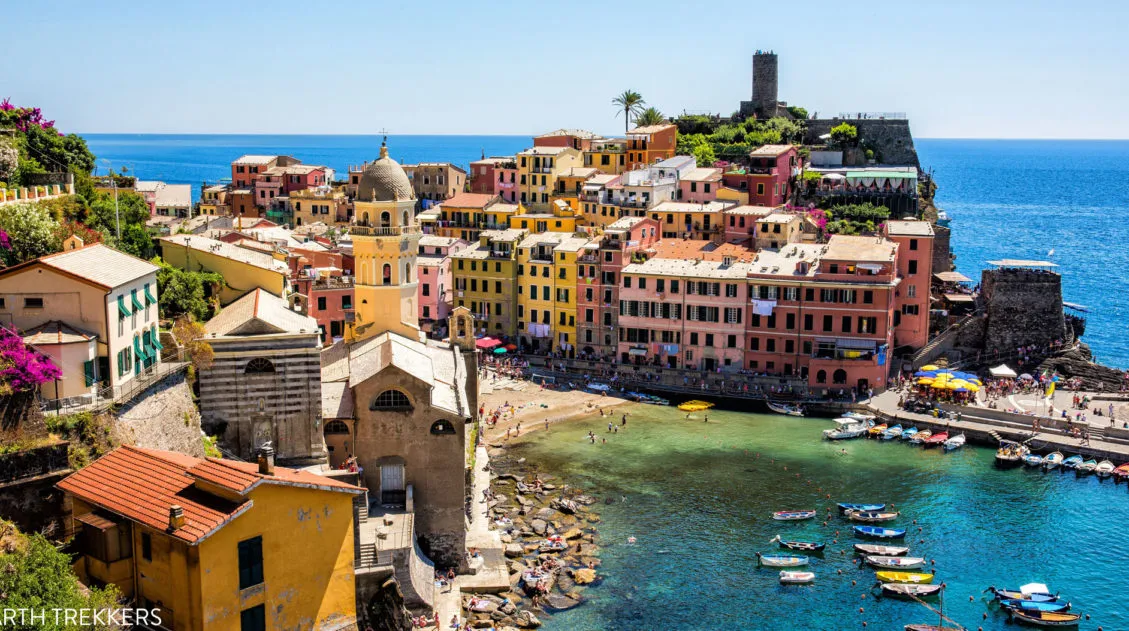
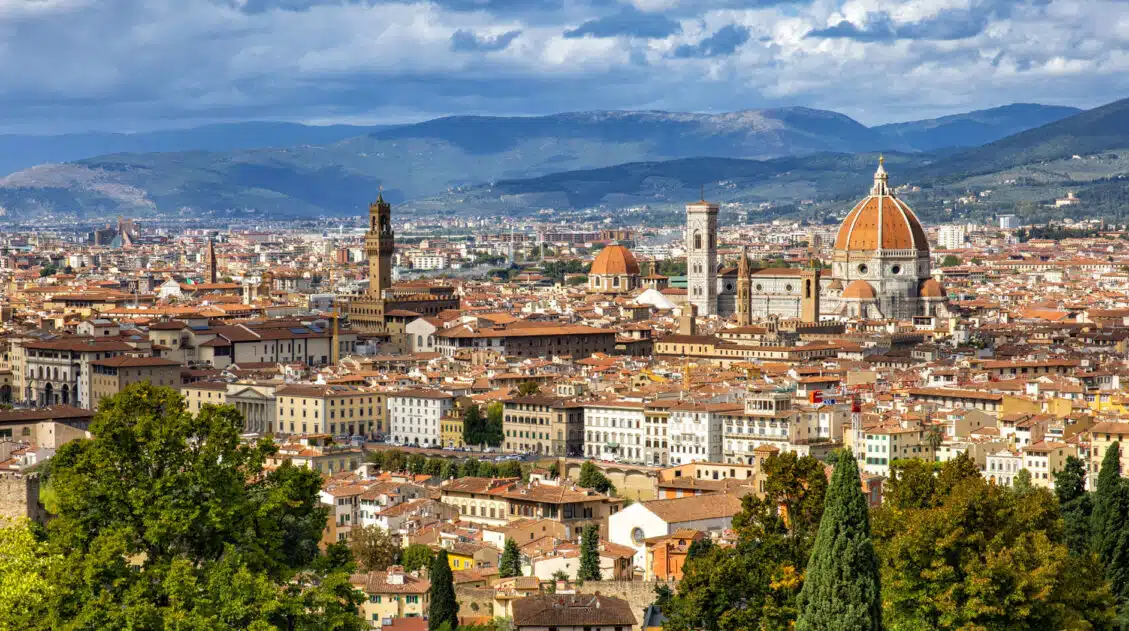
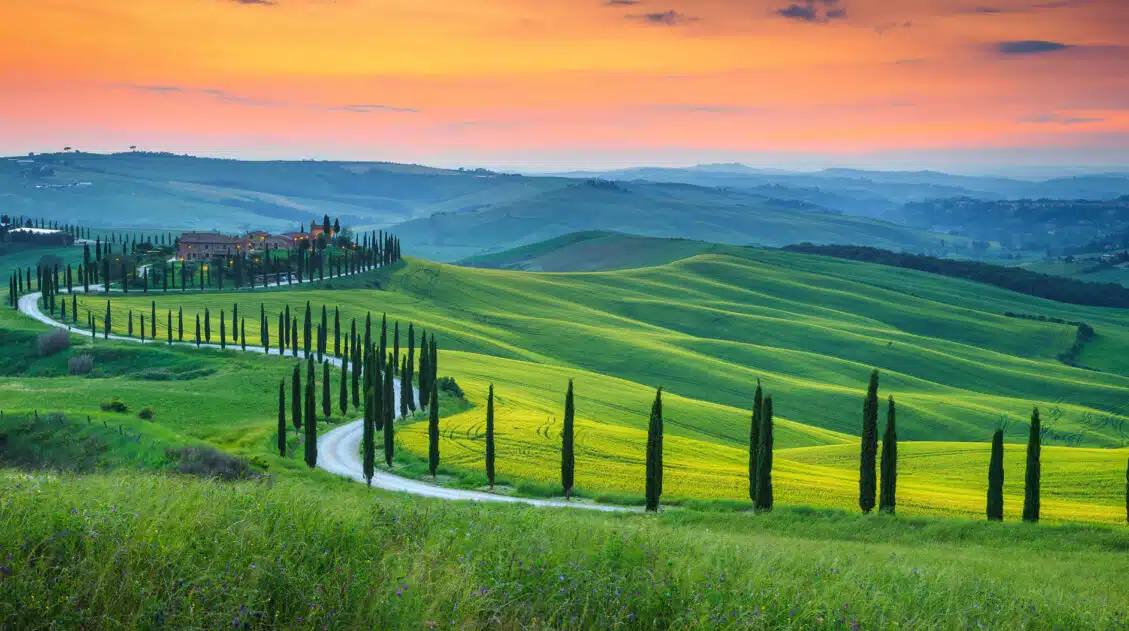
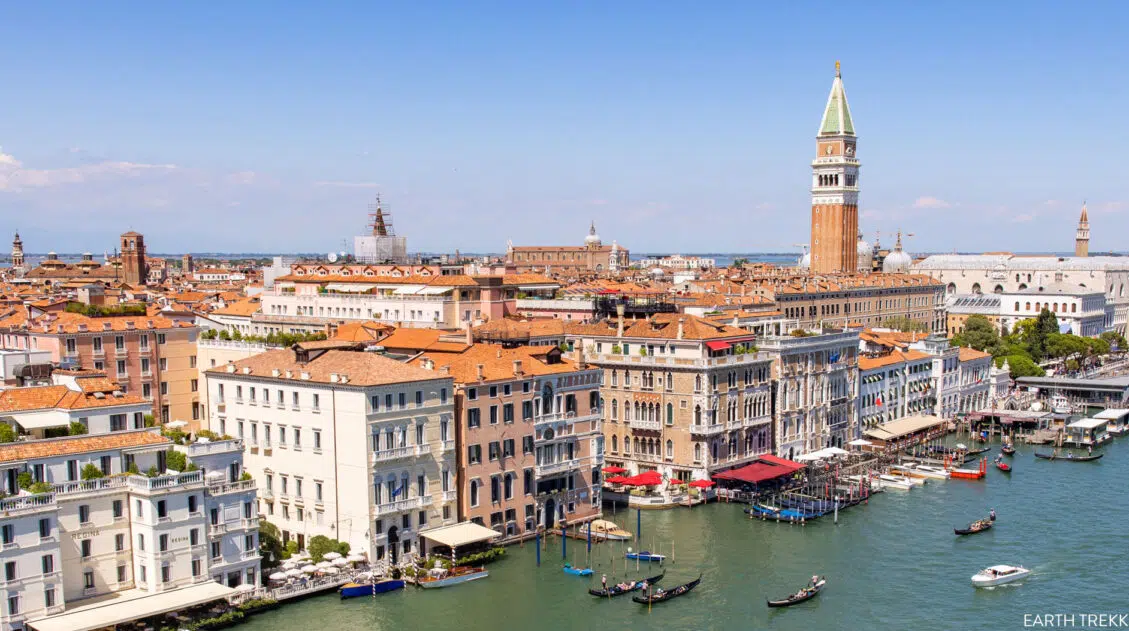
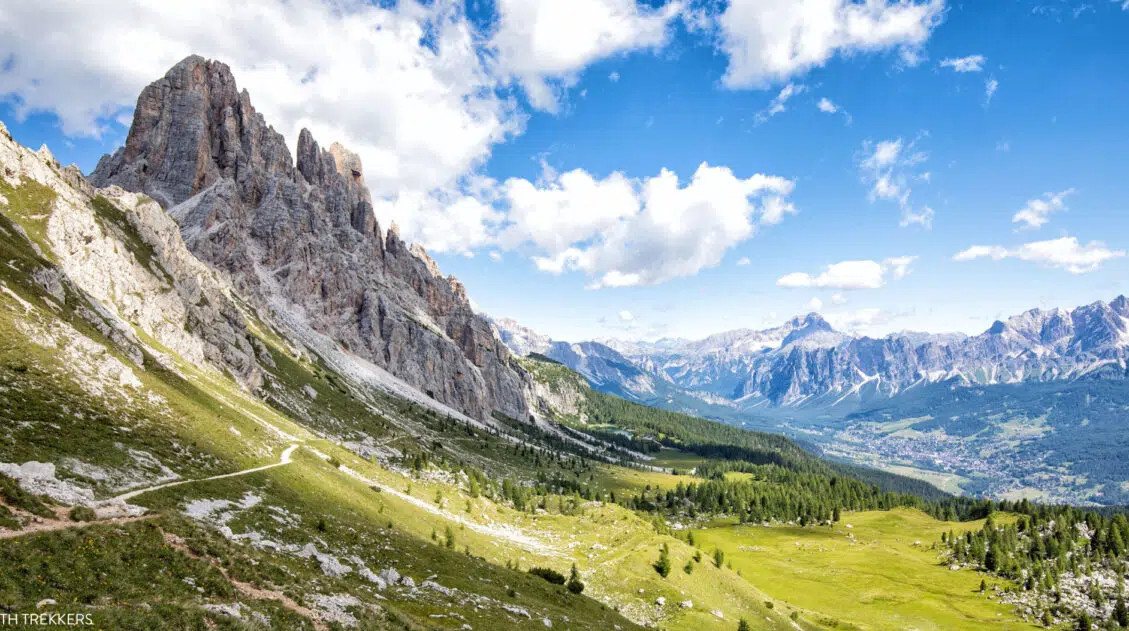
Comments 10